October 16 - 22, 2022: Issue 558
BUSHCARE IN THE ANGOPHORA RESERVE
By Geoff Searl OAM
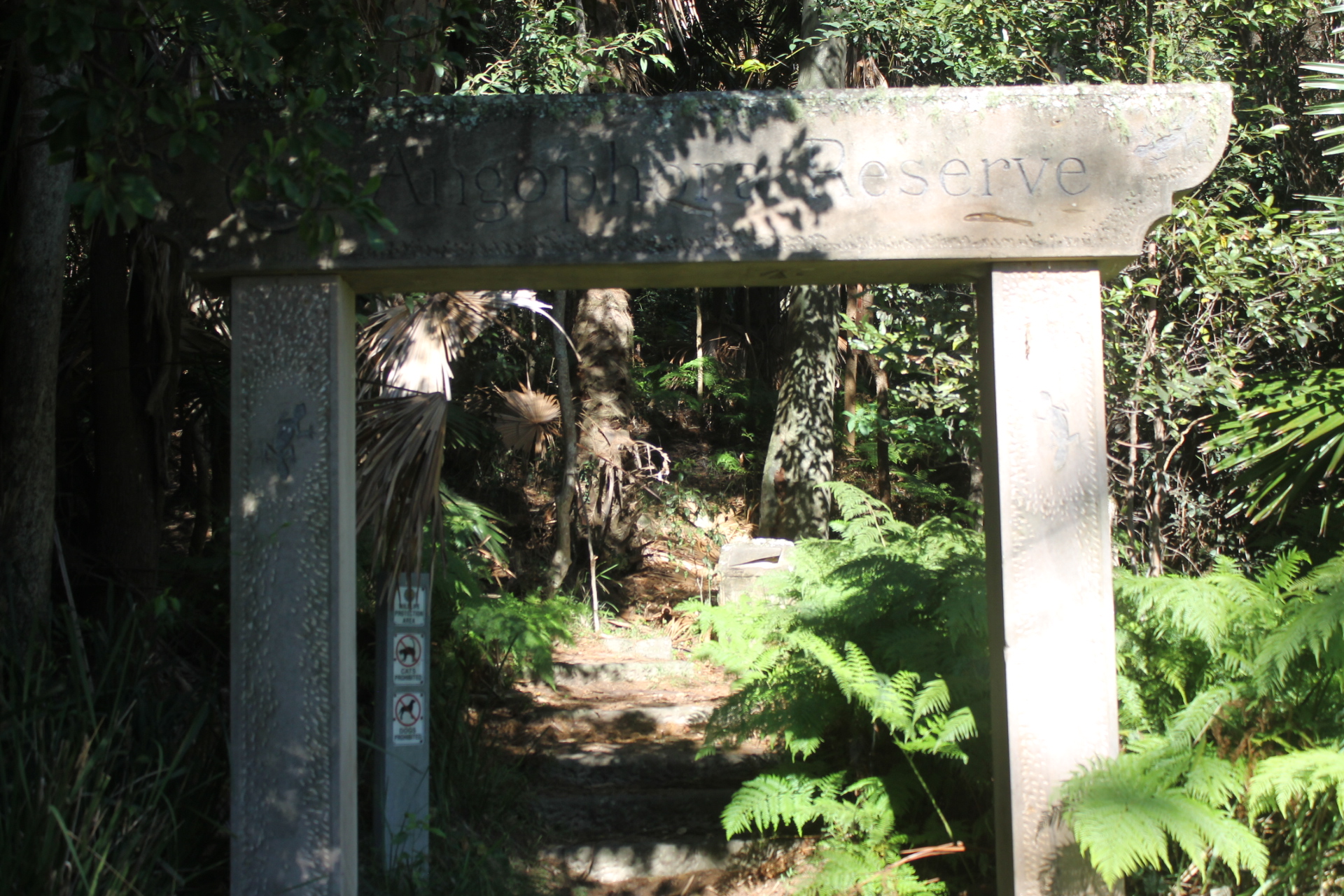
In 1962 the Wildlife Preservation Society pushed for the Angophora Reserve to be handed over to a Management Committee to be under the direct control of Warringah Shire Council.
This committee was to be known as the 530A Committee and was to oversee the preservation of the reserve so that passive bushwalking could take place in an area where native animals would have the freedom and security of their natural surroundings.
Initially a lot of work was done by voluntary workers – especially clearing lantana and bridging small watercourses. Other later work included the planting of waratahs and the construction of a small parking area at the Palmgrove Road entrance to the reserve.
Unfortunately the initial 530A Committee didn’t last long as members moved out of the area and some passed on.
However in 1968 the management committee was reactivated and together with the assistance of Pittwater Rotary and early local resident Bert Payne (of Payne’s Timber in Newport) a timber gateway at the Palmgrove Road entrance was constructed.
The Avalon Preservation Association (formed as the Avalon Preservation Trust in 1967) had one delegate on the new 530A committee but had many members active in the reserve planting grey gums (Eucalyptus punctata) the food tree for the koalas.
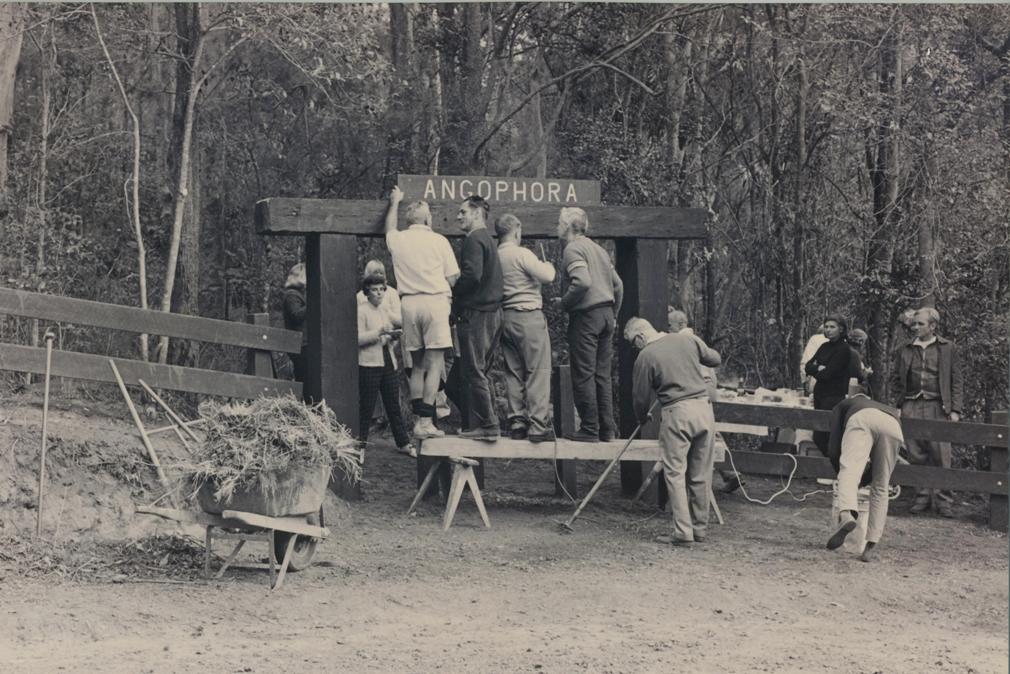
In 1976 a new 530A Committee was elected and this time with 5 members of the Avalon Preservation Trust (APT), 2 members of the Pittwater Flora and Fauna Society and 2 residents whose homes bordered the reserve. They endeavoured to get residents bordering the reserve to help reduce the invasive weeds especially by not throwing grass clippings over the common fences and where possible clearing the lantana and any non-native plants from the common boundaries.
The reserve is dominated by remnant forest and woodland vegetation communities especially the Spotted Gum Open Forest and the Cabbage Tree Palm stands. It contains the only known existing population around Sydney of the Elbow Orchid Arthrochilus prolixus and also provides significant examples of vegetation communities and fauna habitats that are under threat. The fauna of the reserve is rich in parrots and mammals, especially the long nosed bandicoot which has become scarce in a number of Sydney suburbs.
Only recently and on 3 separate occasions, a wallaby was spotted in the reserve, on 2 of those occasions by our bushcare workers.
The significance of all these features is the reason why, in 1989 after a 10 year campaign lead by Connie Adams, the reserve has been included on the Australian Heritage Commission’s Register of the National Estate.
Traditionally the reserve would have been drier in much earlier times, especially with the north-facing aspect but the impact of people has brought changes to the environment.
Residents have brought water to the area with housing, gutters and drains etc. along with pollutants which has loaded up gullies resulting in a rich growth of weeds over parts of the reserve.
Intermittent attempts to reduce the weed growth were made over the years but 18.5 hectares is a huge area to control, even with Pittwater’s bush regeneration contractors. So in 2010 I contacted Ben Coddington, one of the Bushcare Officers in the environmentally-aware Pittwater Council with a view to forming a bushcare group. He conferred with Karin Nippard and together (and with their keenness) the group got underway in August 2010 with our first work-day in from the Wandeen Road entrance.
Our group meets on the 3rd Sunday of each month and work from one of the 4 entrances to the reserve. Although Bilwara Avenue entrance doesn’t access the main track, what happens up there is often the precursor for further down into the reserve, especially via the watercourses which carry the weeds down into the reserve. The main track is accessed either by the Palmgrove Road entrance or Wandeen Road from the top.
The other entrance is from the cul-de-sac end of Chisholm Avenue, the northern extremity of the reserve which also links up with the main track near the Wandeen Road entrance.
We start at 8.30am and finish around 11.30am depending on the weather. Morning tea happens sometime around 10.30am and usually makes the effort well worthwhile.
Some mornings we have even been welcomed and treated to the stunning calls of the Australian Golden Whistler!
On top of all this is the knowing that you are helping to conserve one of the very special bushland reserves in our area.
Tool belts are provided and new members are shown what tool to use for which weed and which ones must be treated using chemical intervention. There are some rather unpleasant ‘imposters’ which mimic the true native they copy and our supervisor spends time with the new members to point out the difference. Hazard Reduction Burns have been used but are only used under very tight conditions and we usually come along afterwards and ‘clean up’ any residual weeds around the burnt area. Of course they are carried out by contractors.
Especially at the Bilwara Avenue entrance there is a large area of infestation of the ‘mother of millions’ (Bryophyllum delagoense), which are usually picked out by hand and disposed of. Some of them are very small and as the name implies, proliferate in huge amounts.
We have been delighted to have had the support on 3 occasions of students working on the Duke of Edinburgh Scheme – a win-win situation for all!
Sadly we lost what has been labelled the largest Angophora costata in Australia and the reason why A. J. Small helped establish the reserve in the first place, constructing fences around the entrance to the reserve and encouraging new residents to respect the area.
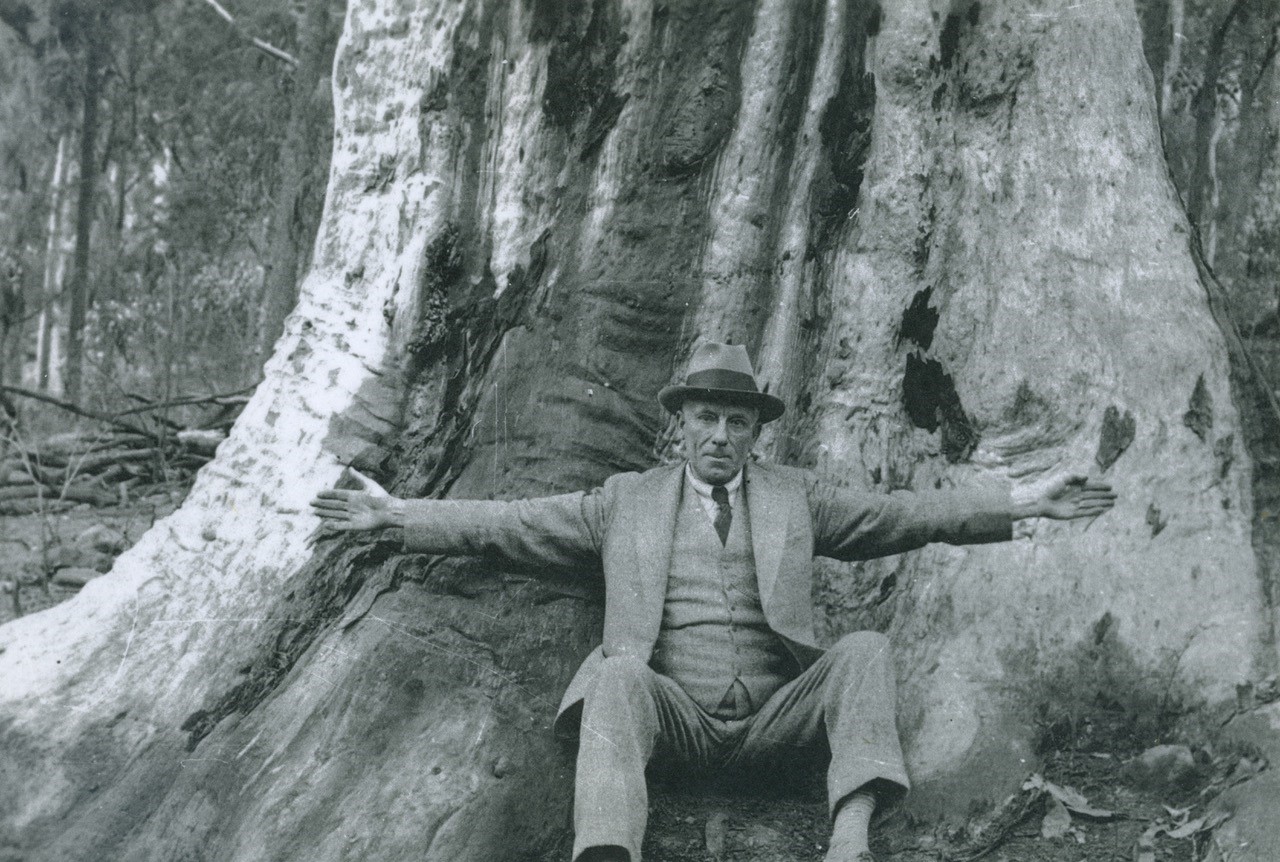
Arthur Jabez Small and the Old Girl, pre-1954 - photo ABHS, Geoff Searl OAM
The environment of the reserve is so unique and specialised the tree may have been the largest in the world. In the 1990s Arborist Judy Fakes claimed that the tree had simply reached advanced senescence and there was nothing anybody could do to save her. However she encouraged us all including councils to ‘maintain sympathetic management practices within the reserve to allow younger specimens of Angophora costata to reach similar dimensions’.
The plaque just beyond the Palmgrove Road entrance commemorates the incredible dedication by local Connie Adams to the environment of the area. She was very much involved in the formation of the Avalon Preservation Trust and the original 530A committee to oversee the reserve. She also was responsible for the documentation submitted to government to secure the listing of the reserve on the National Estate.
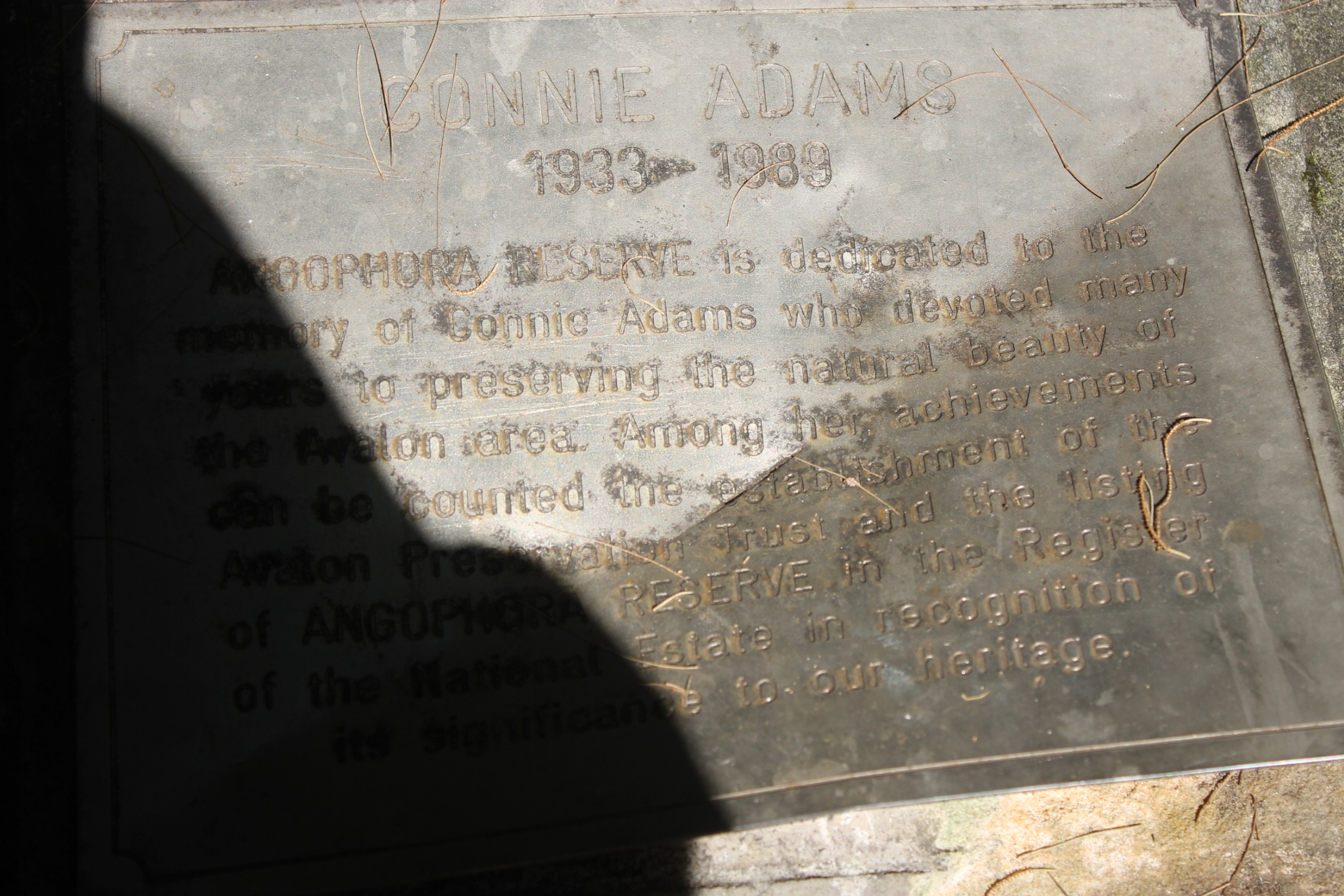
Grand Old Tree Of Angophora Reserve Falls Back To The Earth
Geoff said; ''it was noticed yesterday (Friday August 5th, 2022) that the 450 years old Angophora costata has decided it ’s too tiresome to stand up any longer, so she fell over probably with the assistances of the strong westerlies we’ve had lately.
I know you’ve got some pics of her when she was young and beautiful but here are a couple of pics of her yesterday.
She was really hard to shoot because of her massiveness.
R.I.P.''
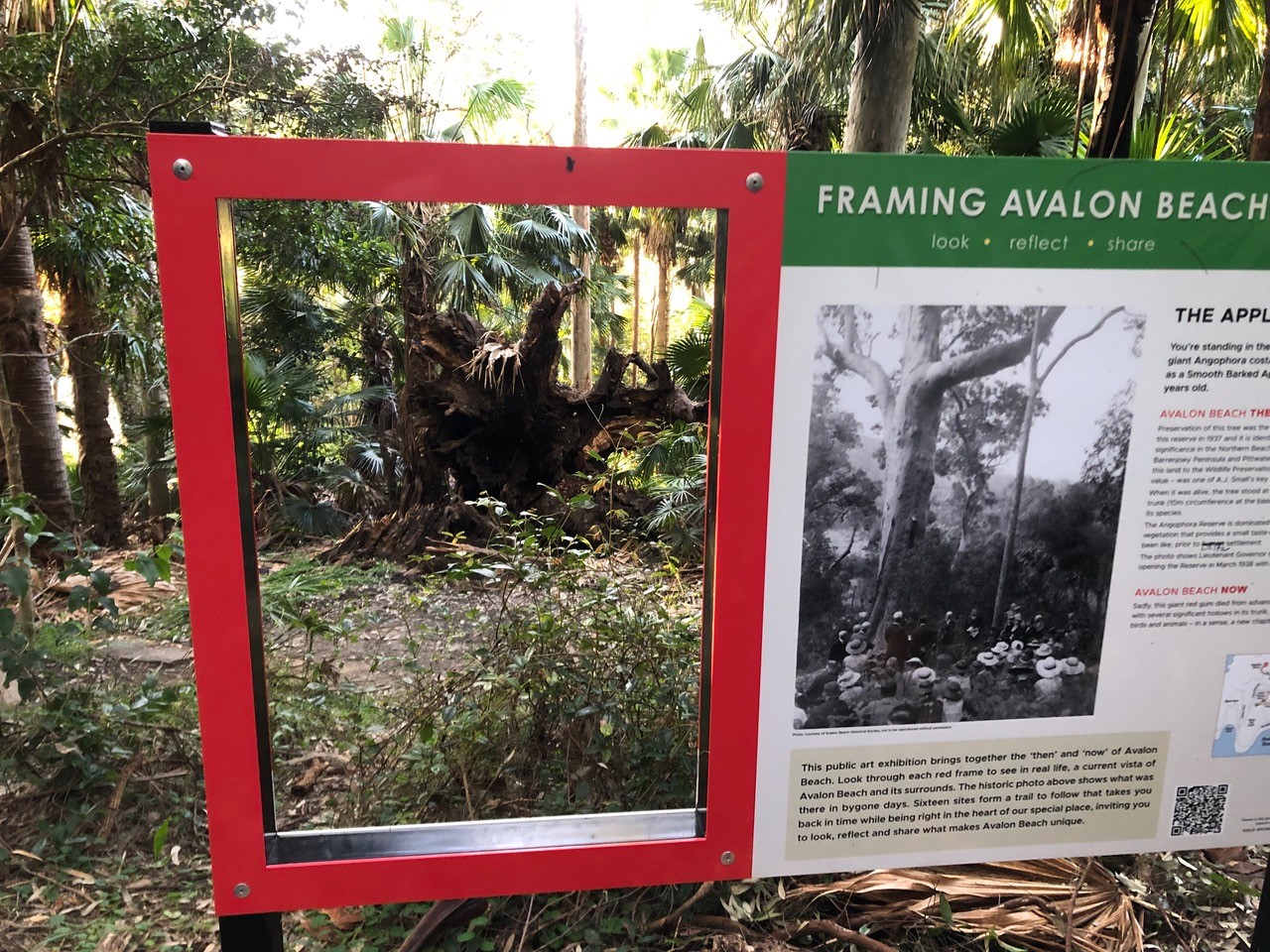
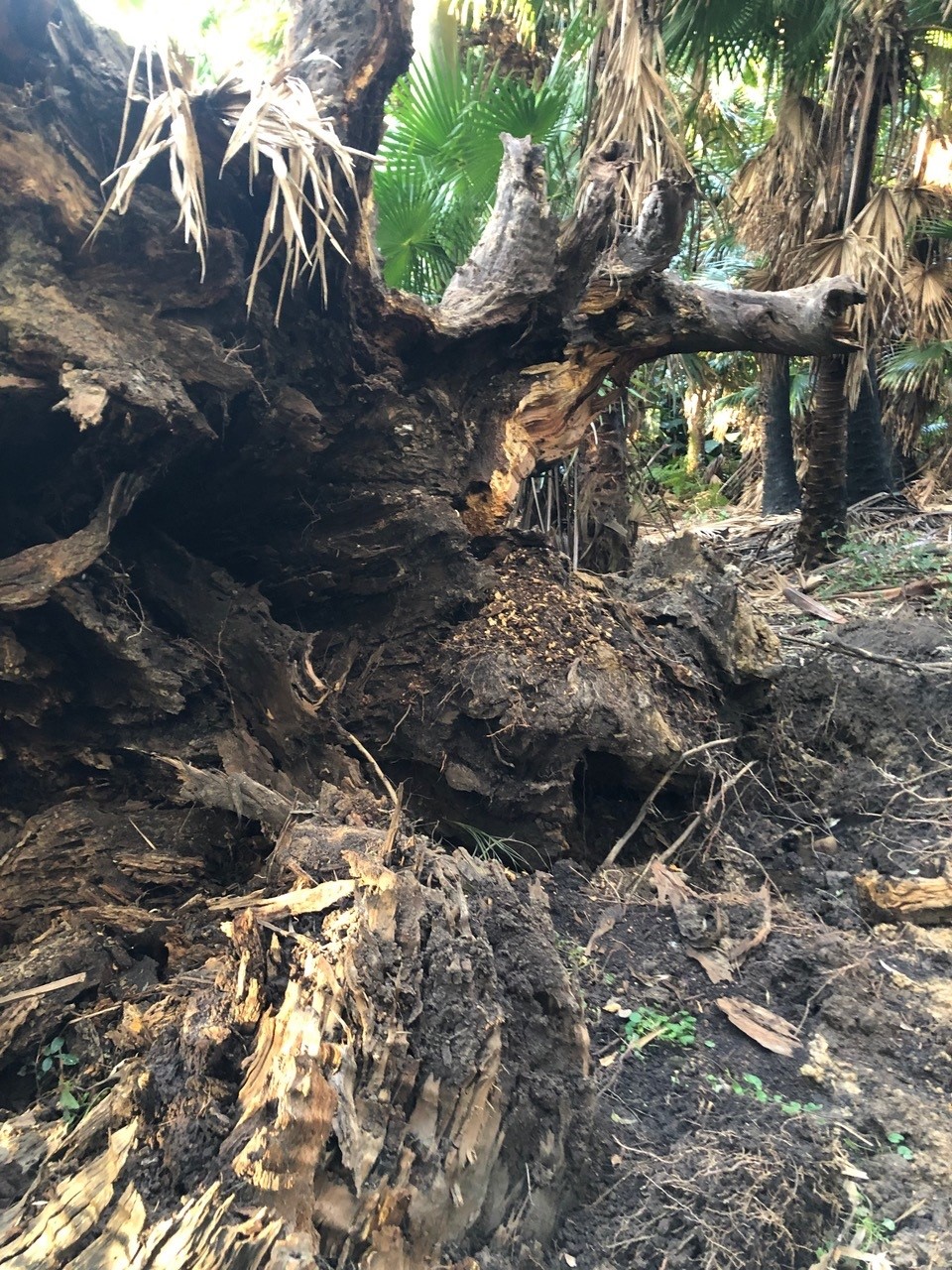
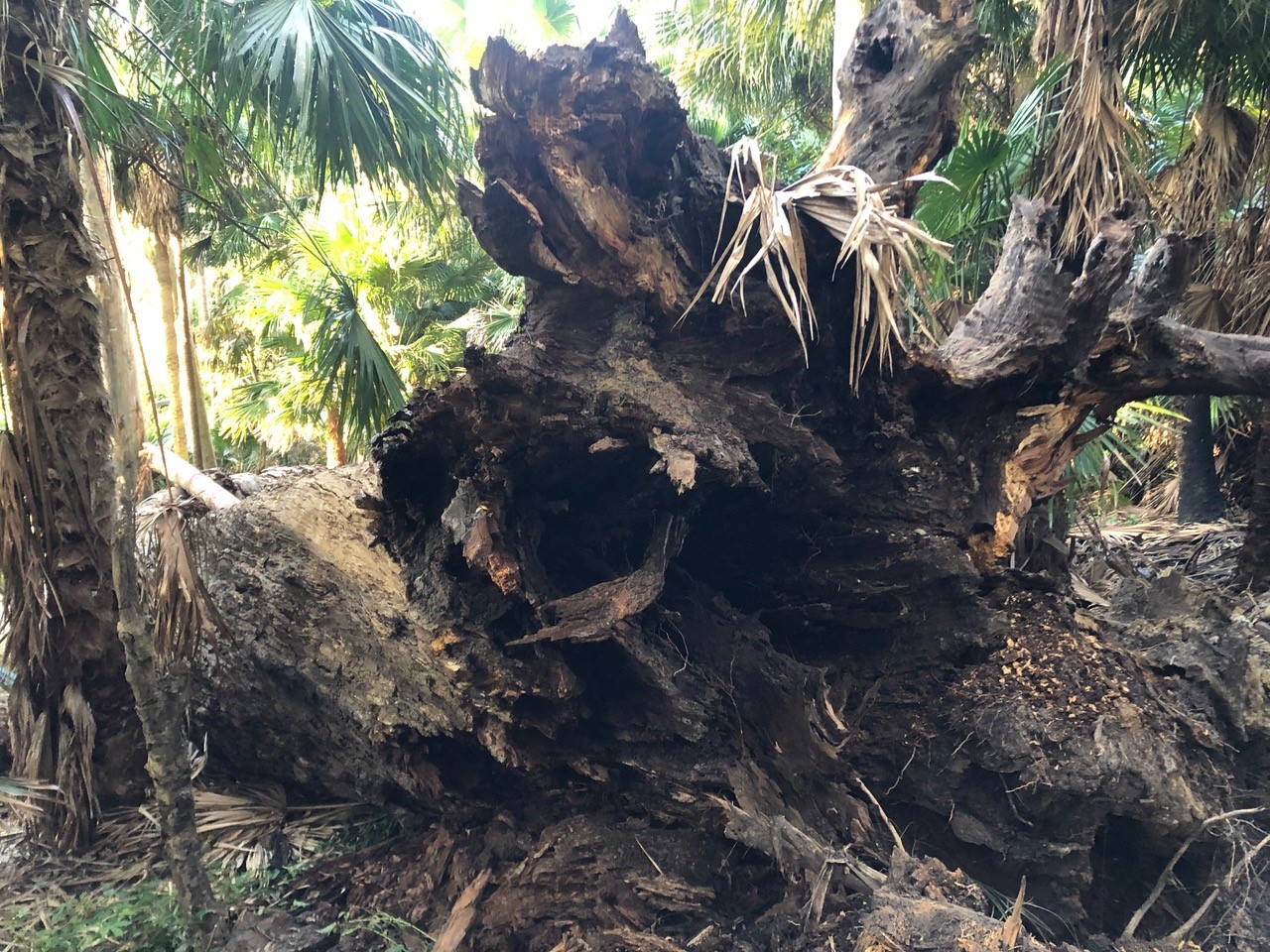
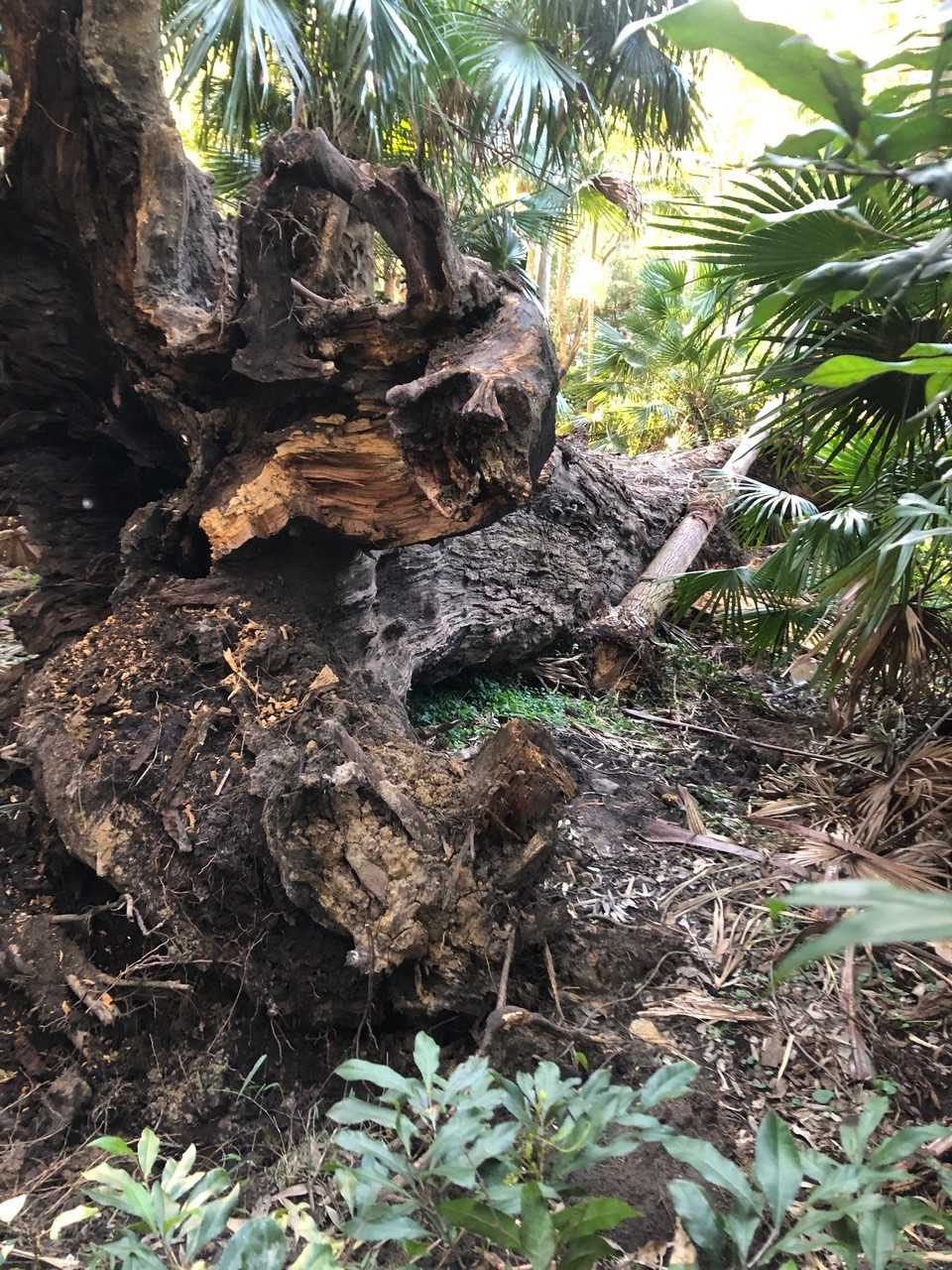
Geoff provides: ''This photo shows the official opening of the Angophora Reserve on March 19th, 1938 by Sir Phillip Street (KCMG). Much of the groundwork to enable the purchase of the land by the Wildlife Preservation Society in 1937 was done by Thistle Harris. The reserve cost the Society £364 19 shillings and 7 pence (which converts to around 730 dollars!).'' - photo courtesy ABHS

Arthur Jabez Small and the Old Girl, pre-1954 - photo courtesy ABHS - Geoff Searl OAM
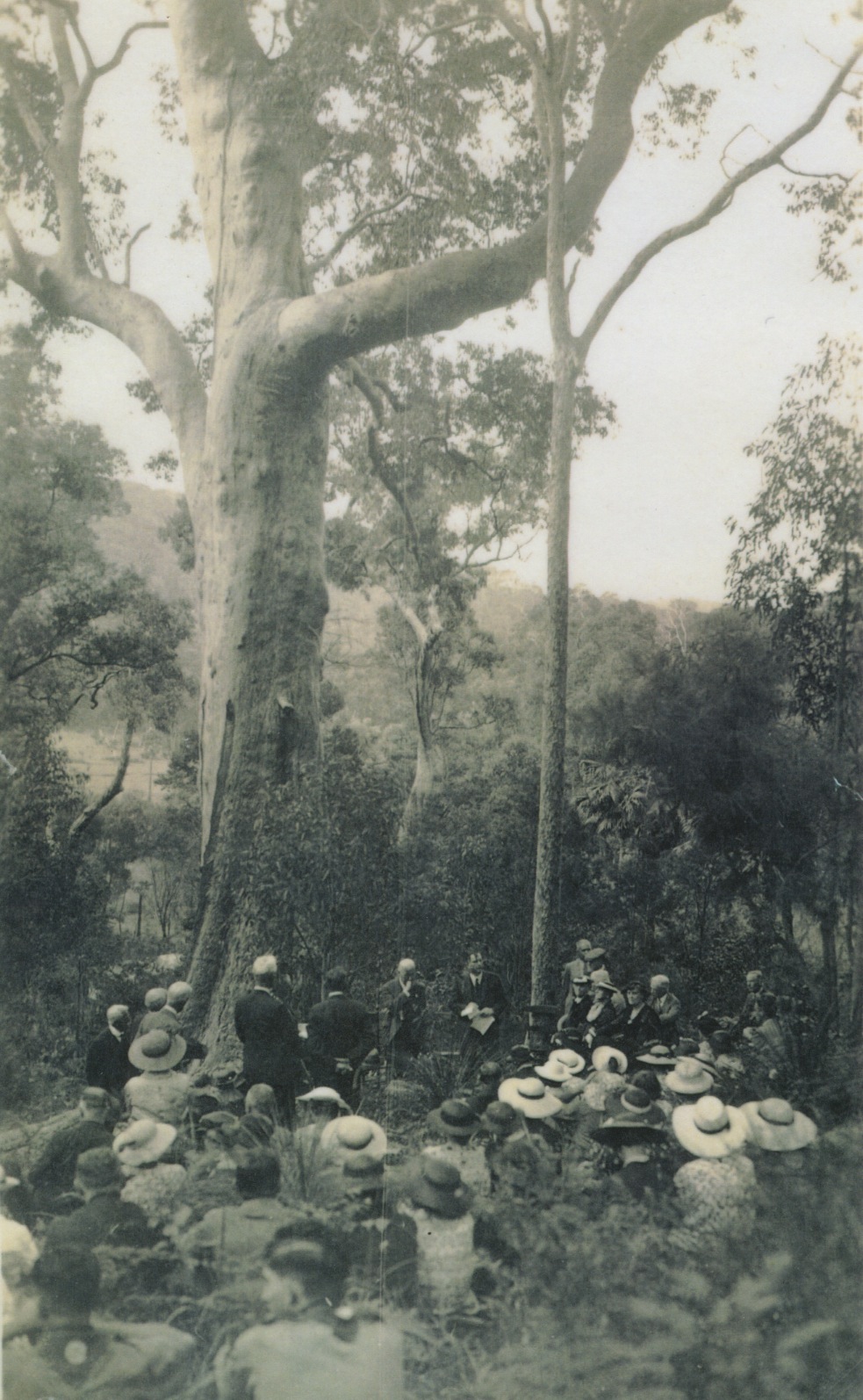
When the bush reserve was purchased in 1937 W.G. Kett, W.G. Stead and T.Y Harris were appointed trustees.
The NSW HRLV provides under Volume 4828, Folio 108:
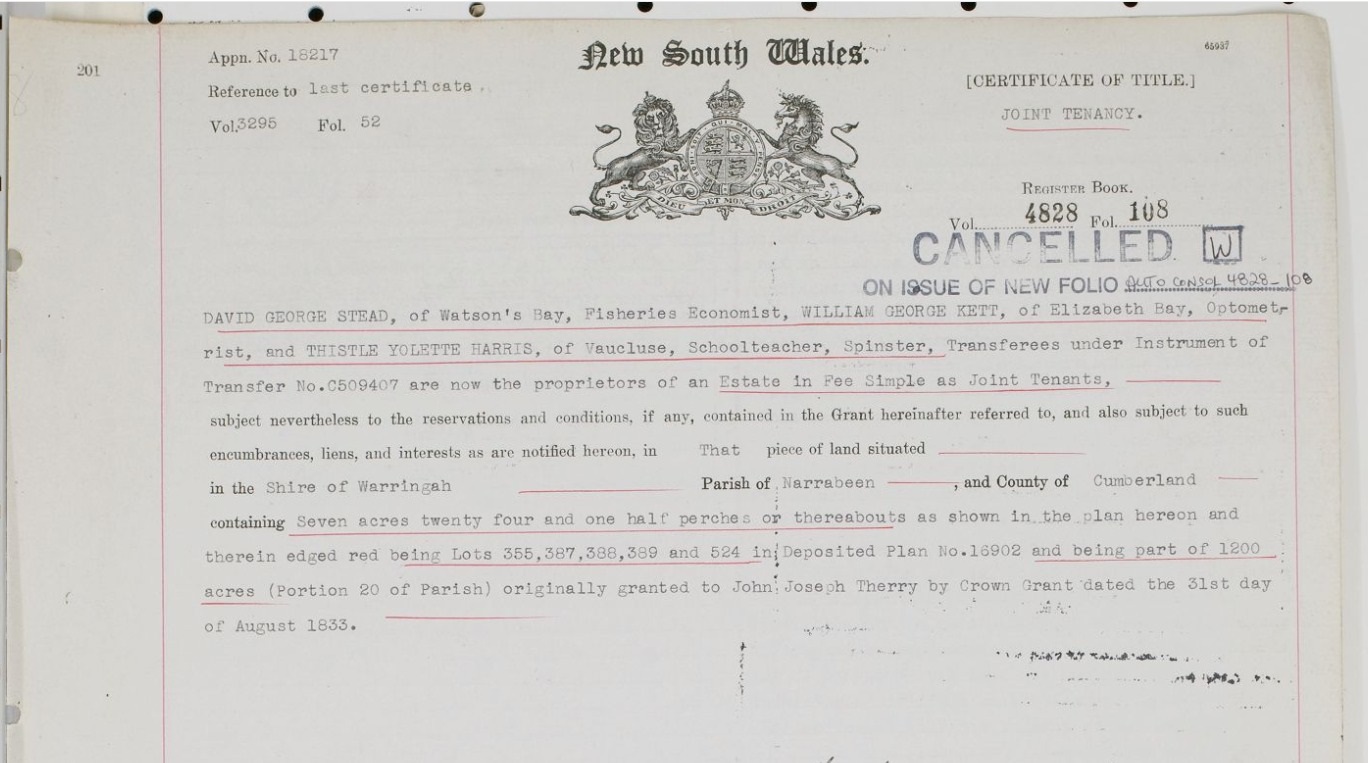
%20Vol%20Fol%204828-108.png?timestamp=1659822451523)
%20Vol%20Fol%204828-108.jpg?timestamp=1659822727993)
%20Vol%20Fol%204828-108.jpg?timestamp=1659822927794)
%20Vol%20Fol%204828-108.jpg?timestamp=1659822952409)
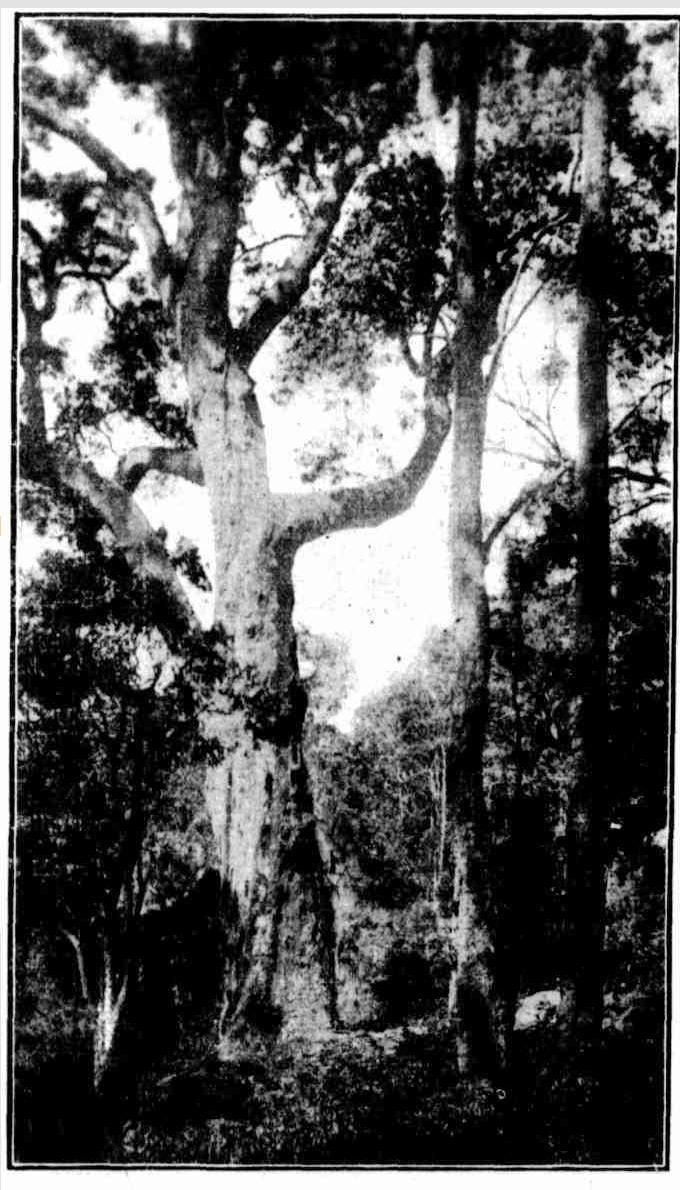
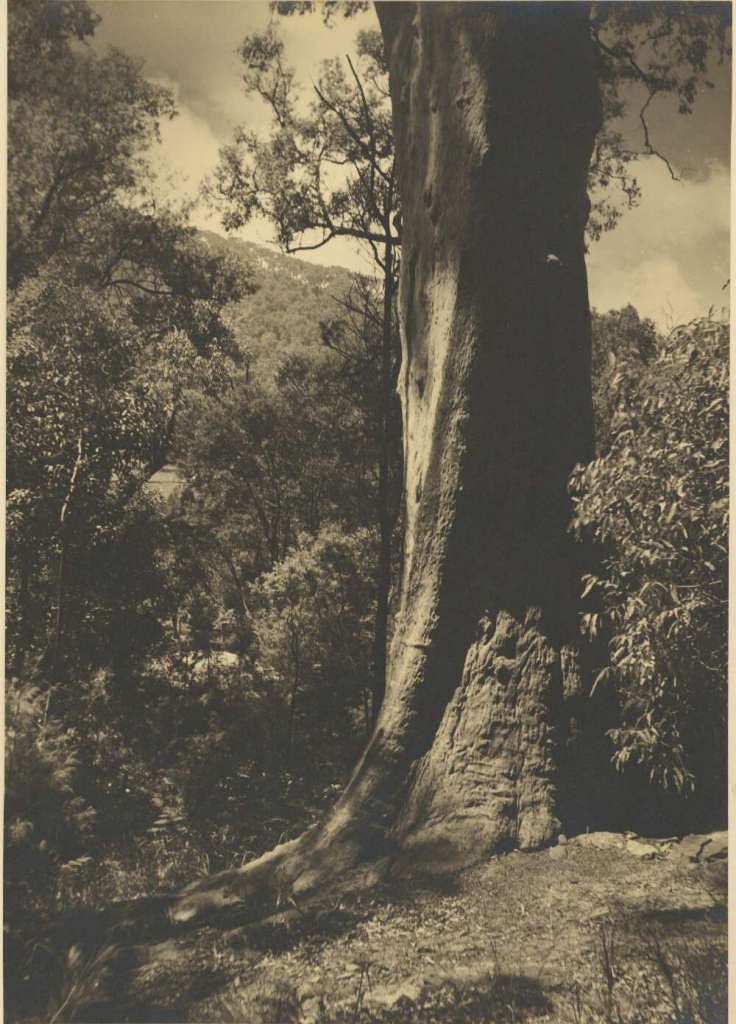
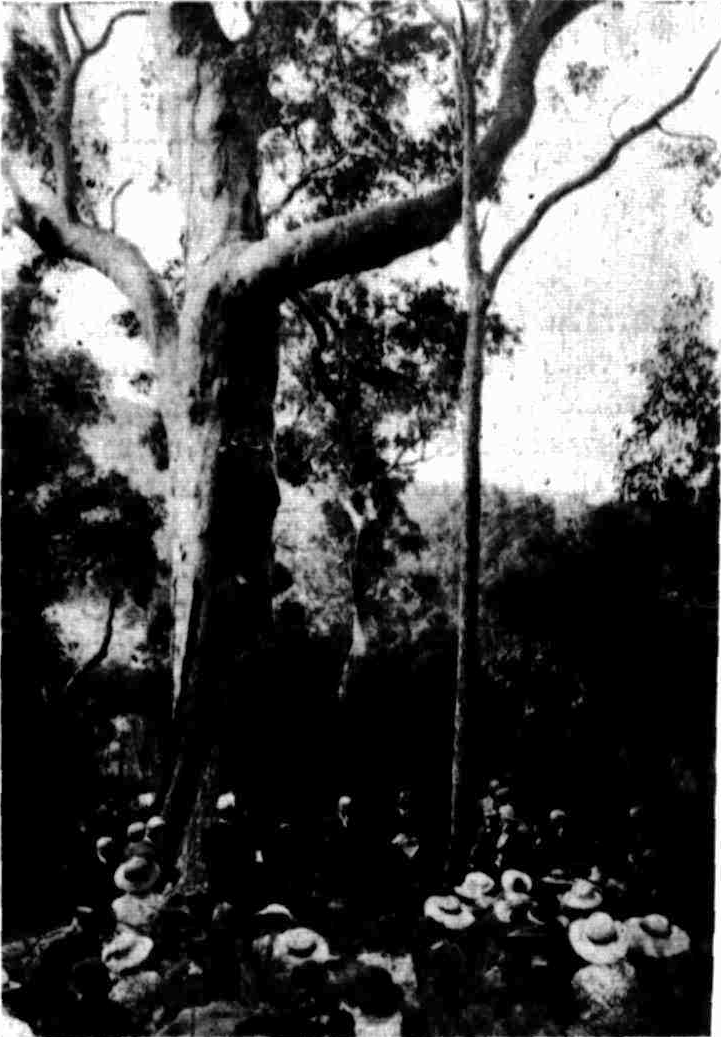

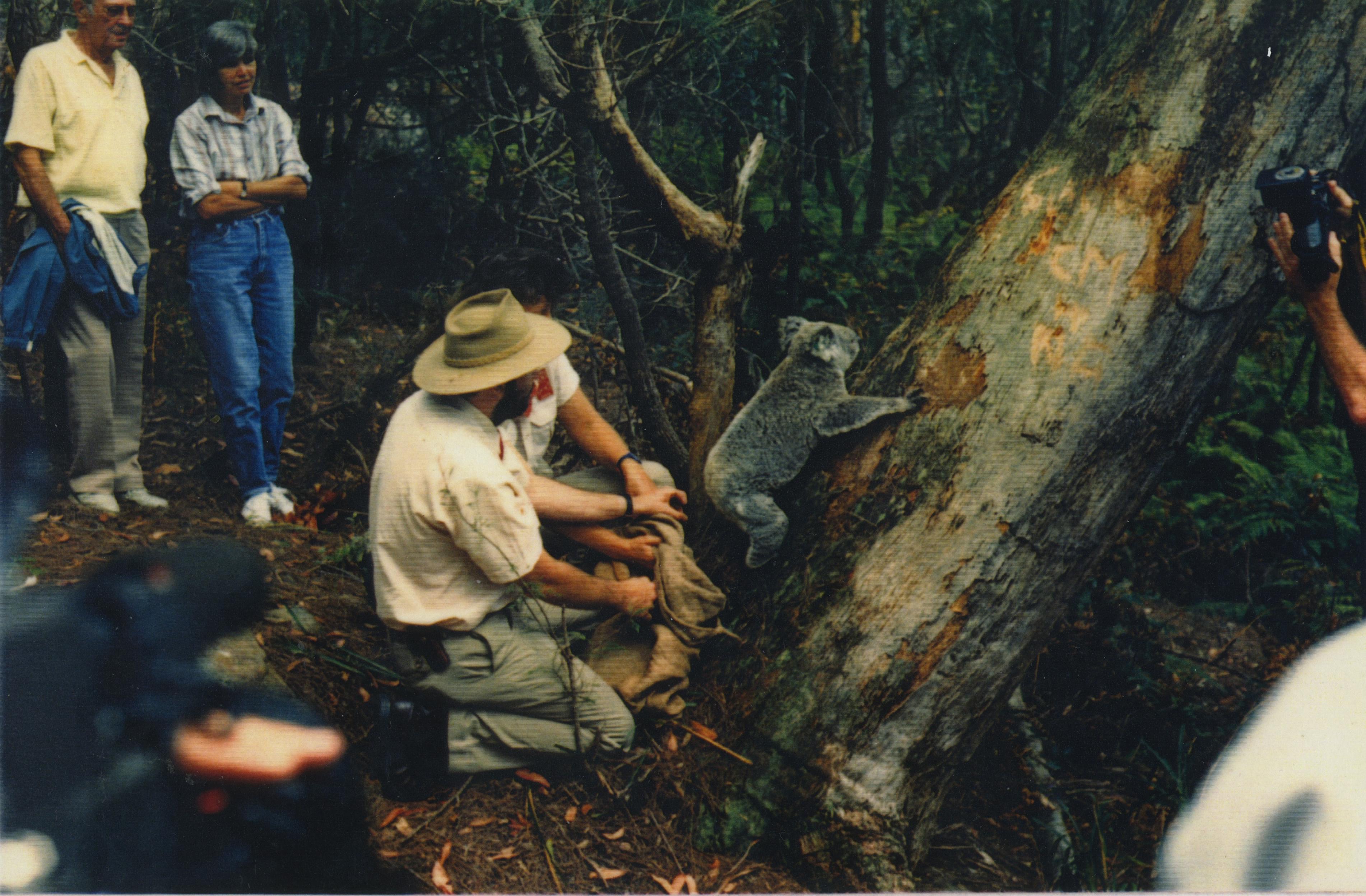
The release of an 8 years old female back into Angophora Reserve after she had been bombarded by magpies. Taronga Zoo picked her up and nursed her back to health before the release on November 5th, 1989. Doug Bladen and Marita Macrae are in the background representing the Avalon Preservation Trust (now APA). Photo by Geoff Searl OAM
Geoff at Angophora Reserve - January, 2019


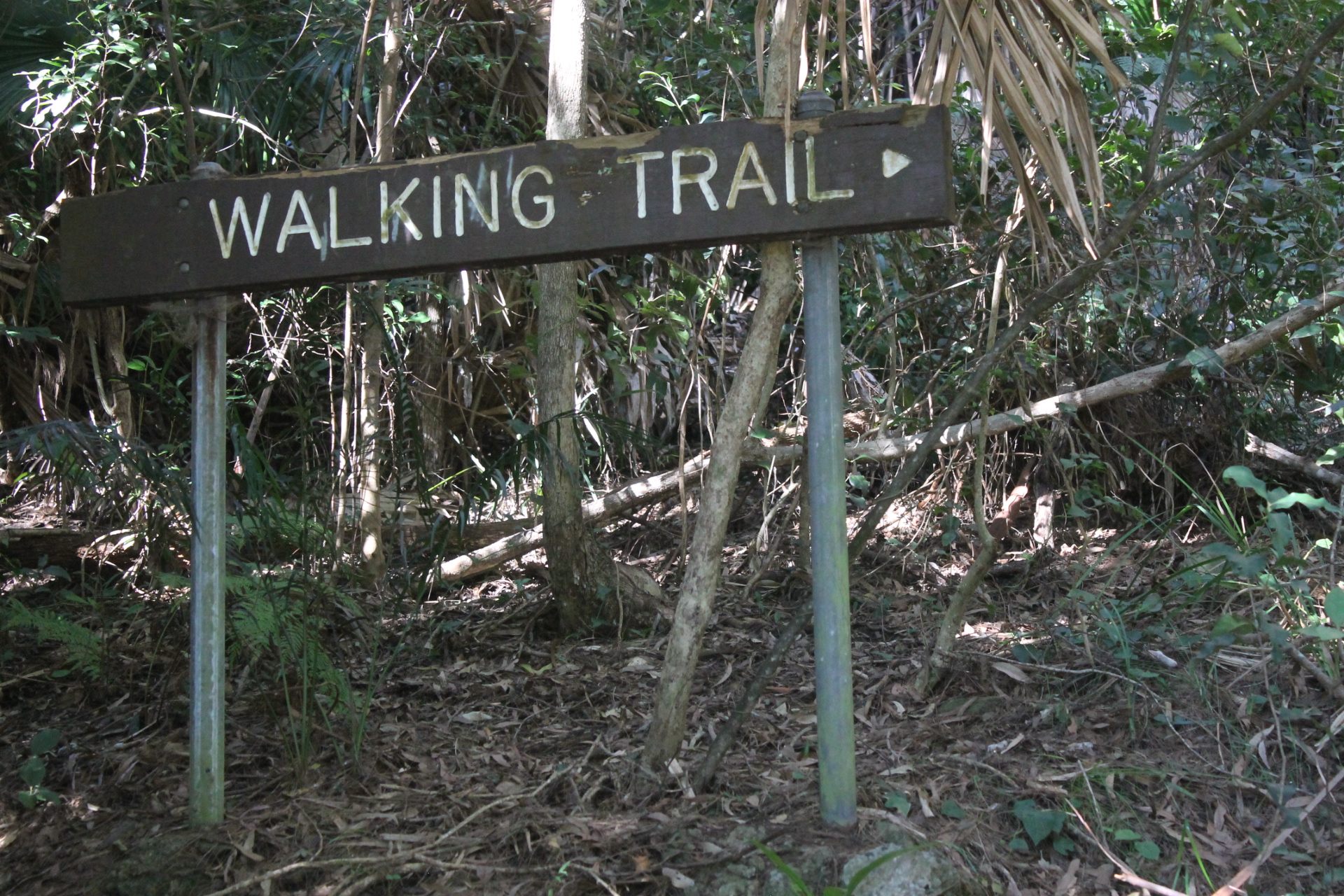
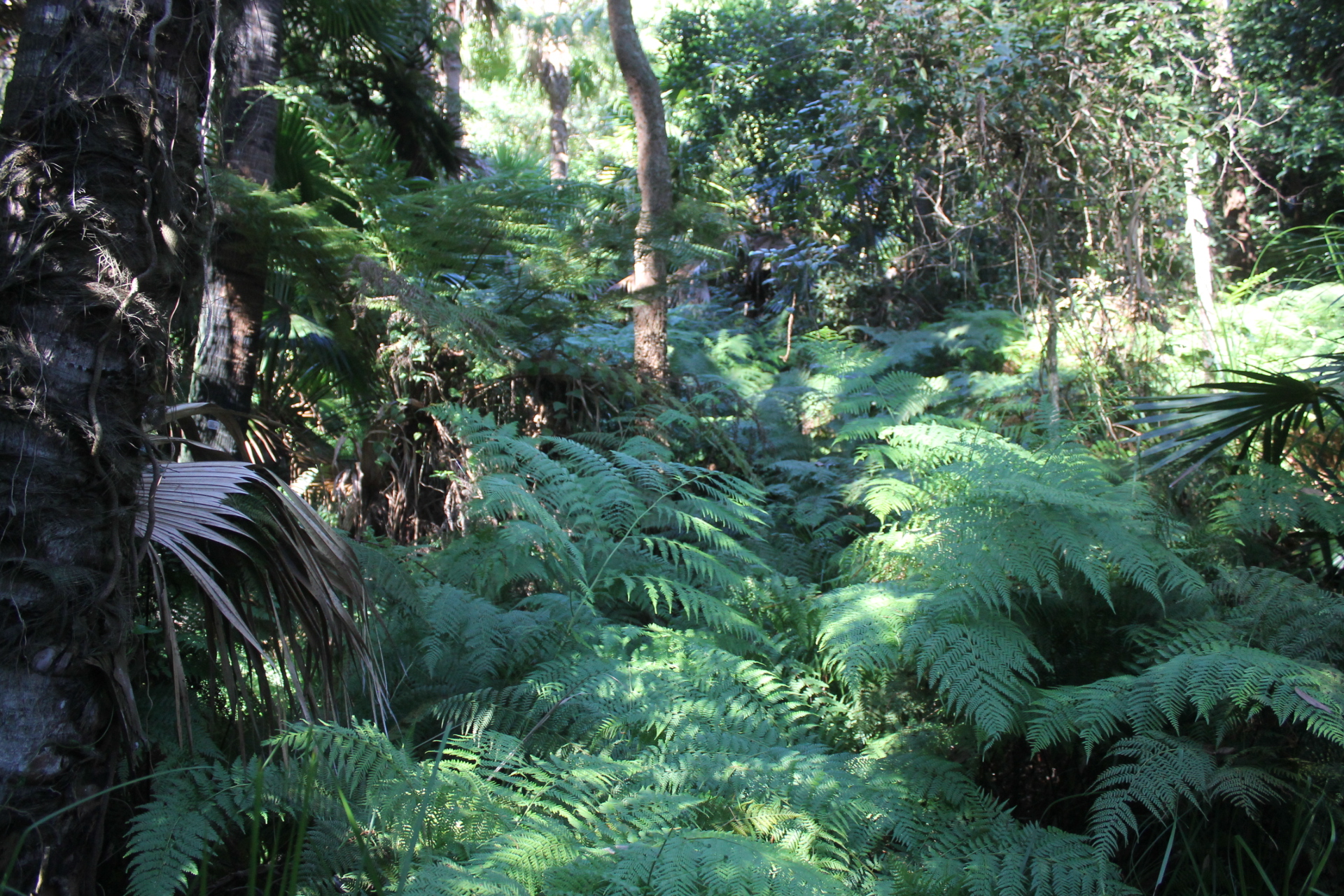
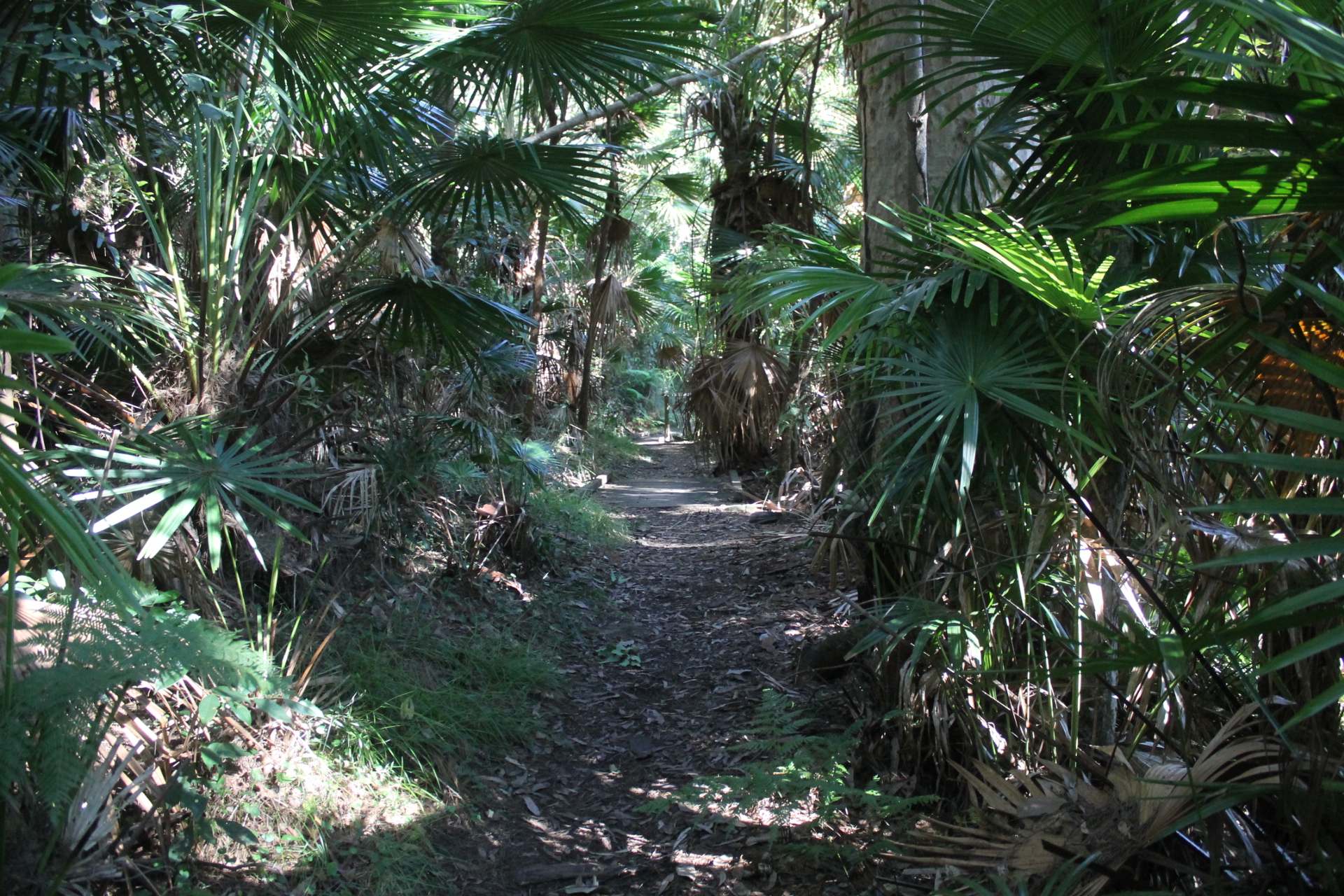
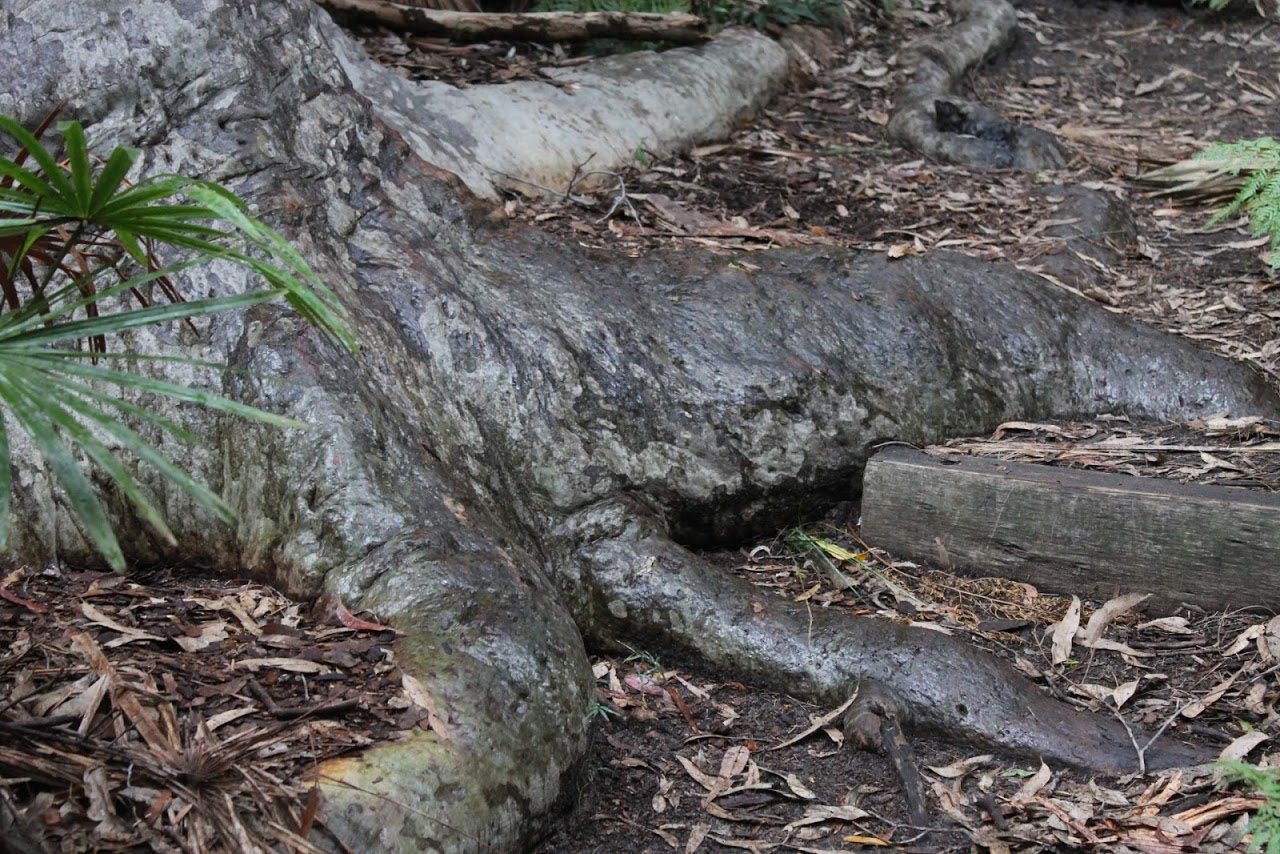
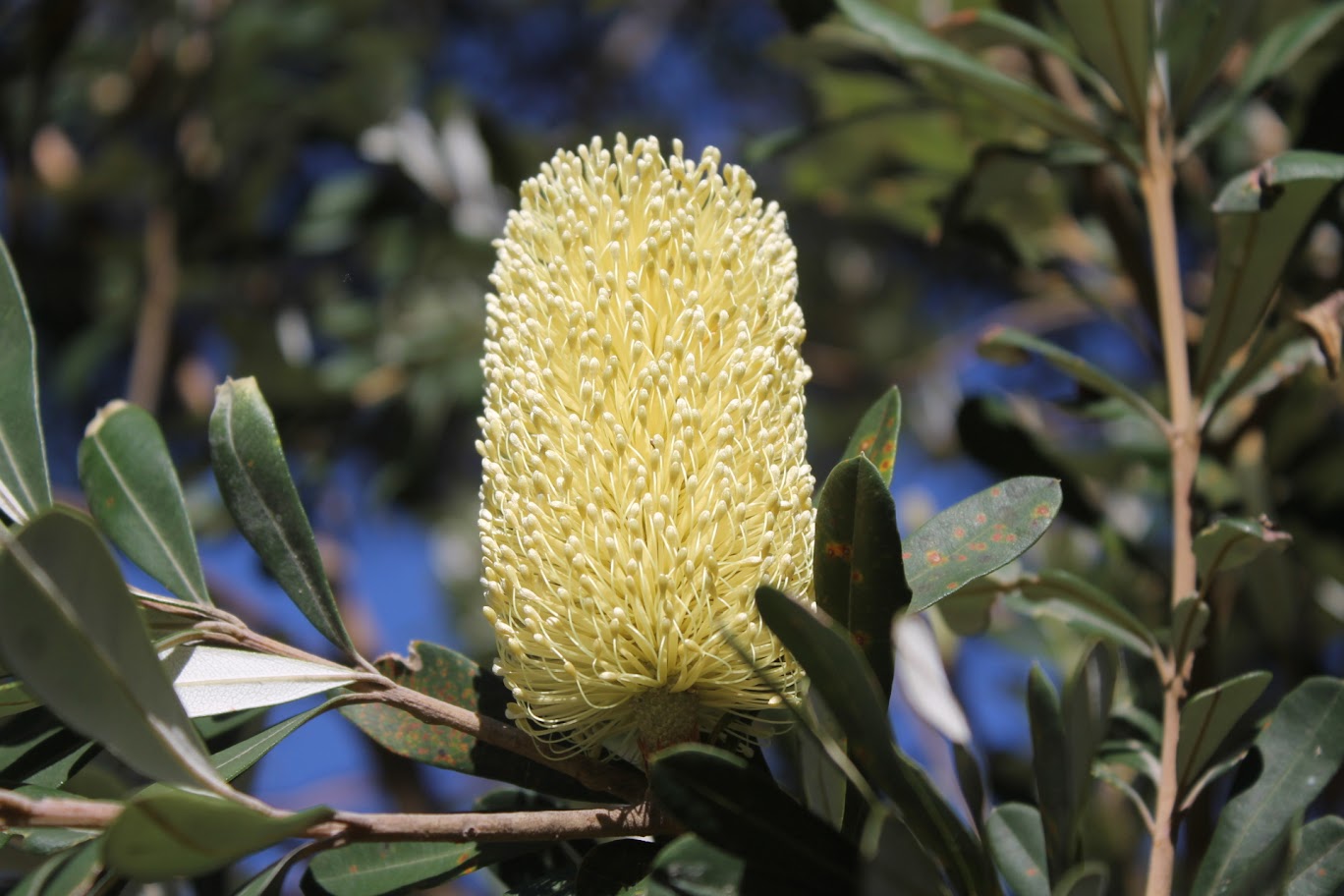
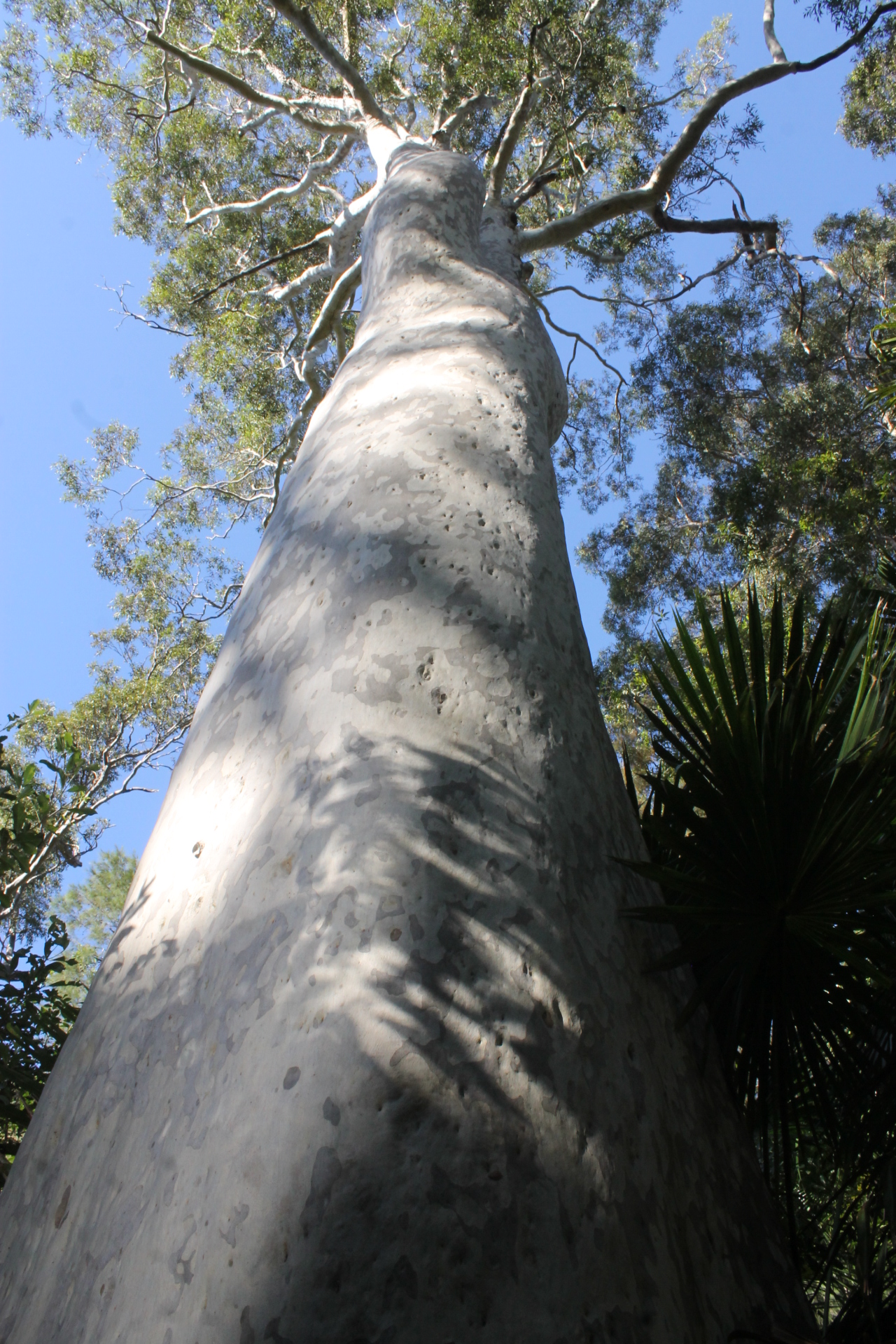
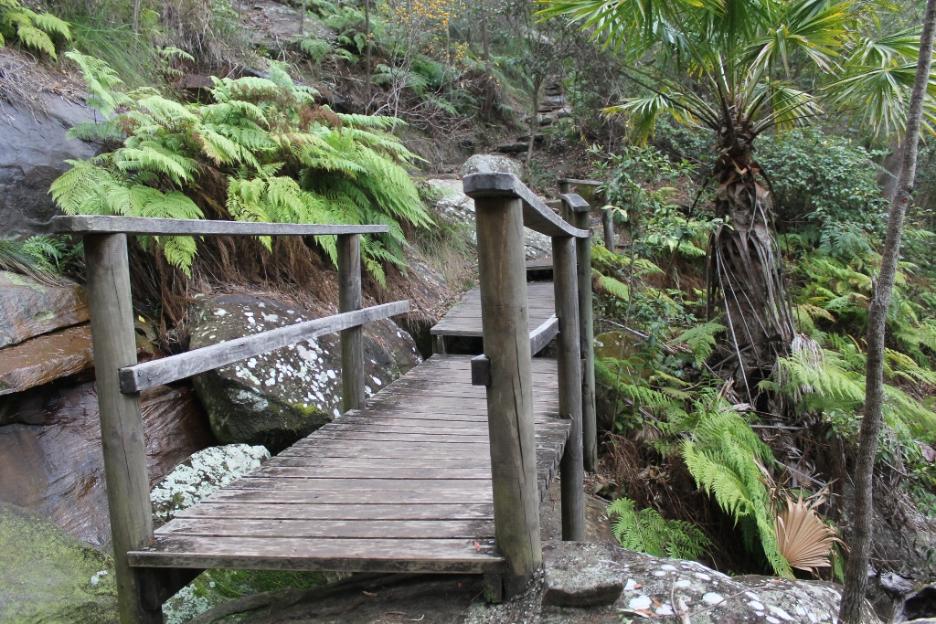
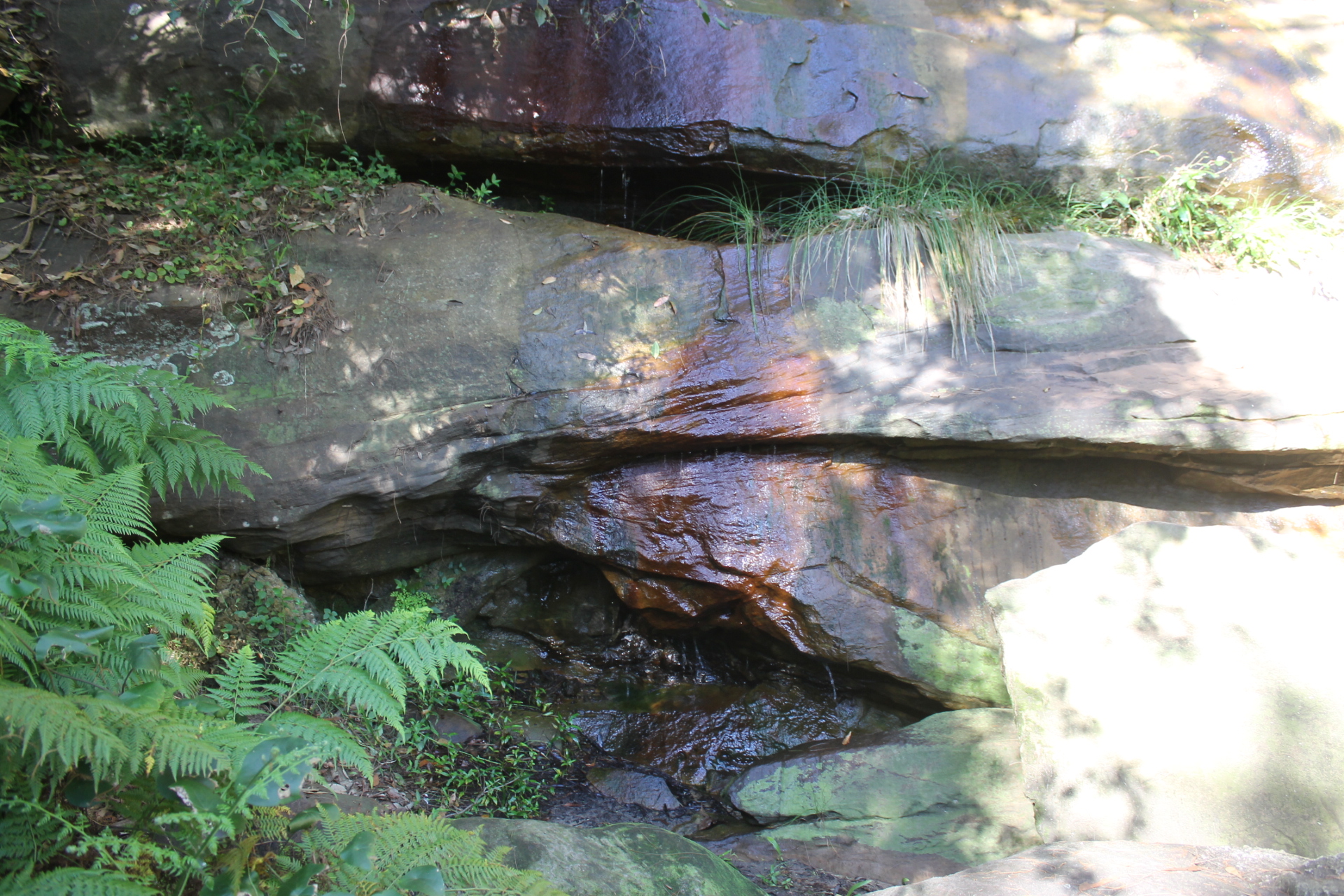
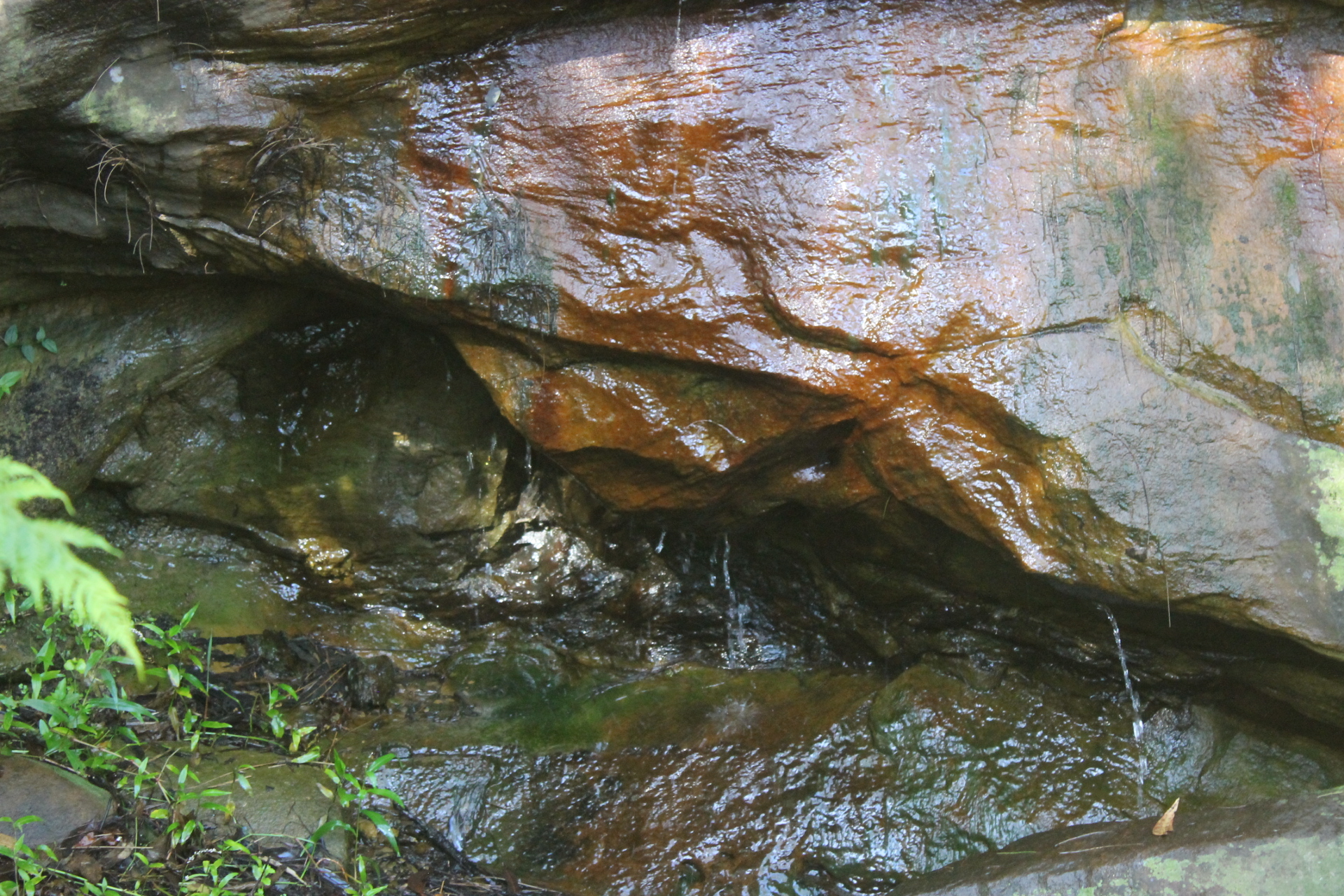
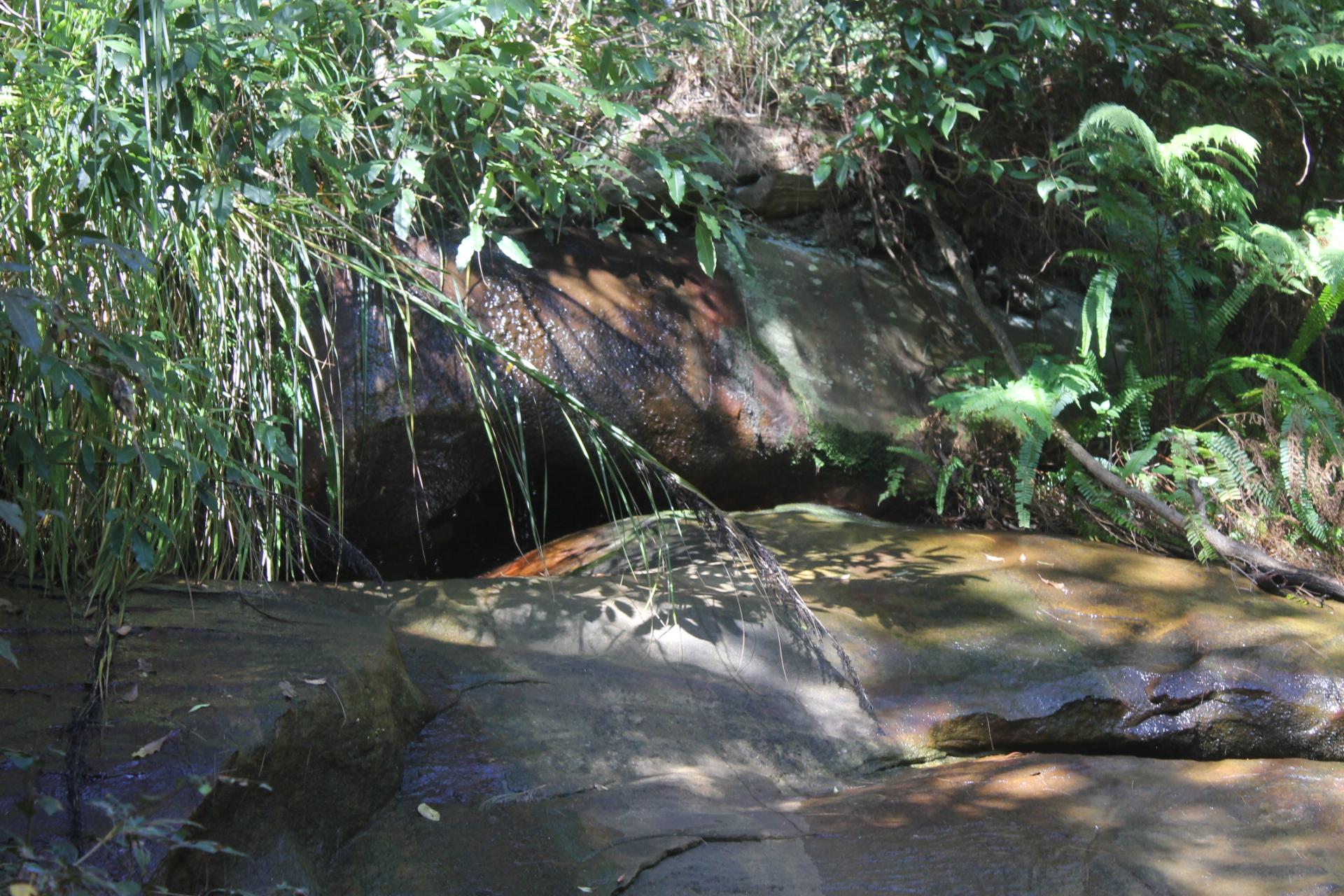
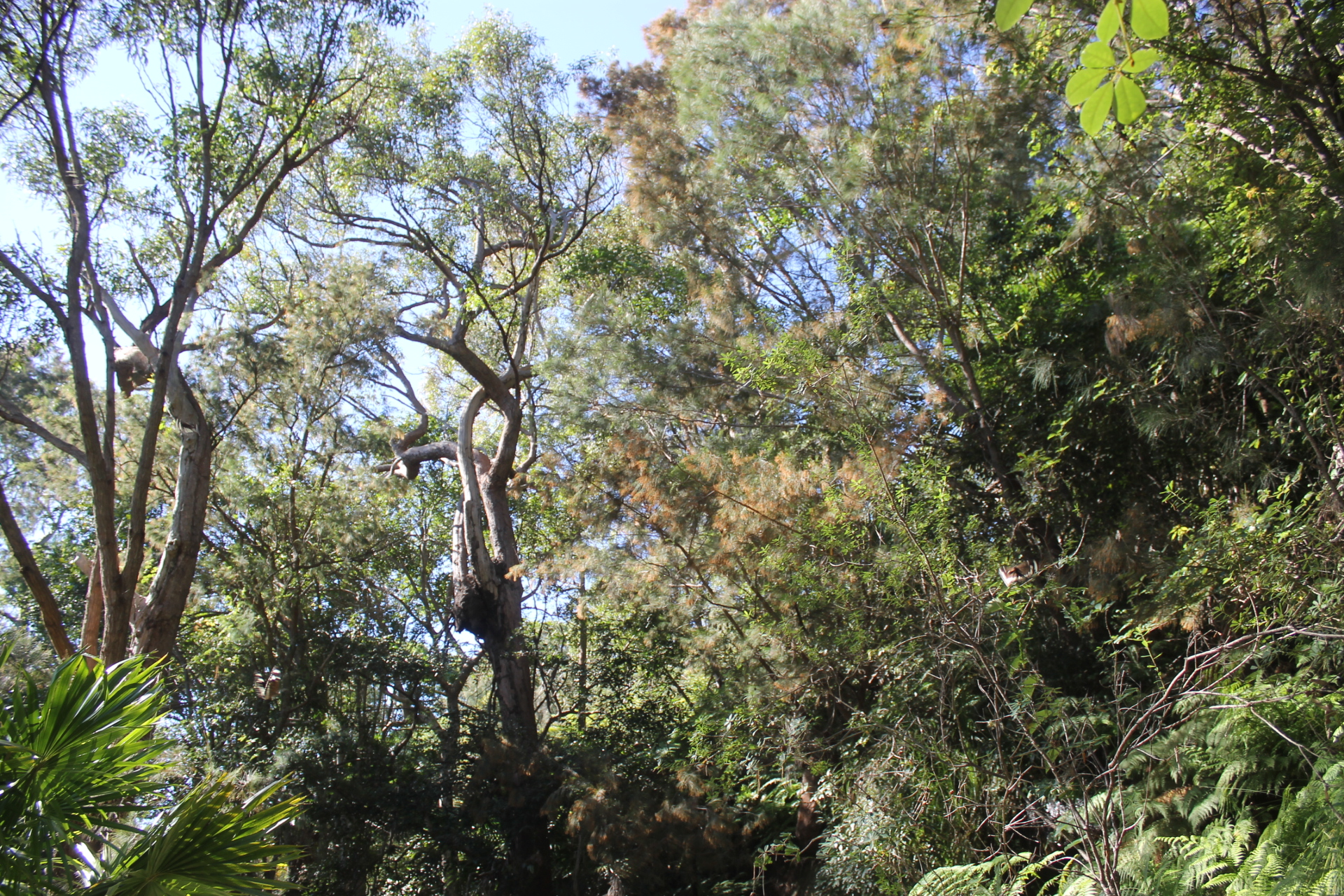
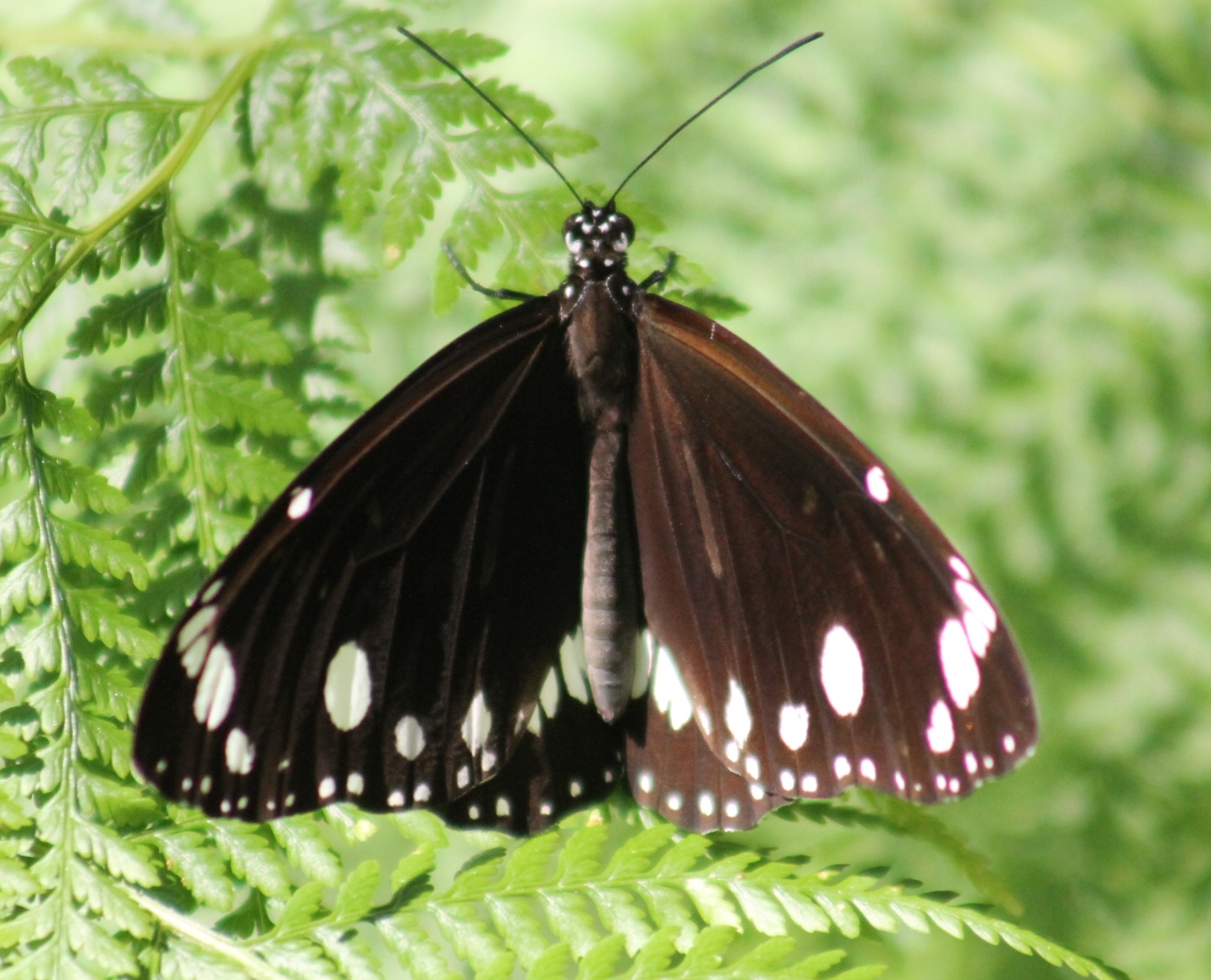
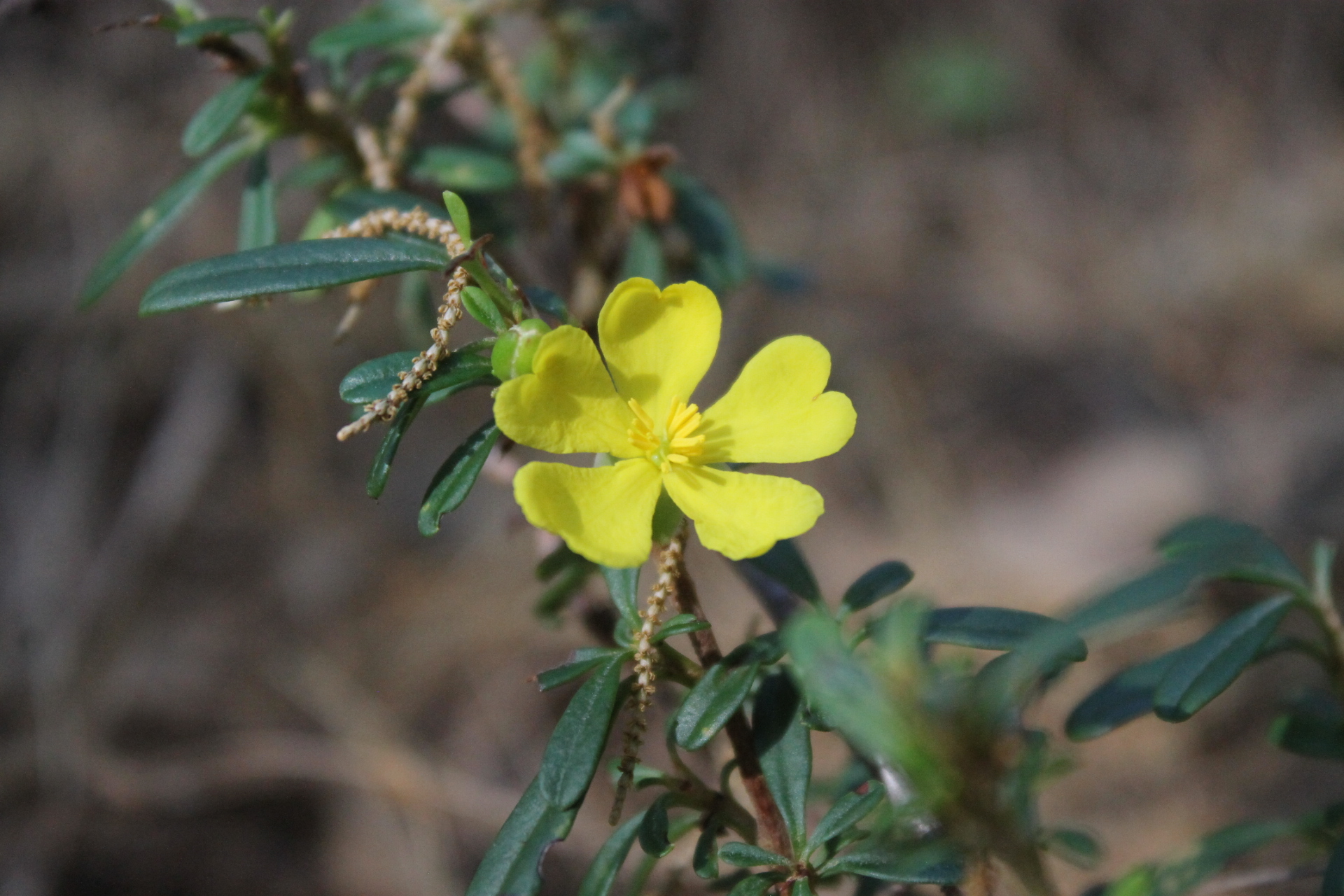
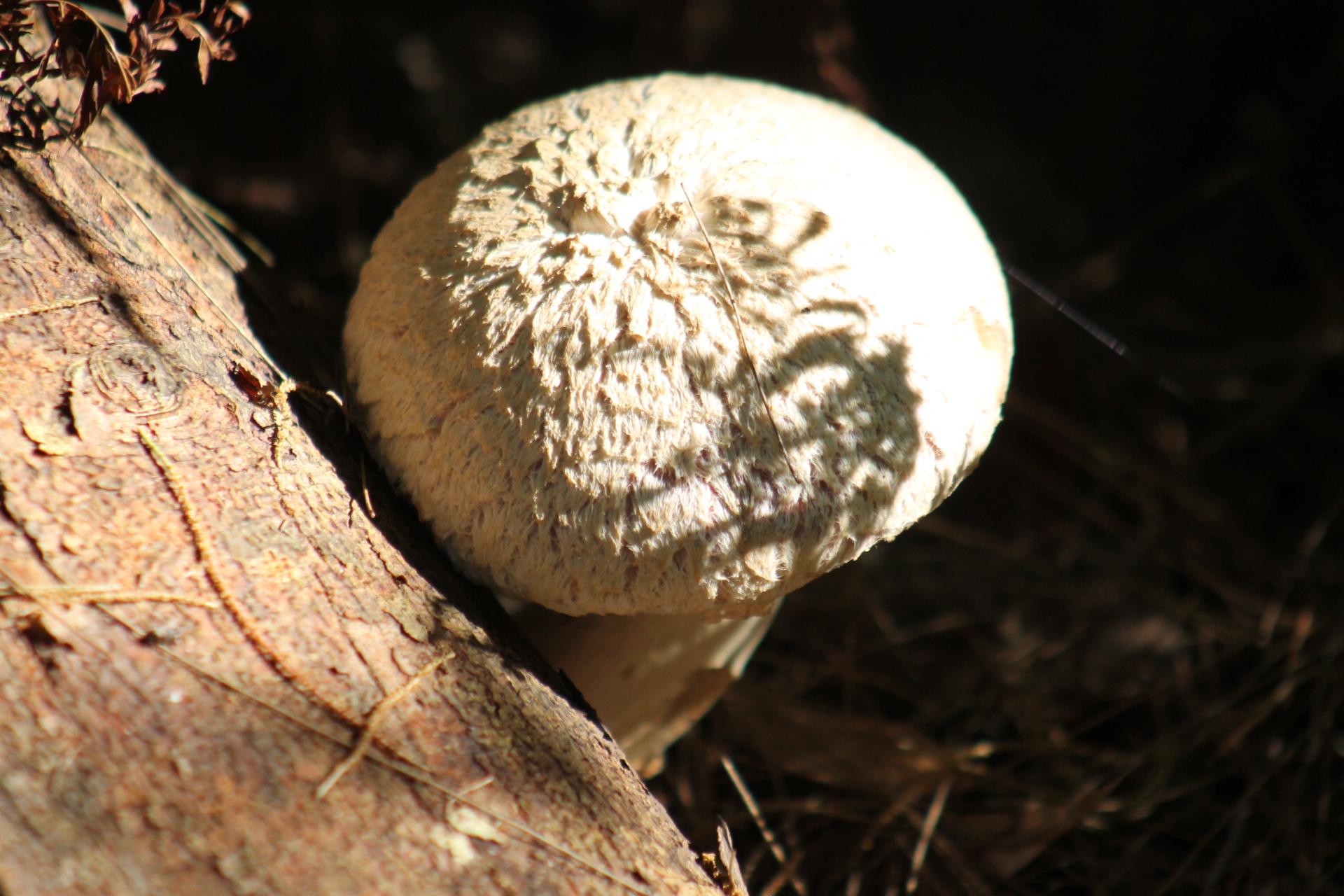
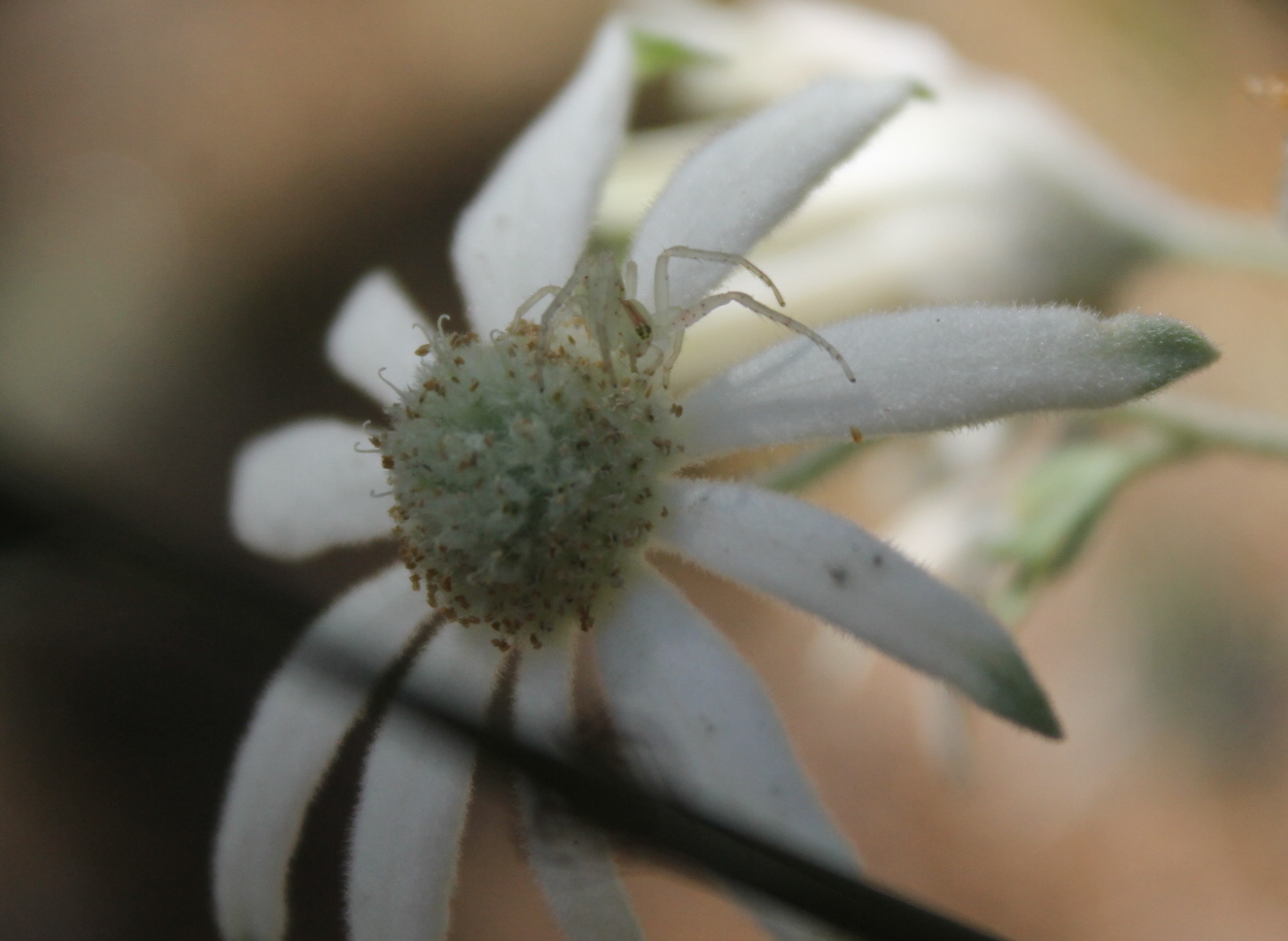
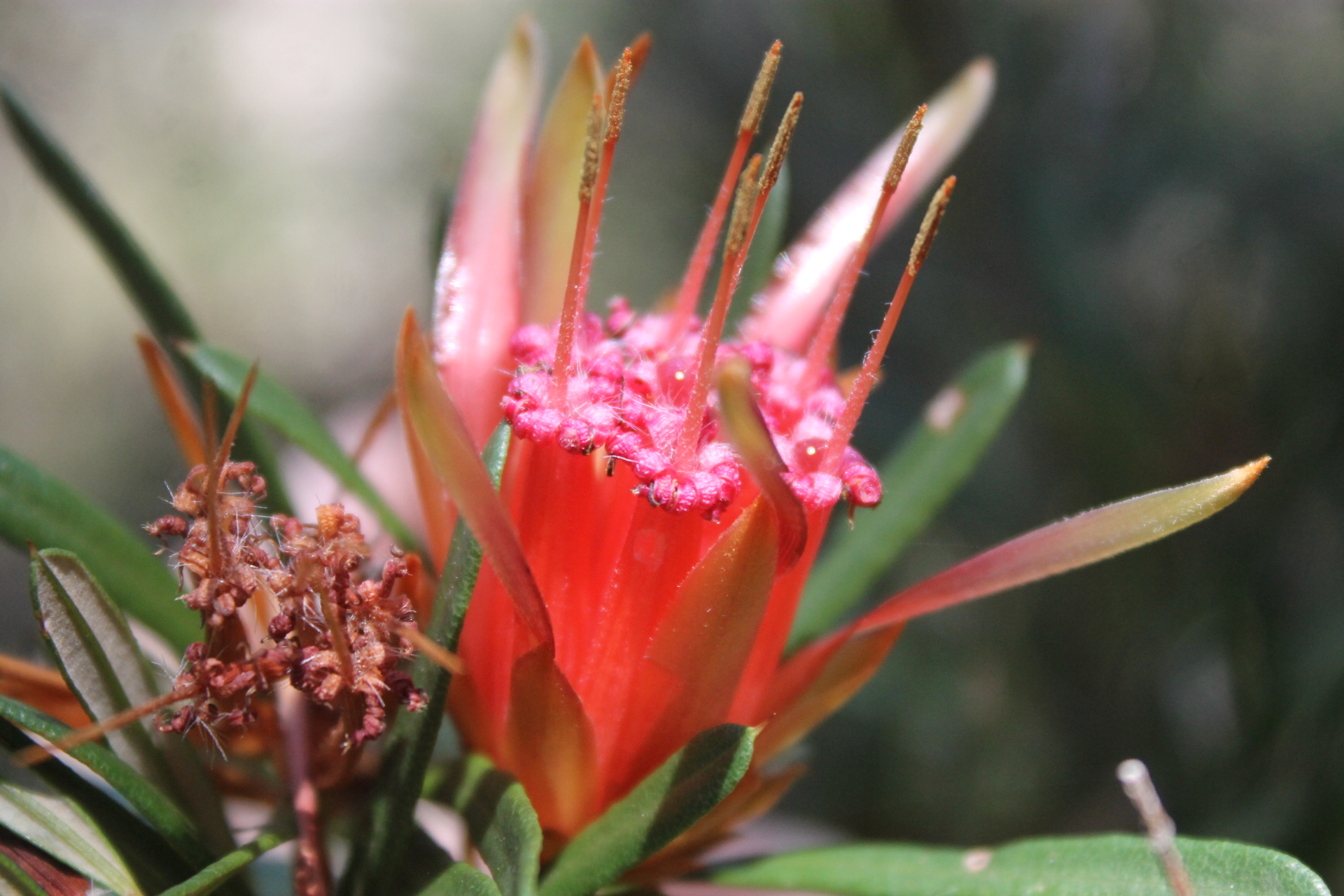
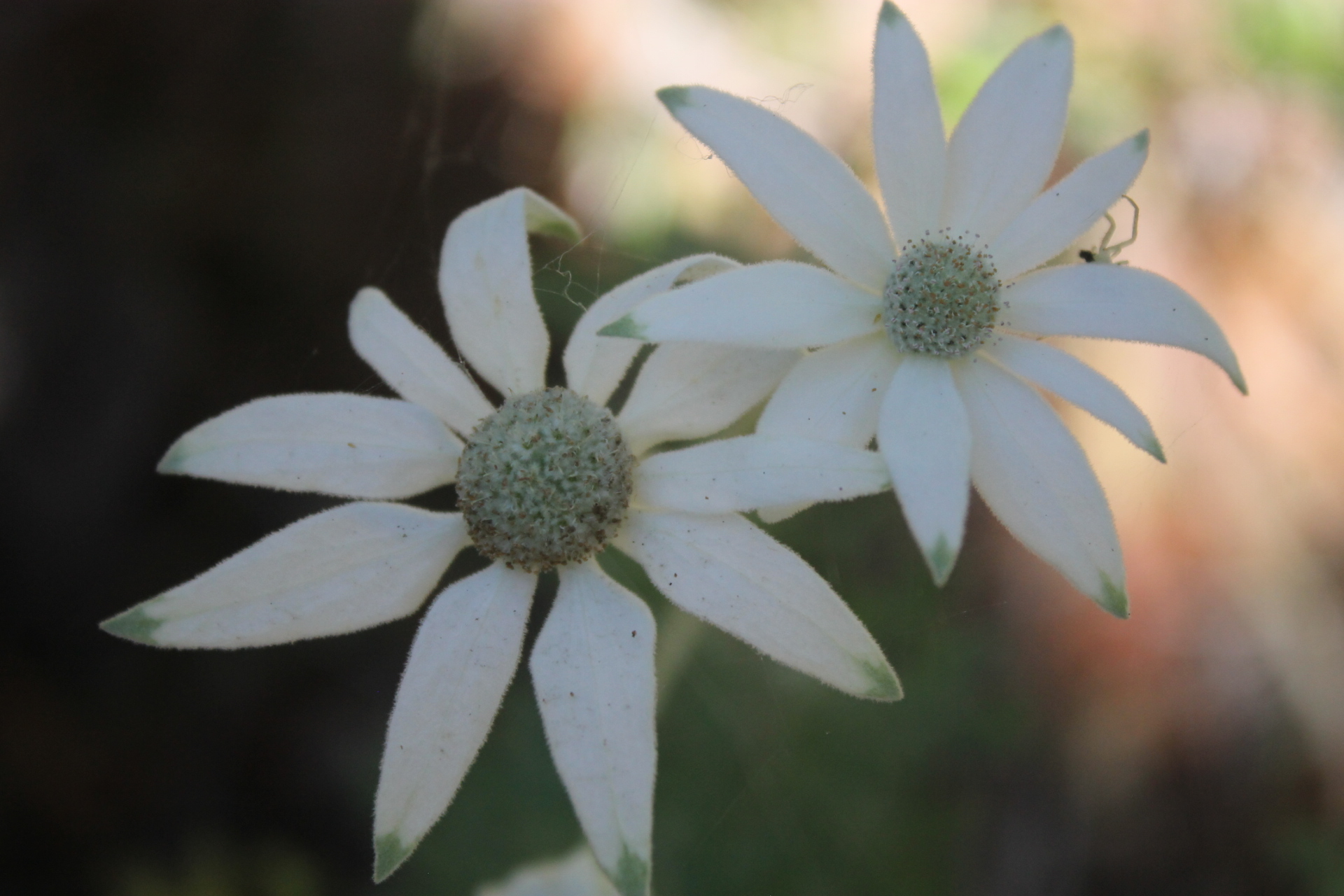
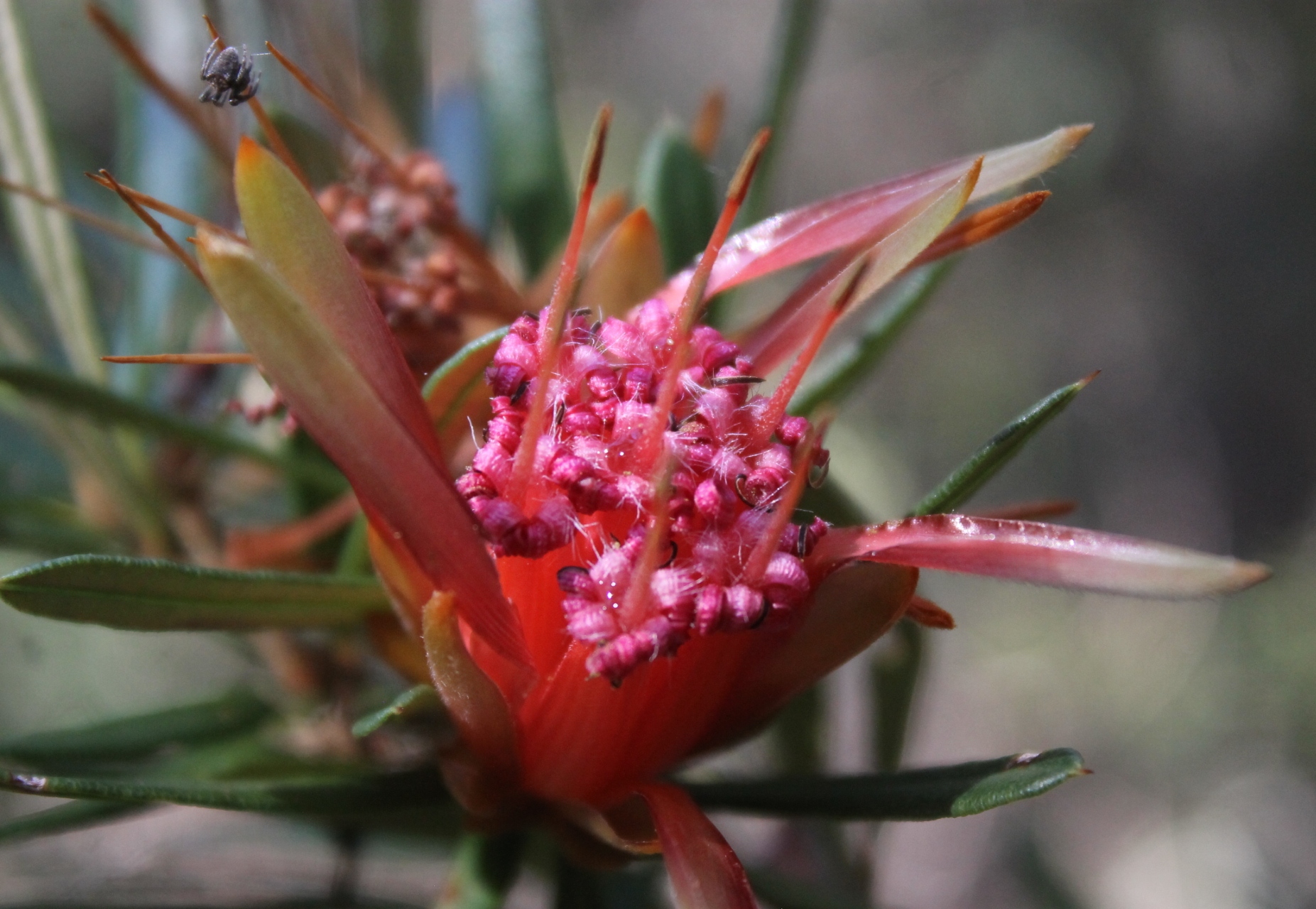
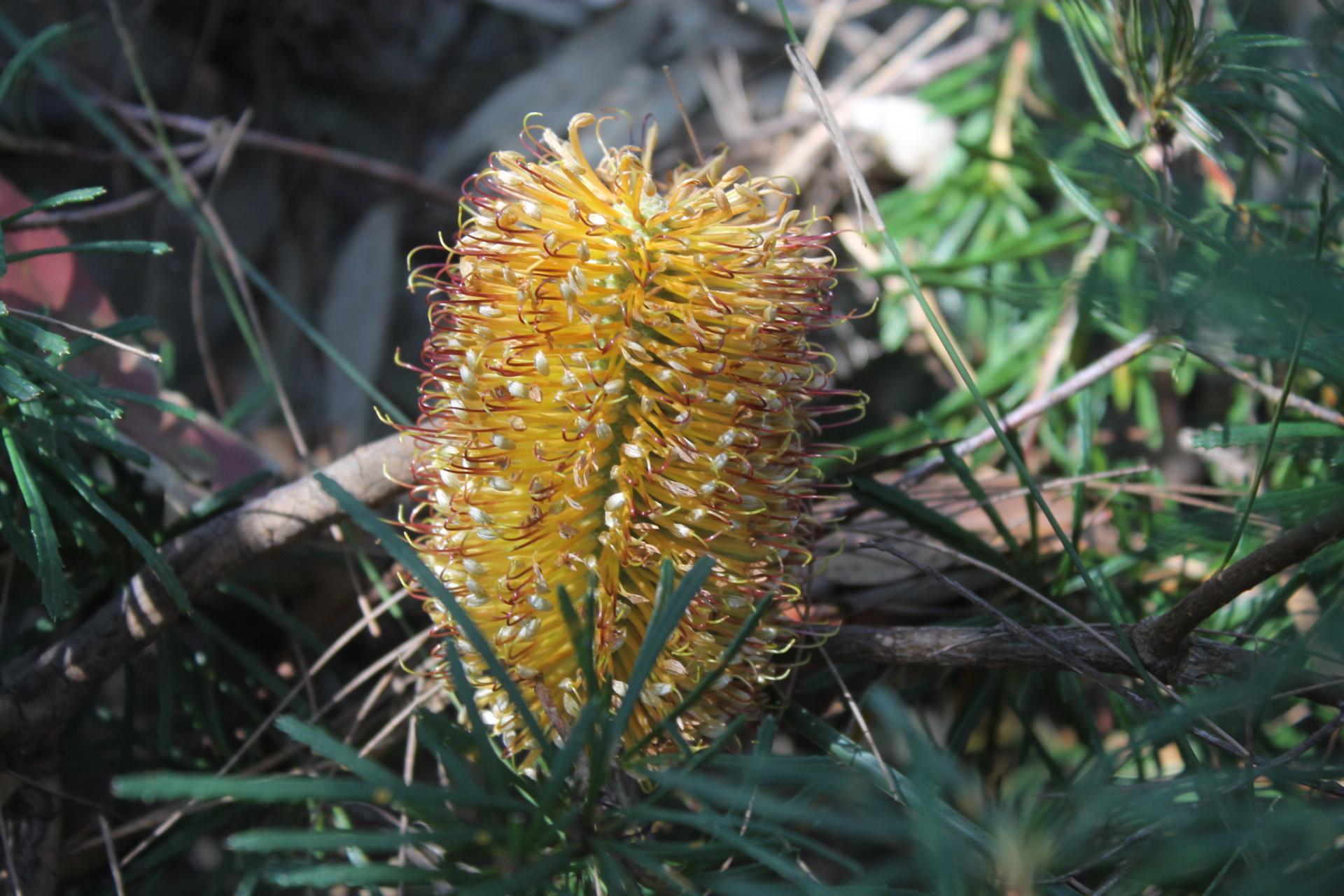
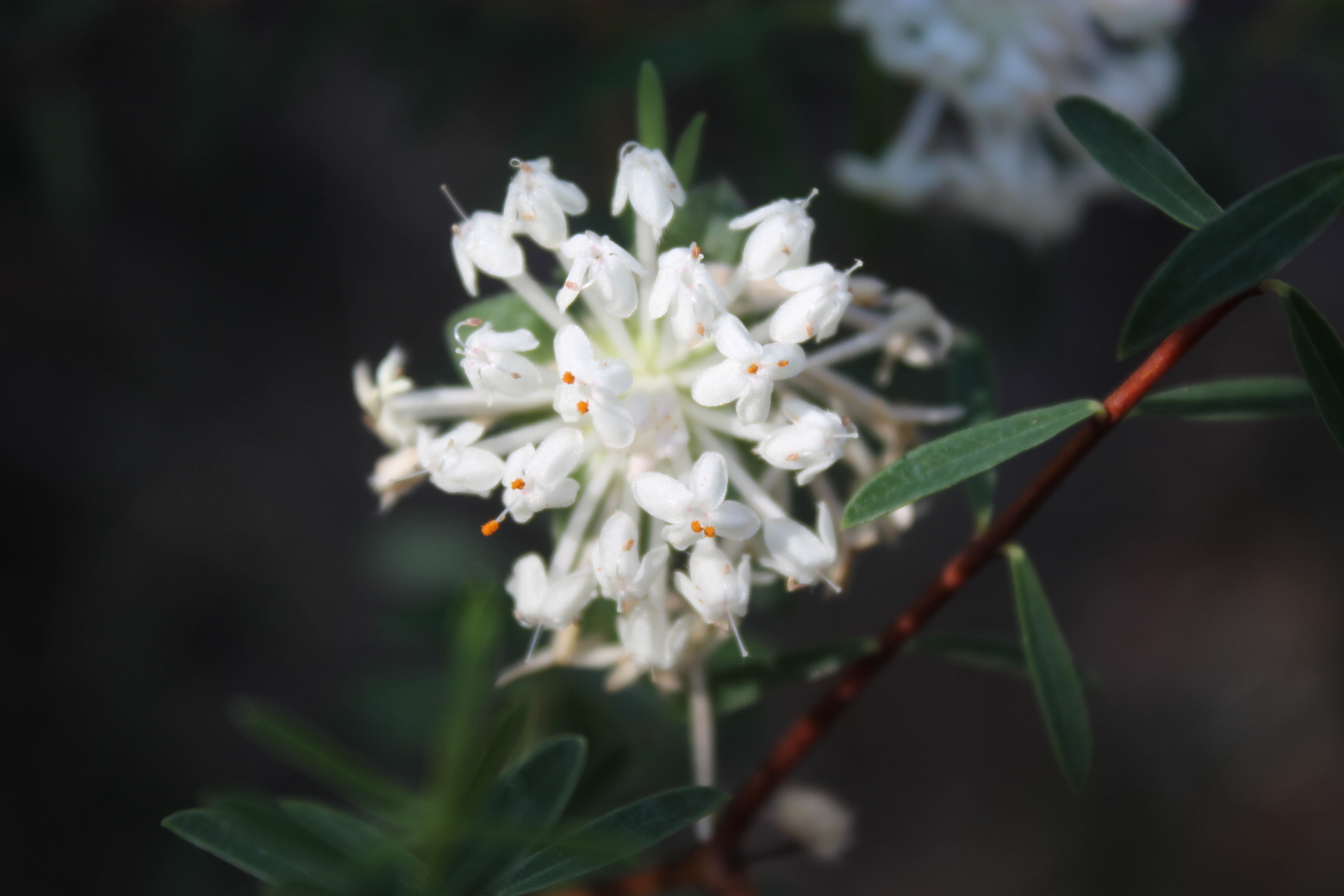
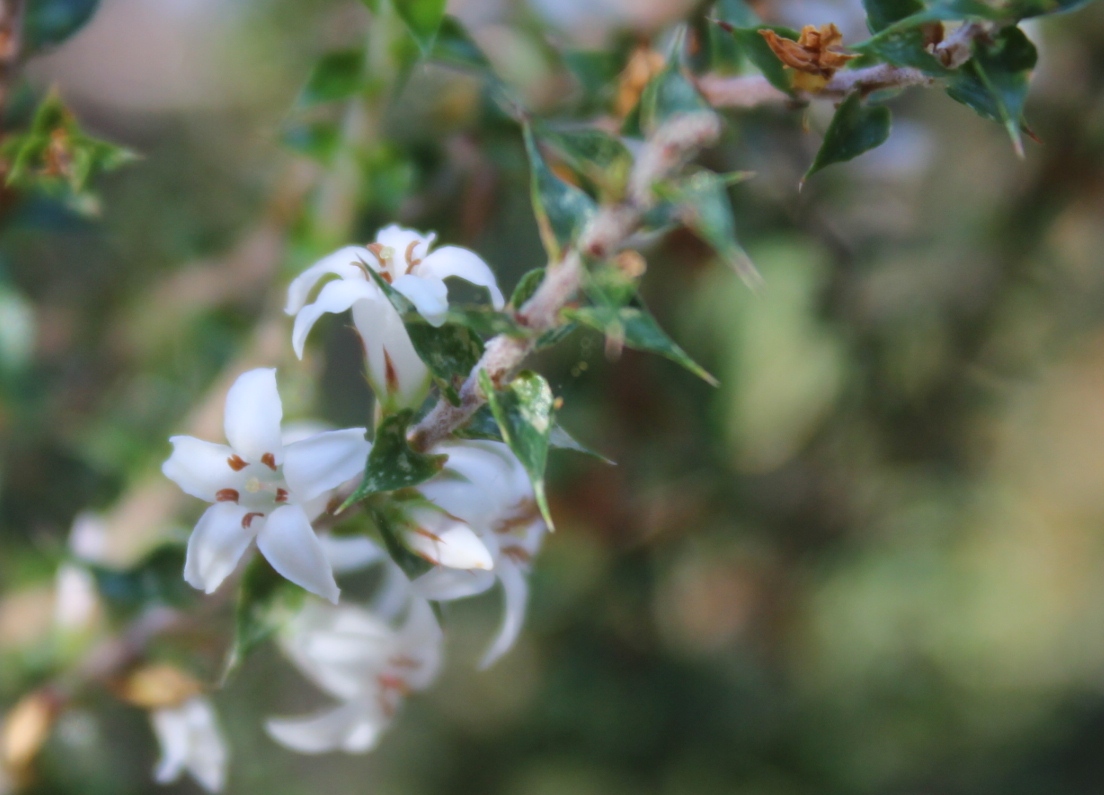
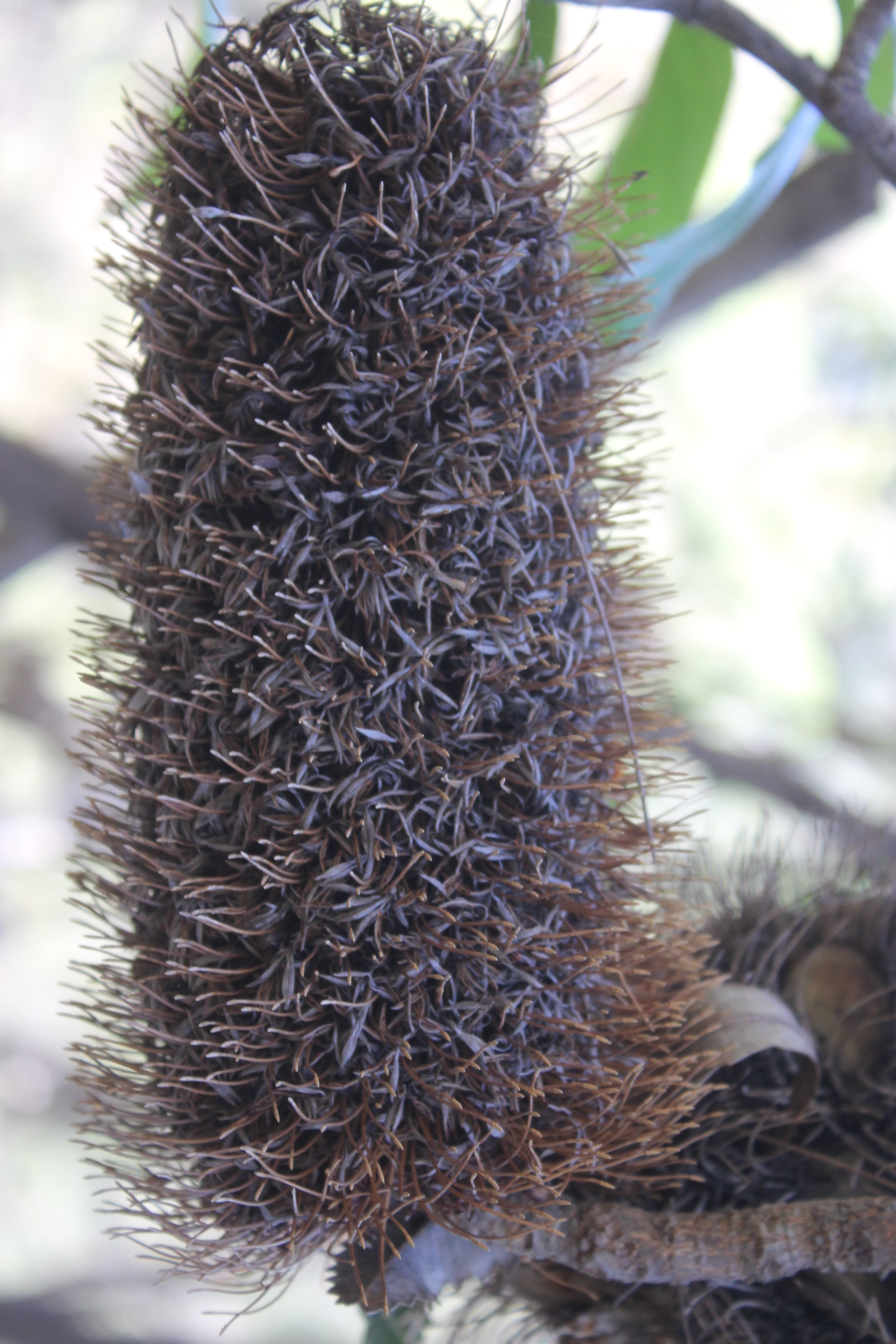
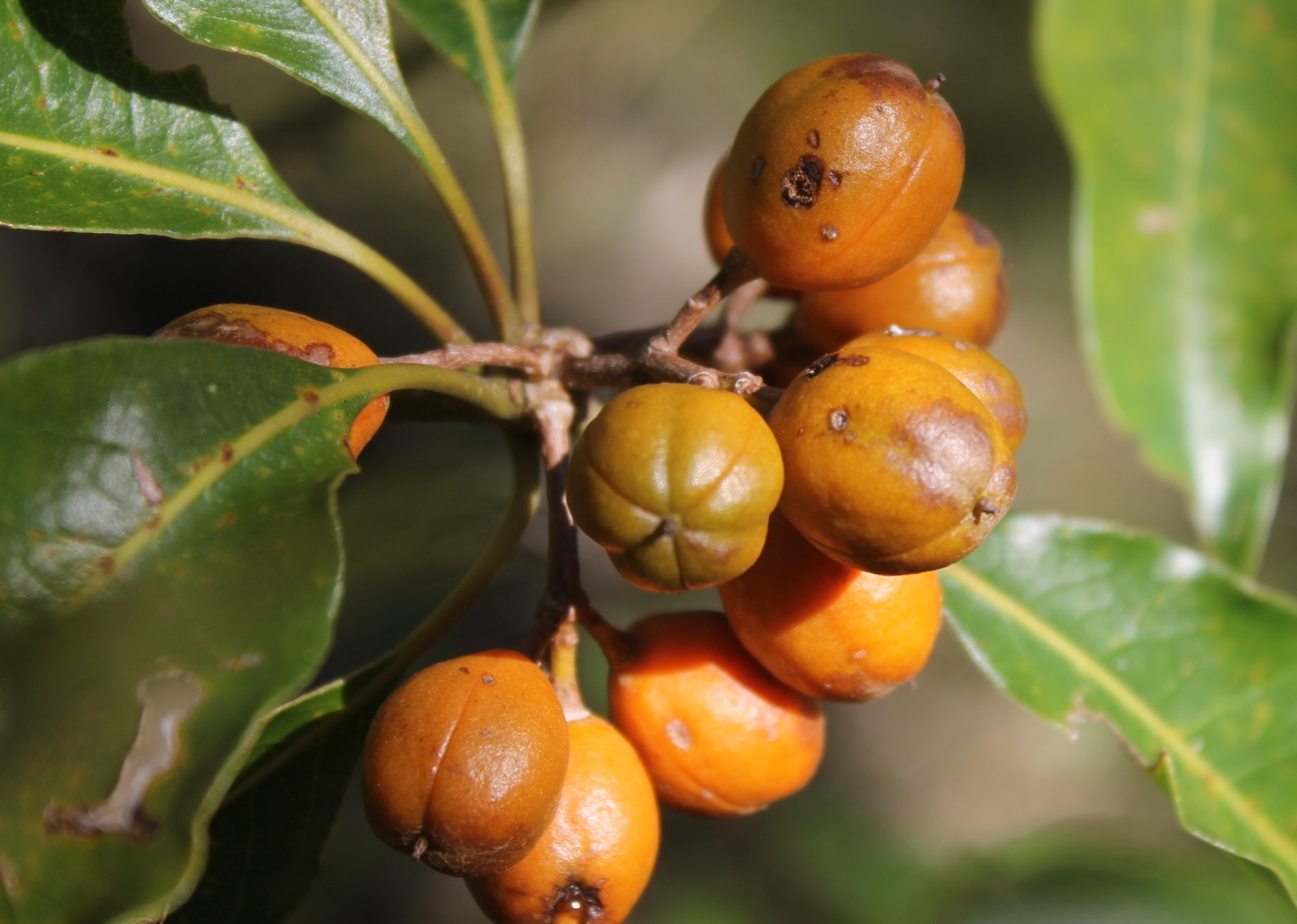
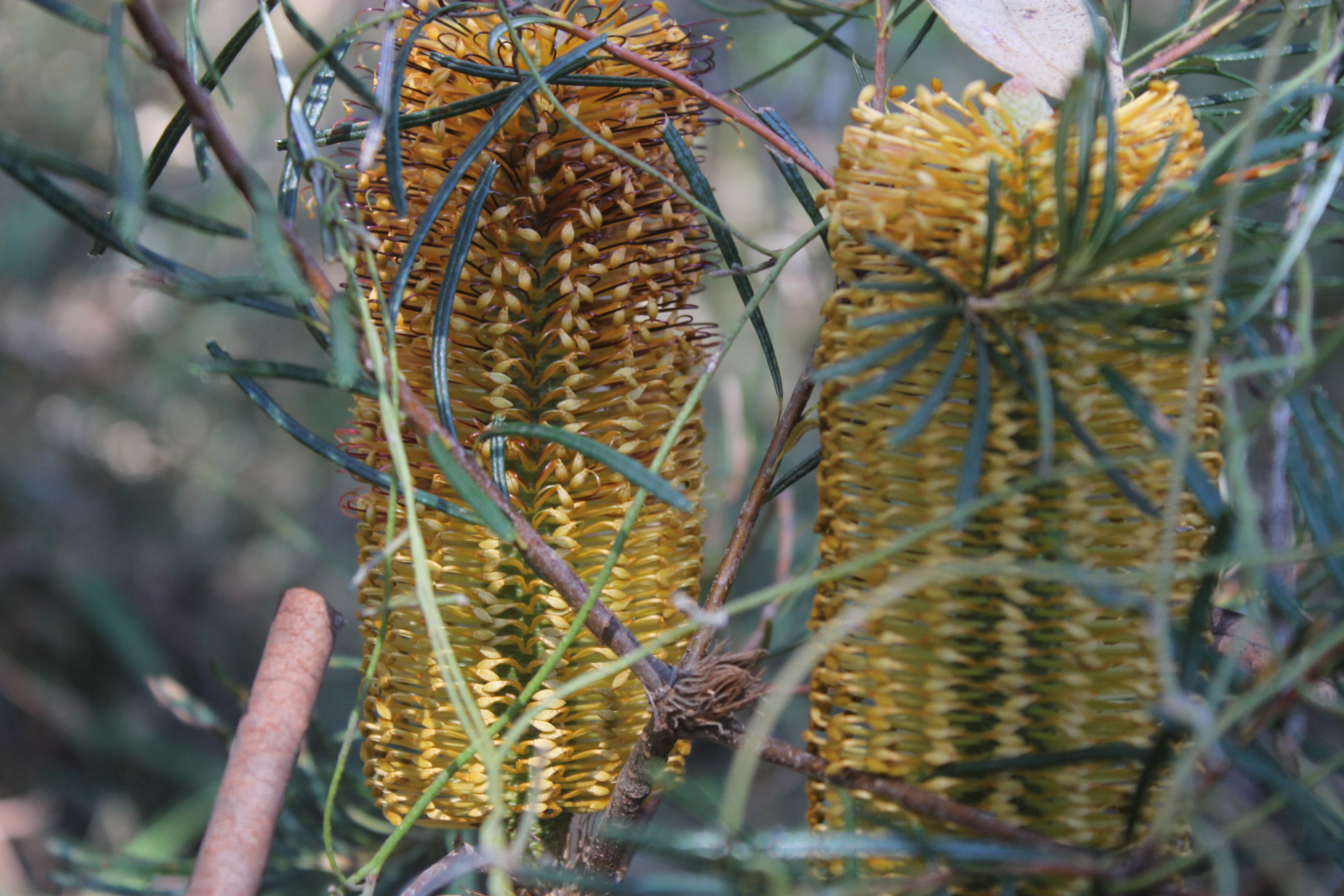
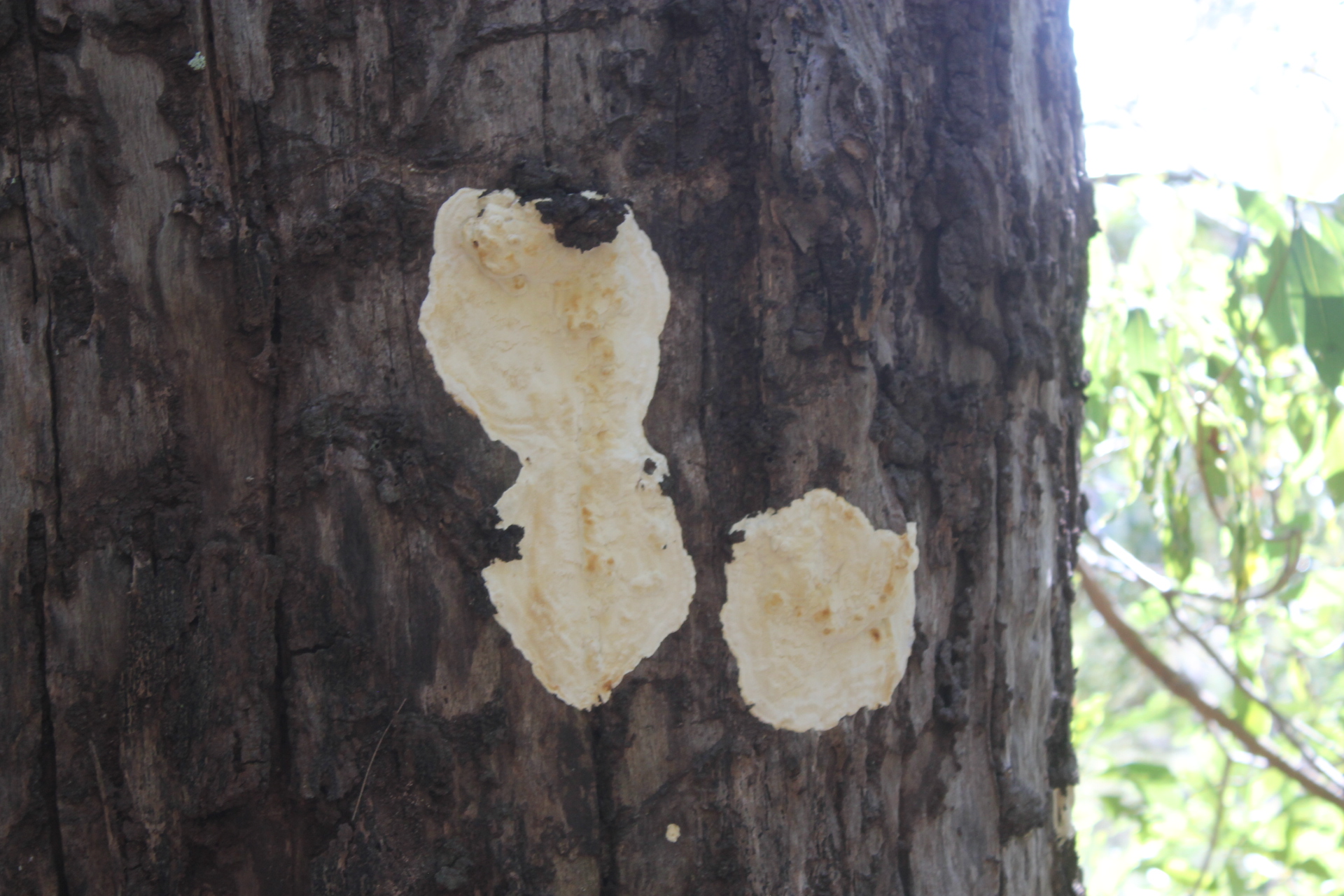
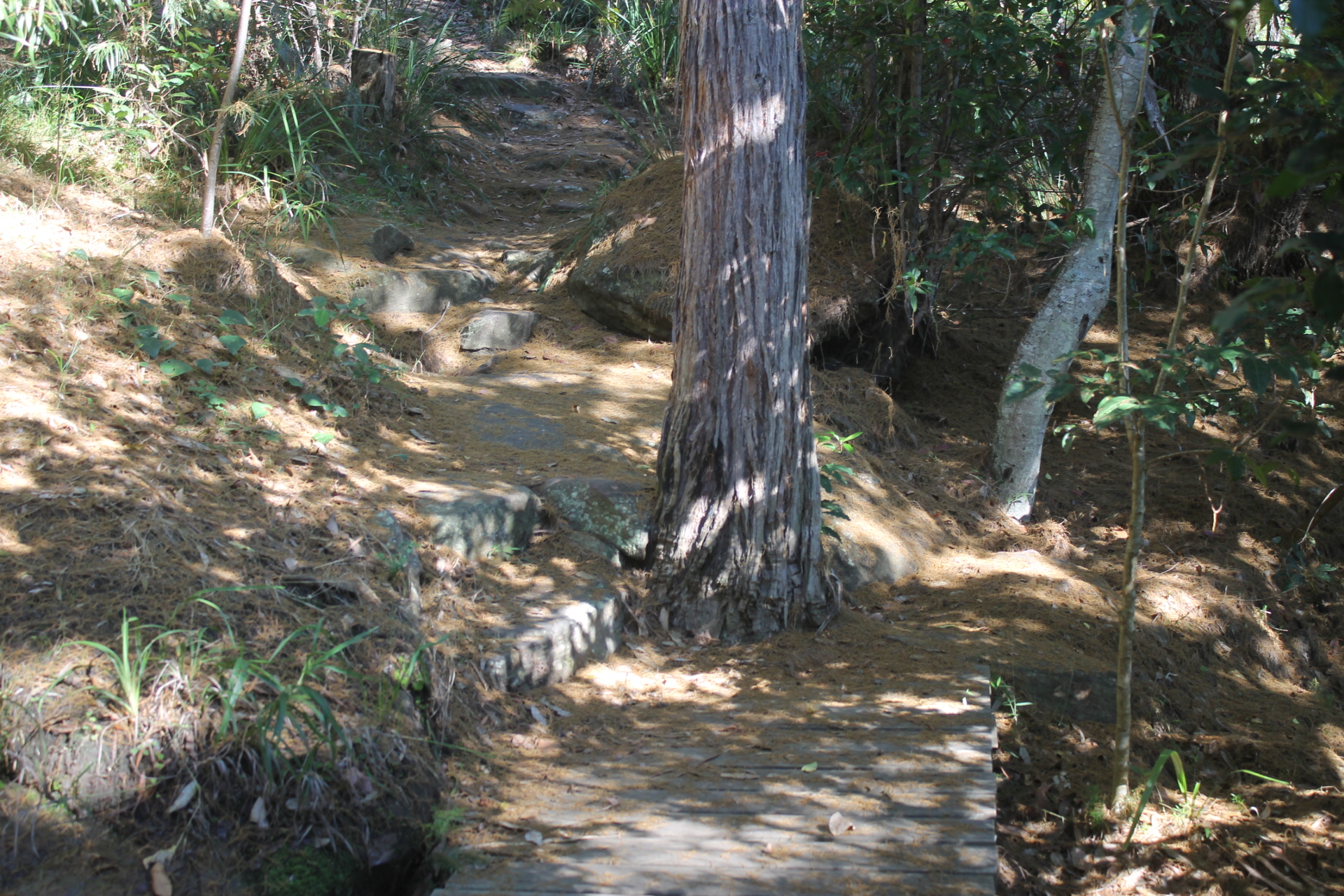
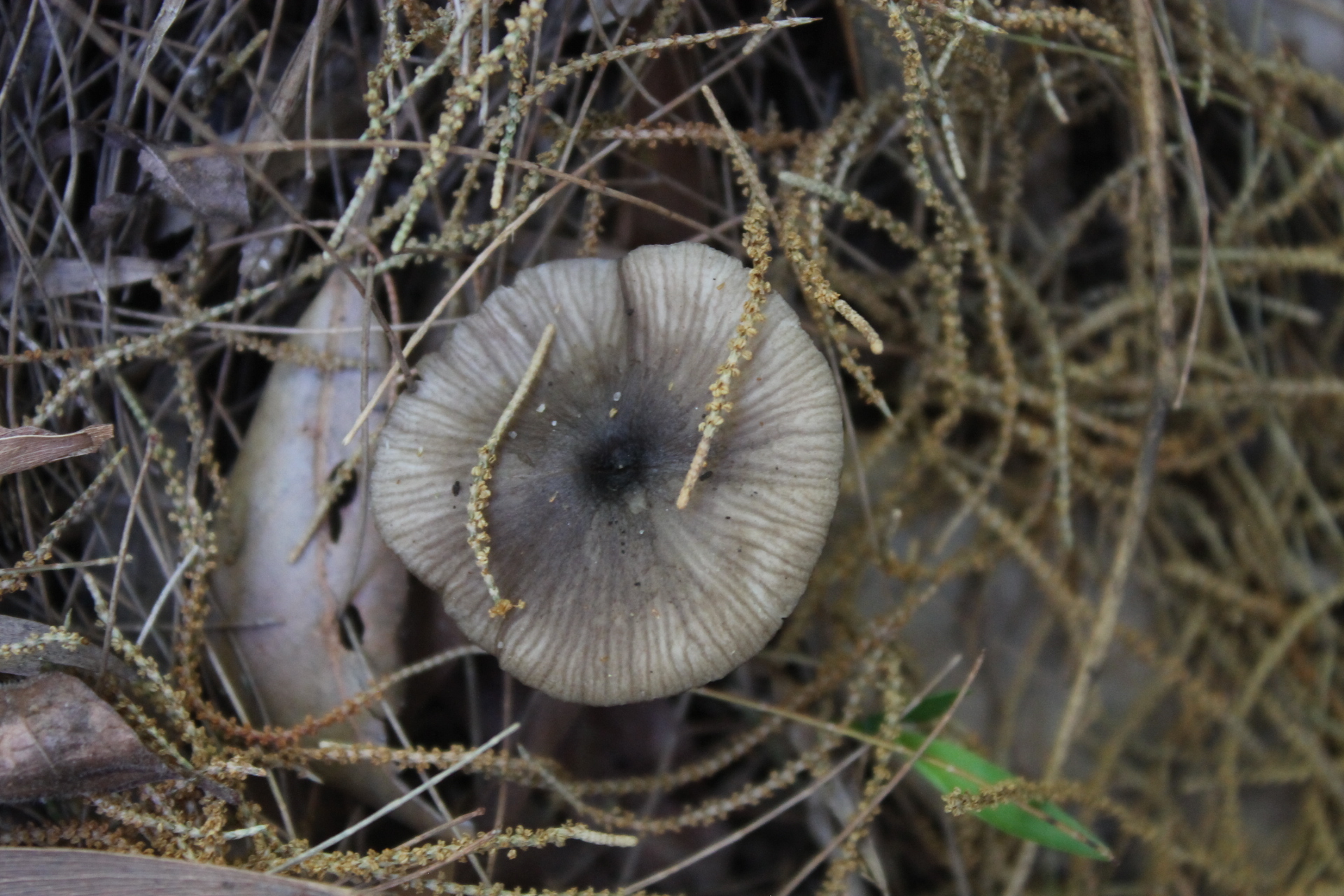
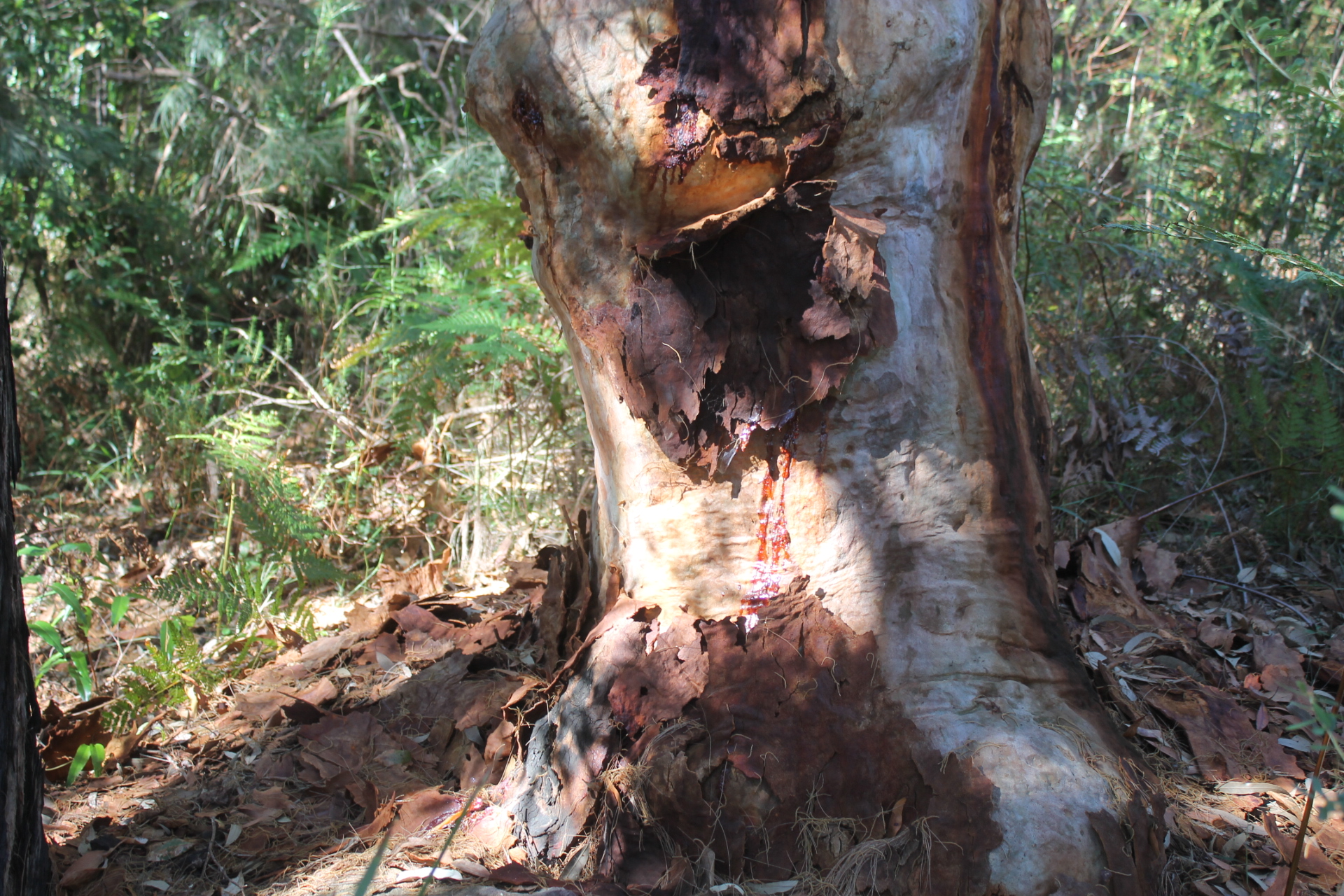
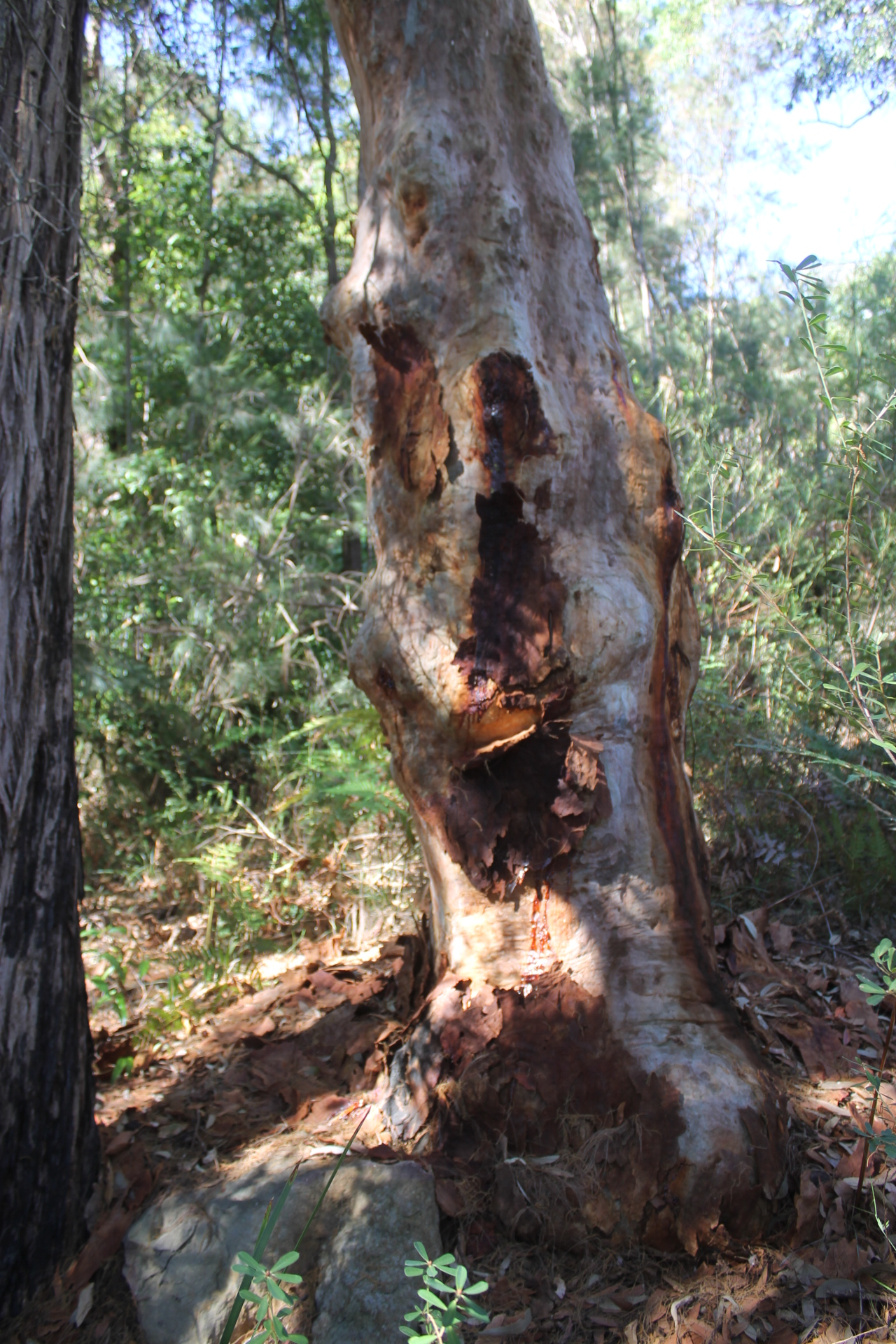
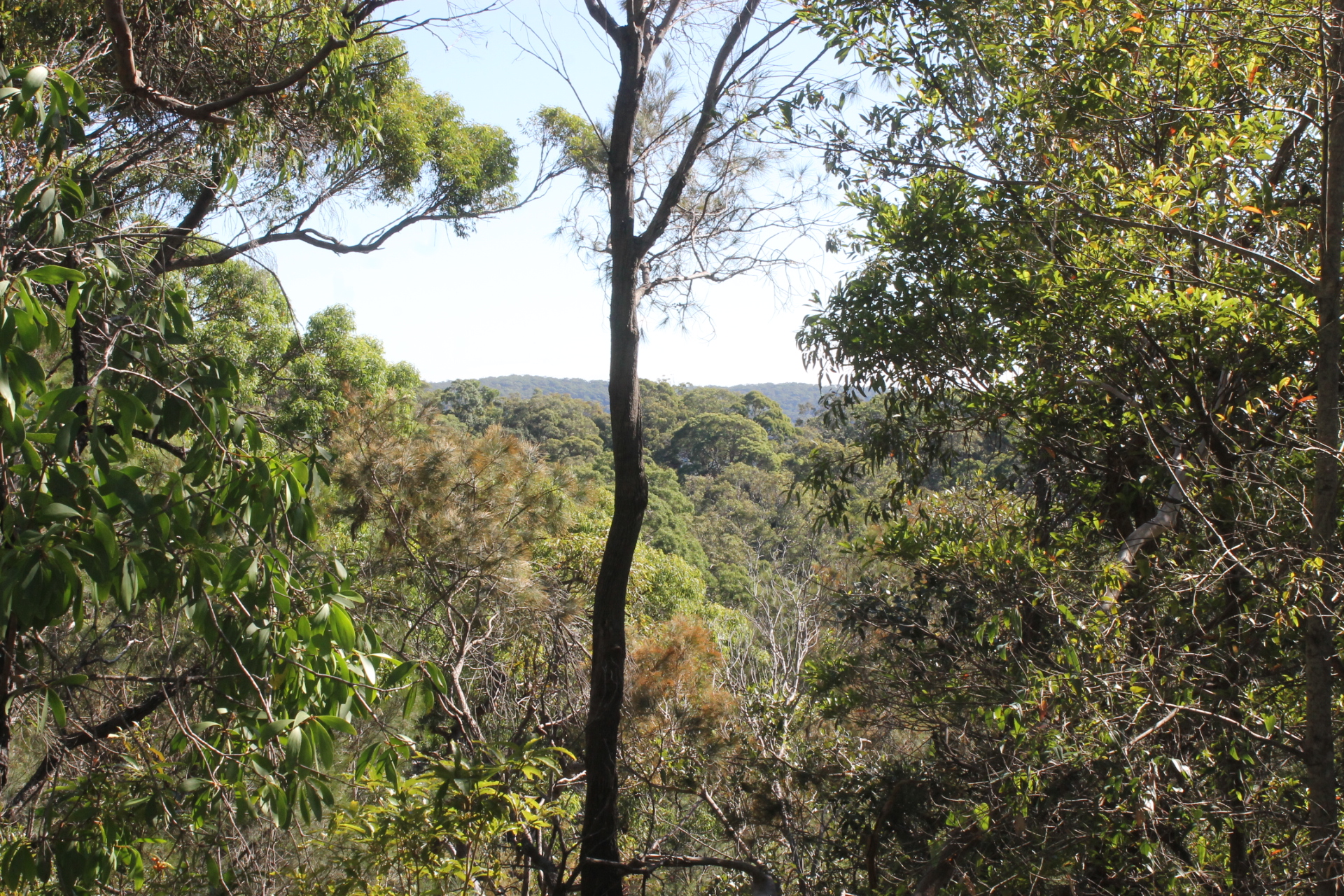
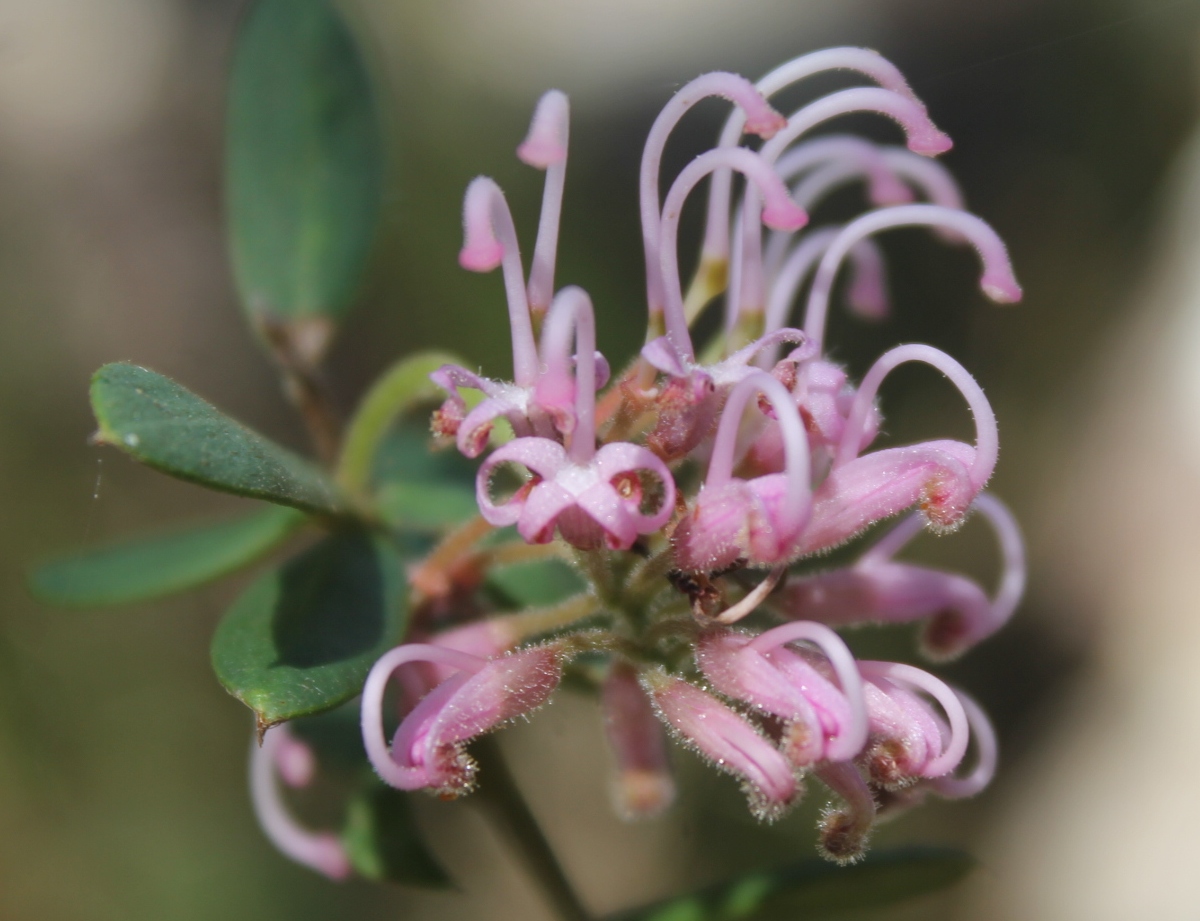
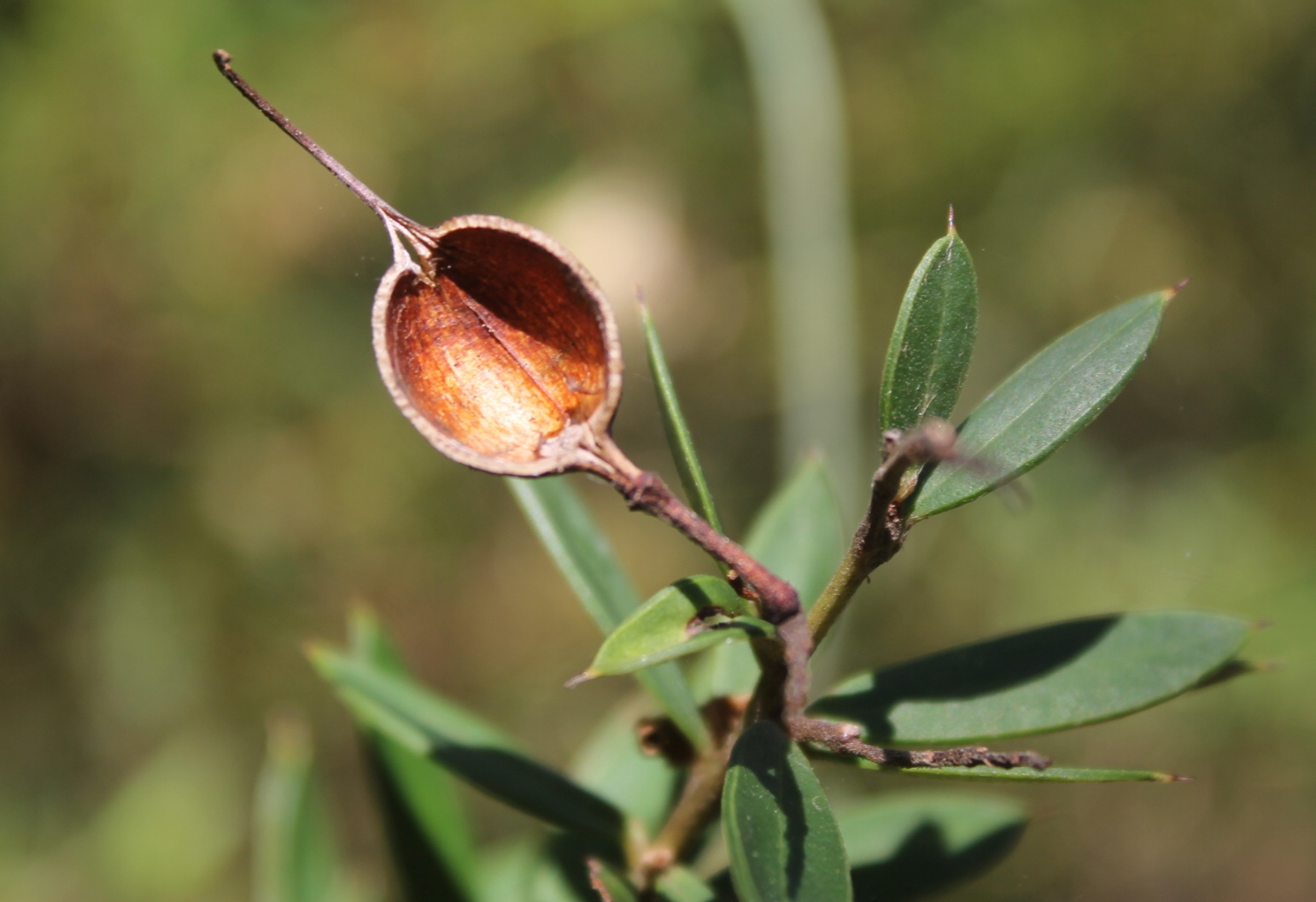
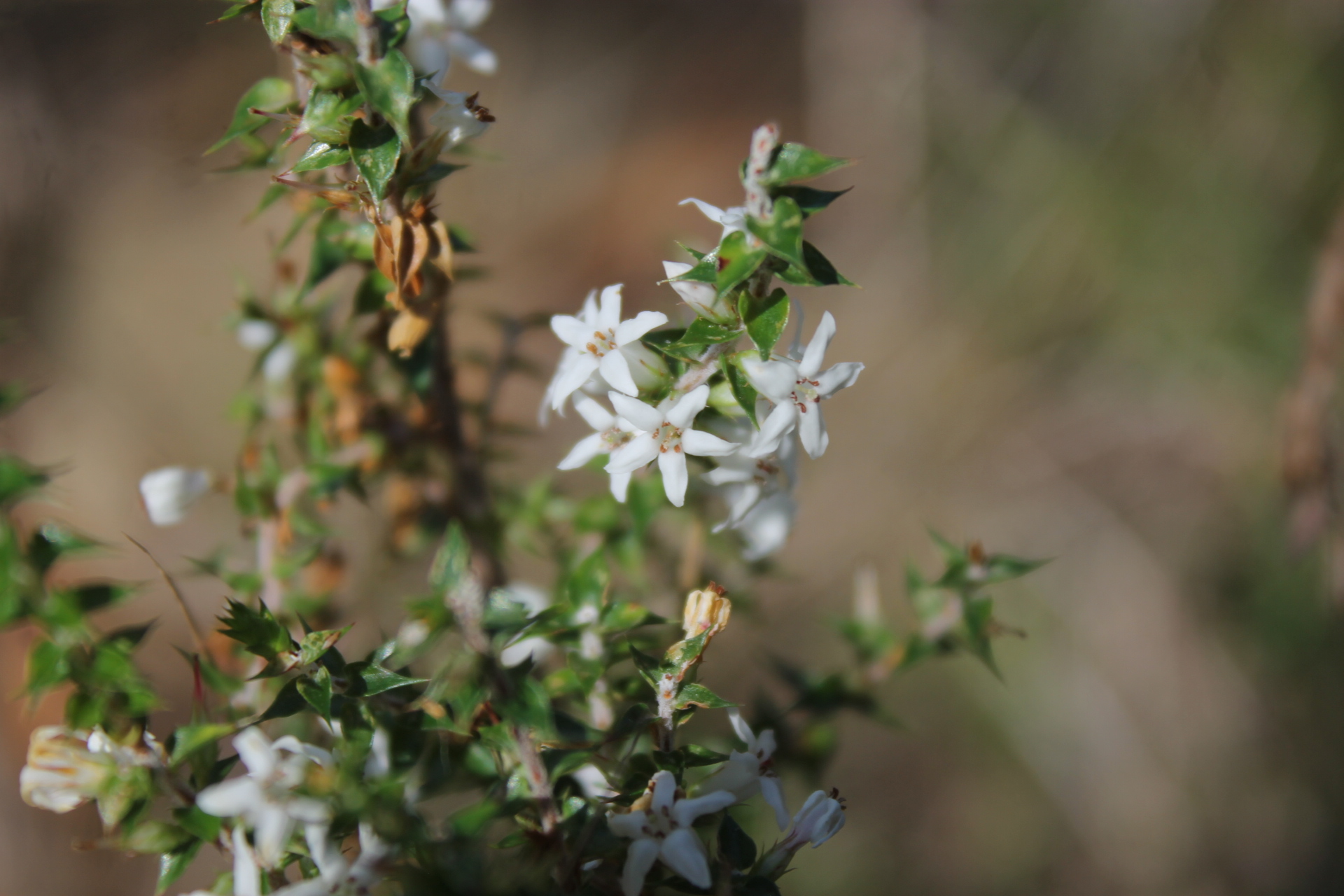
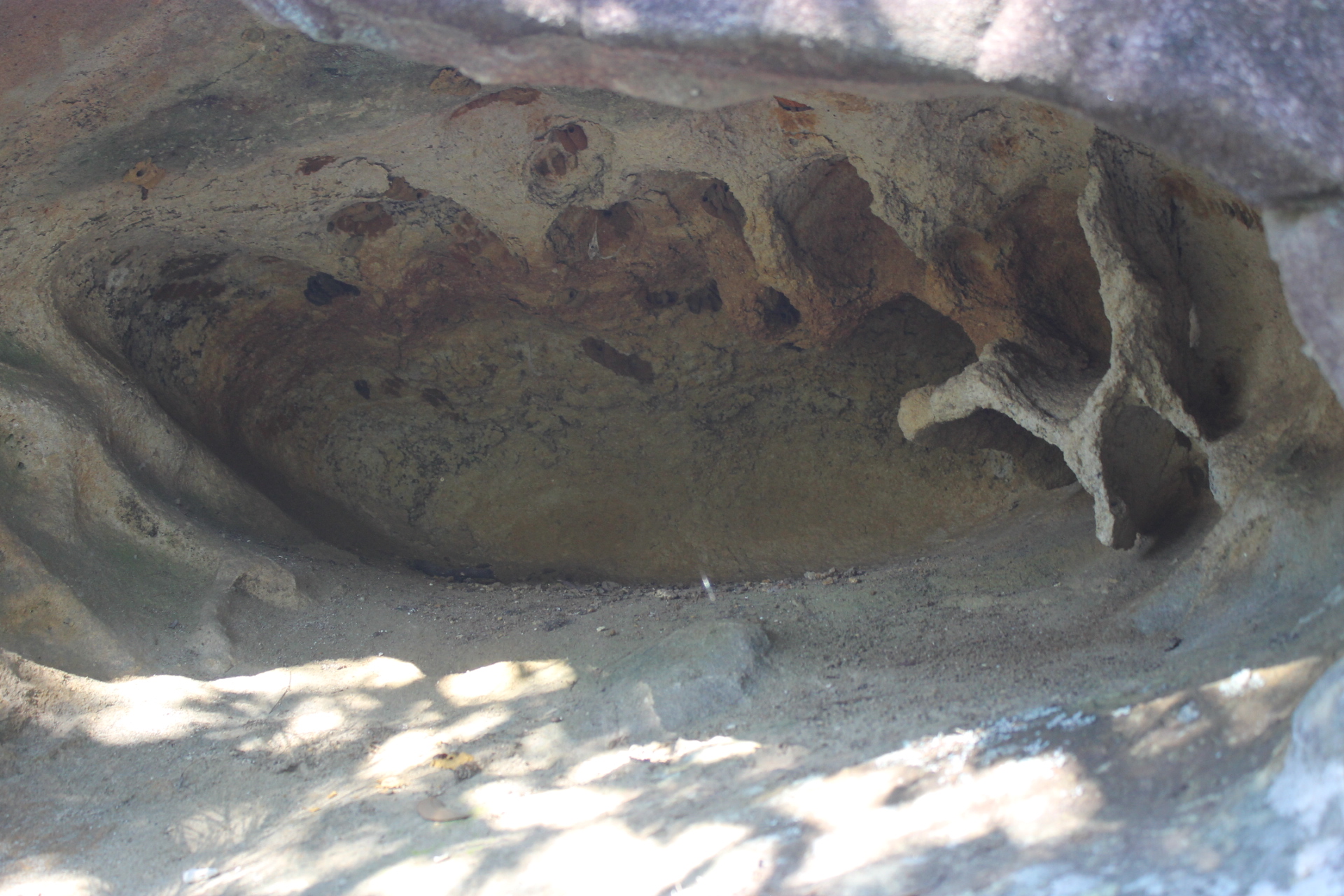
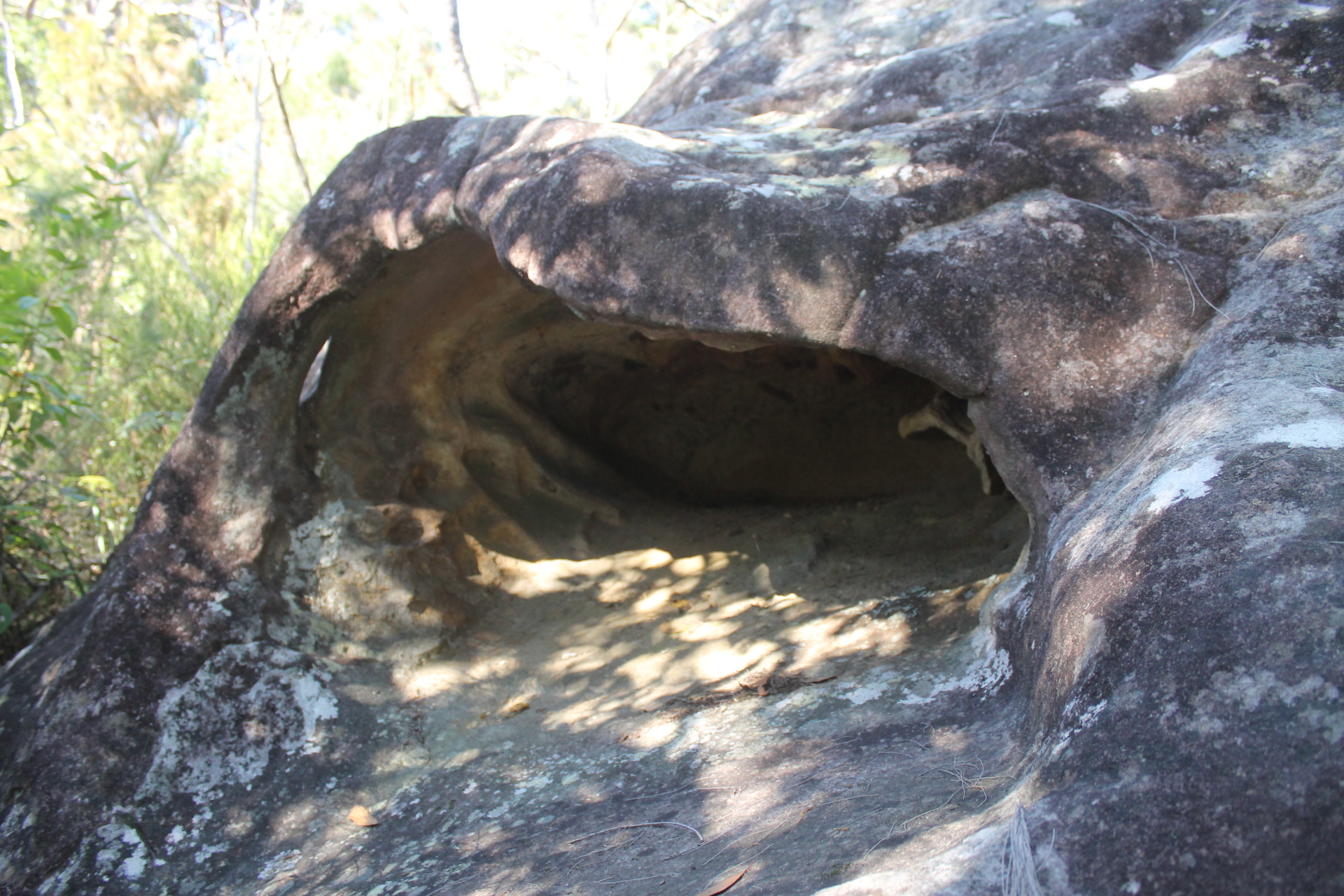
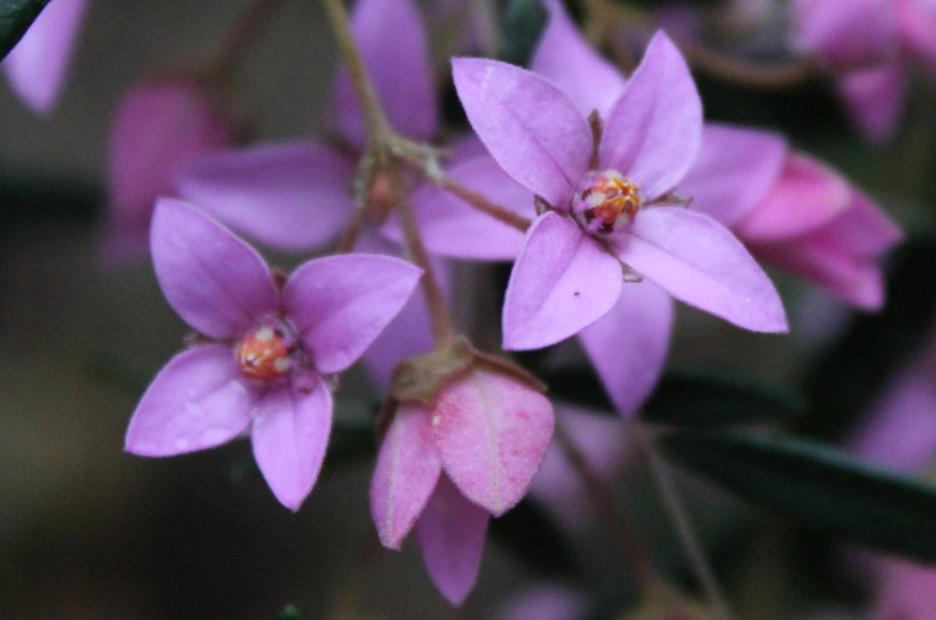
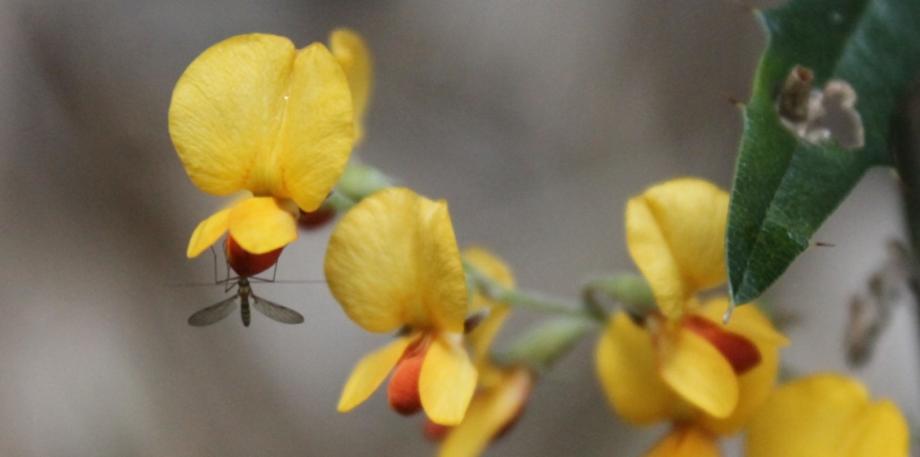
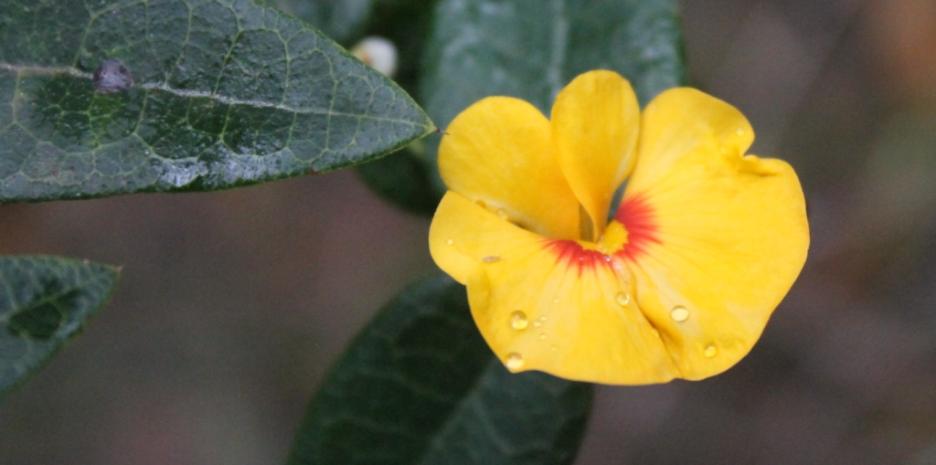
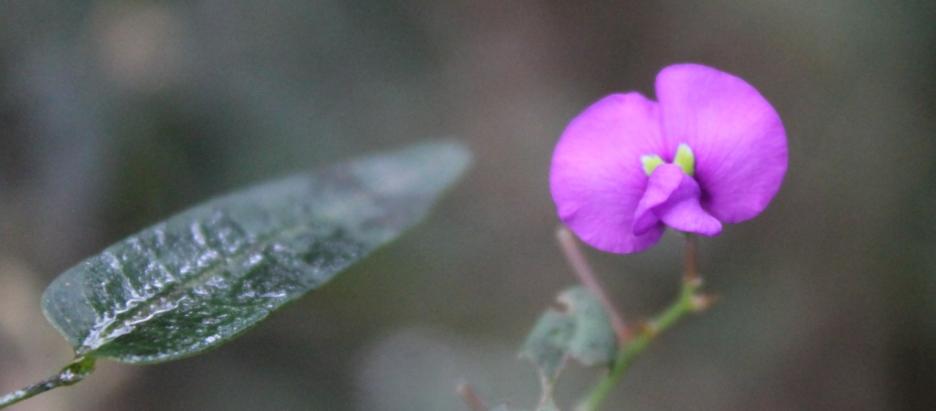
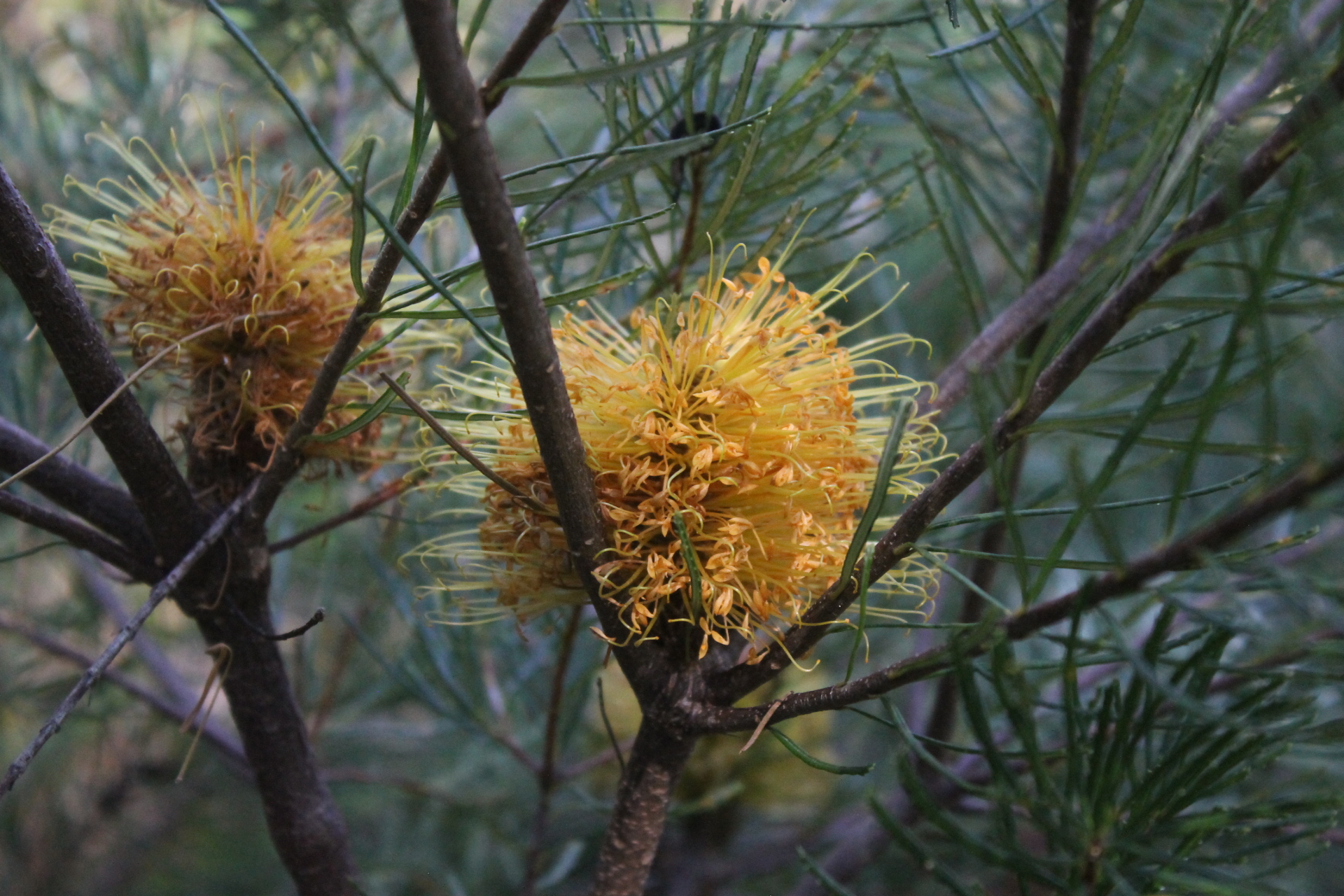

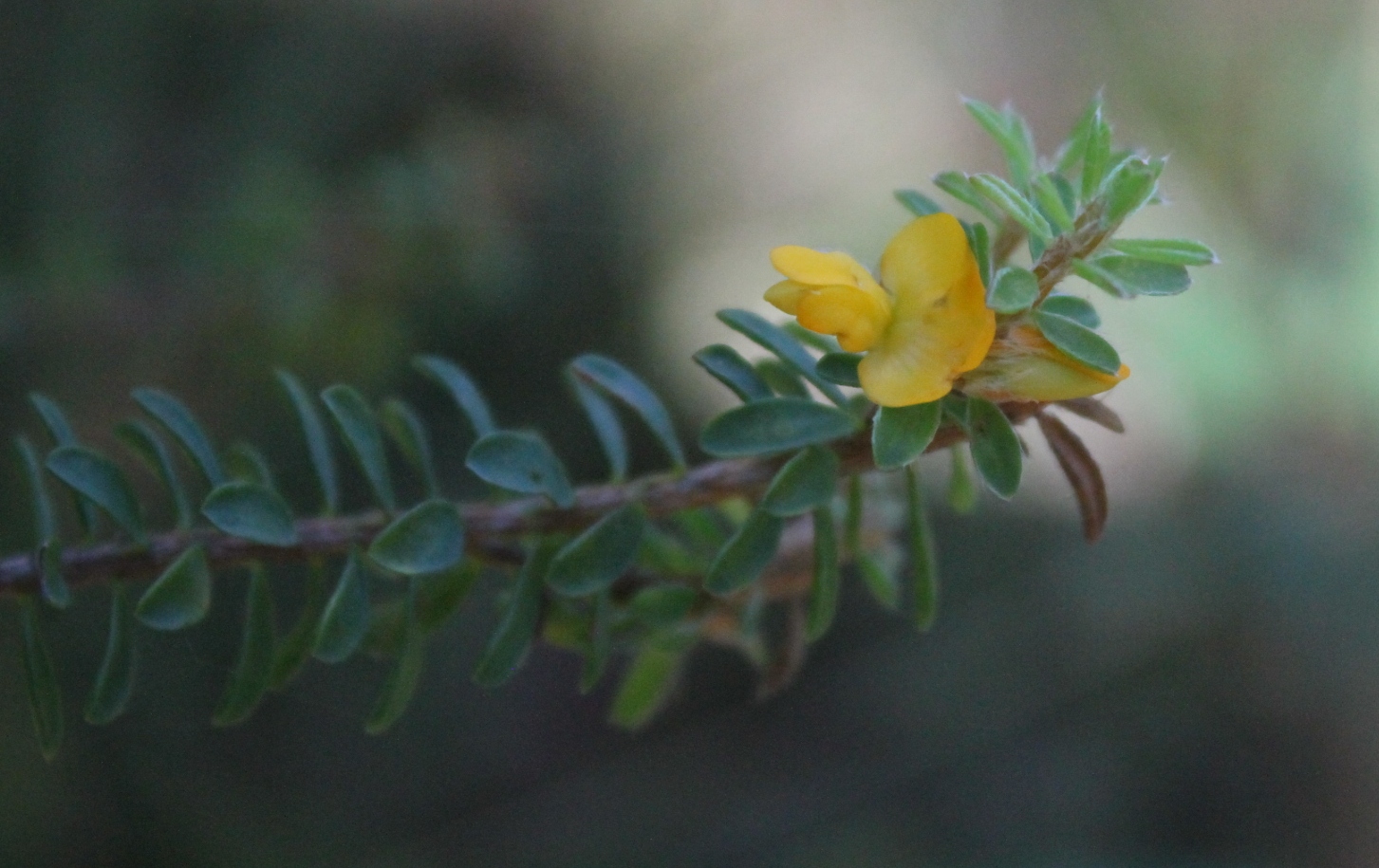
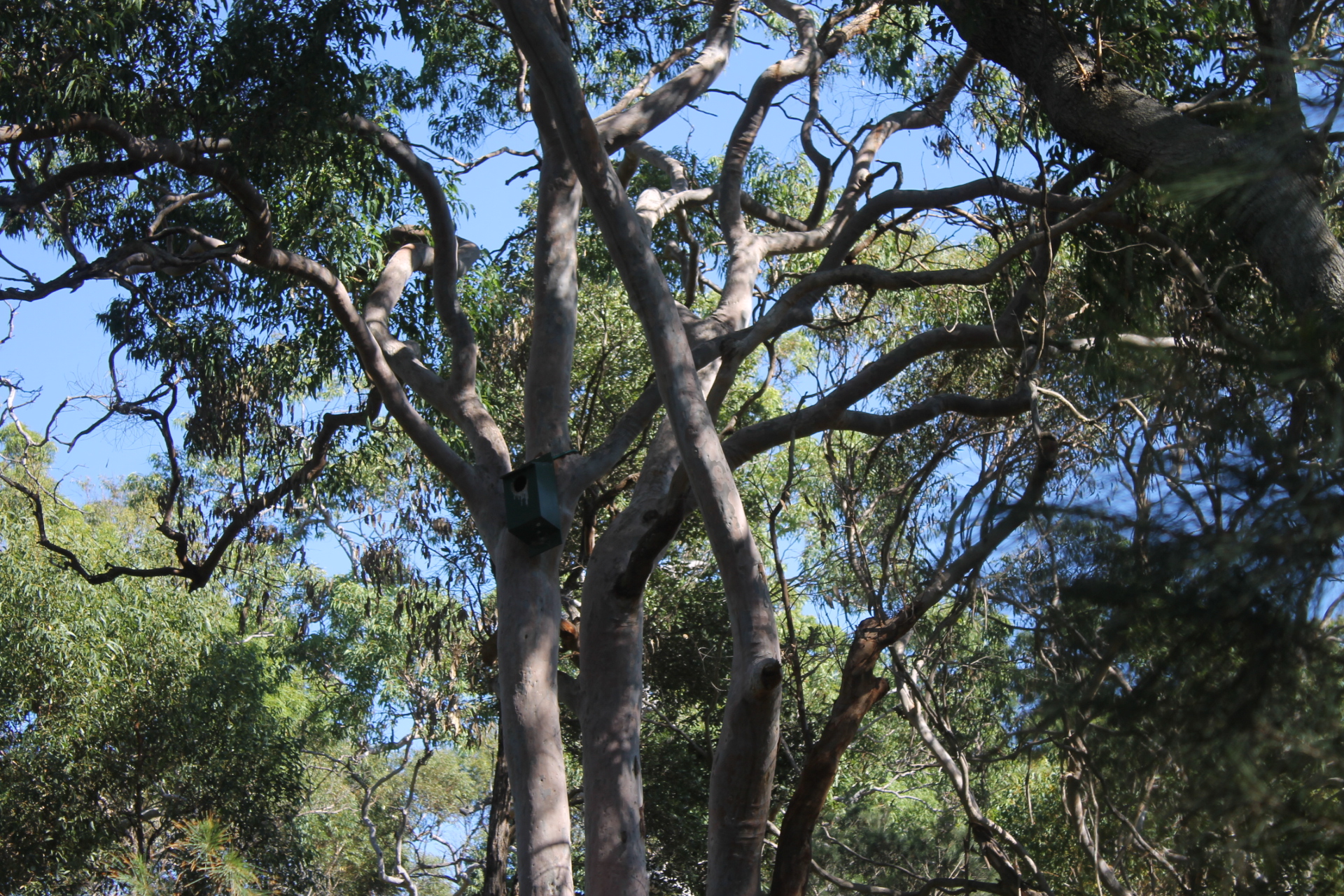
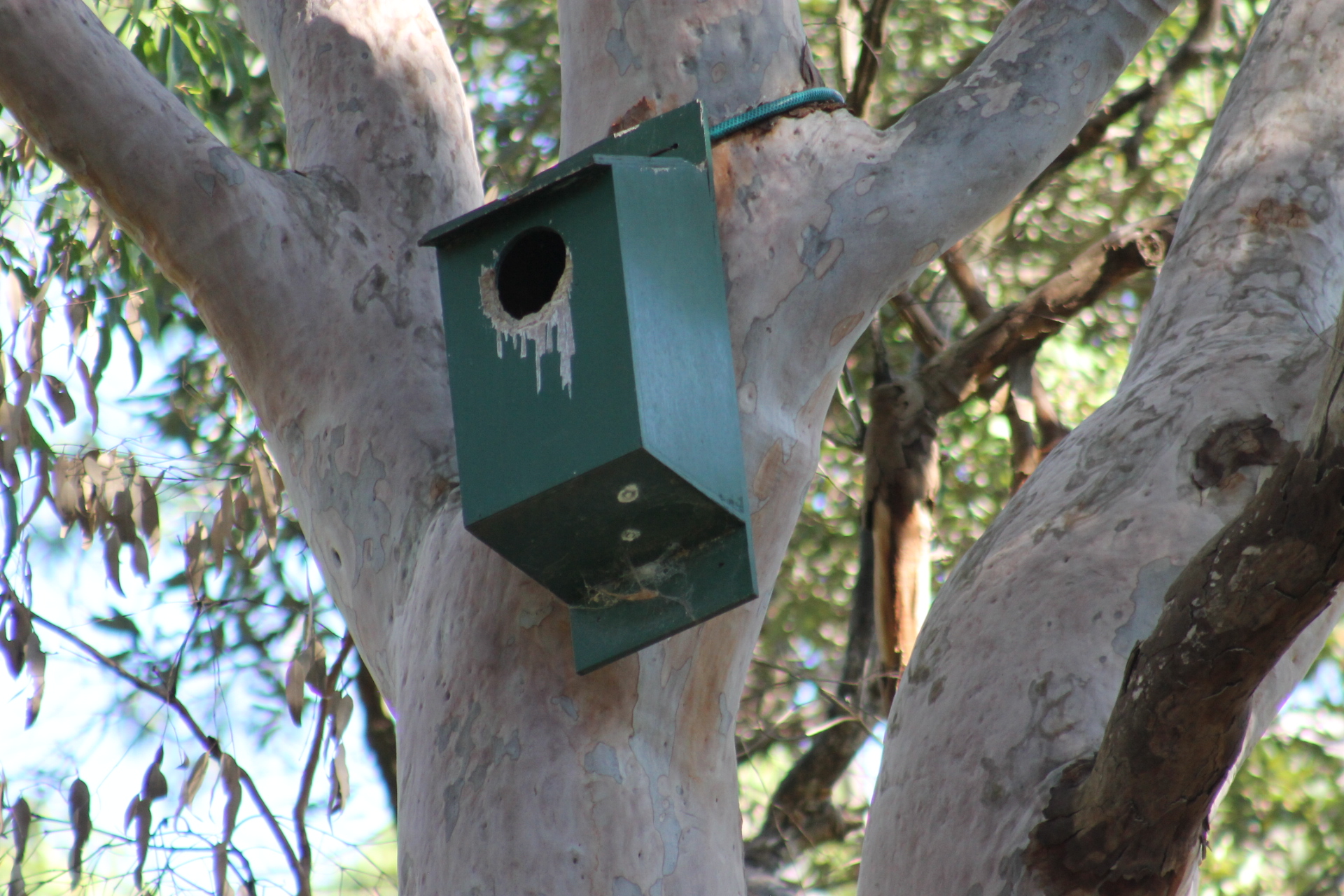
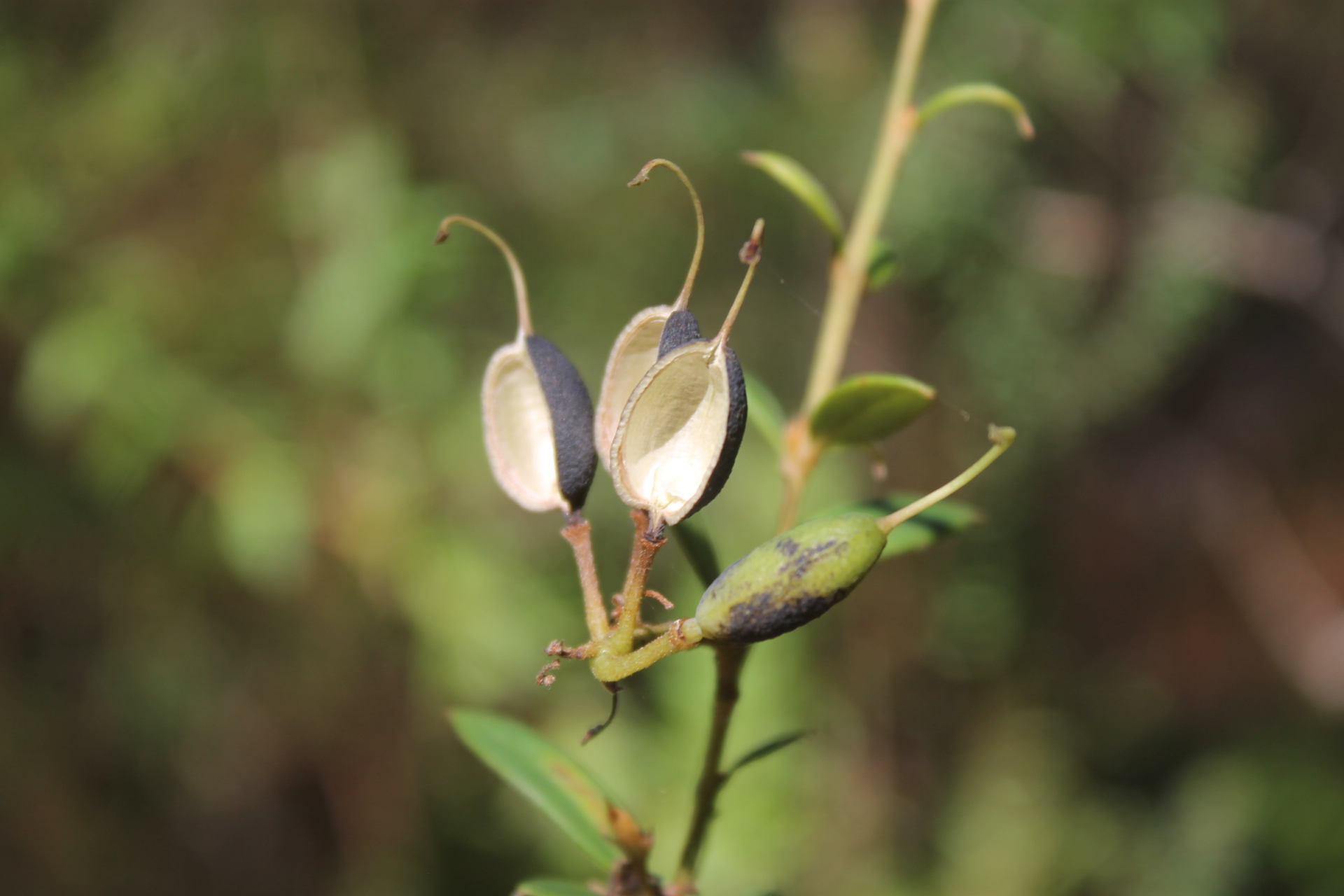
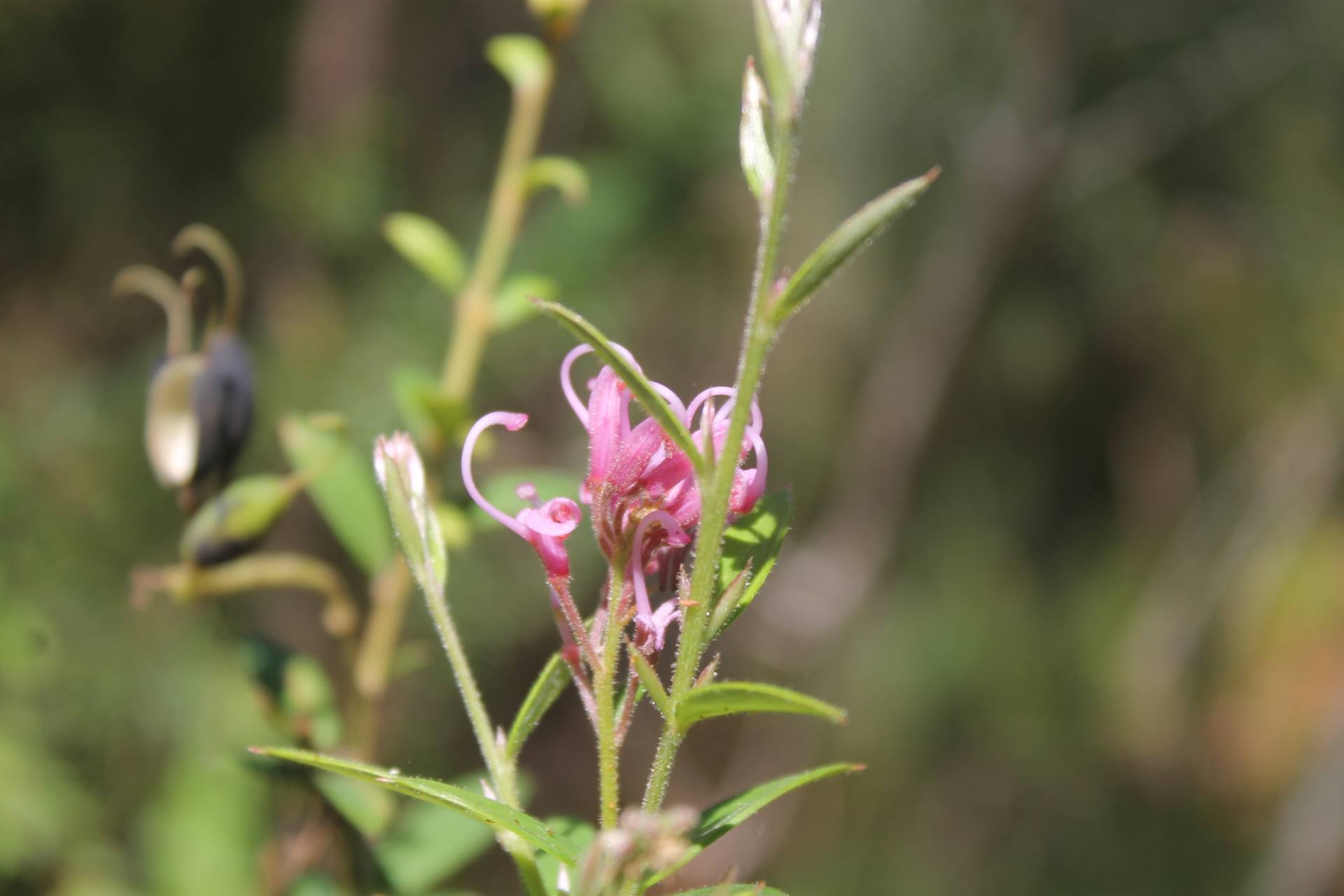
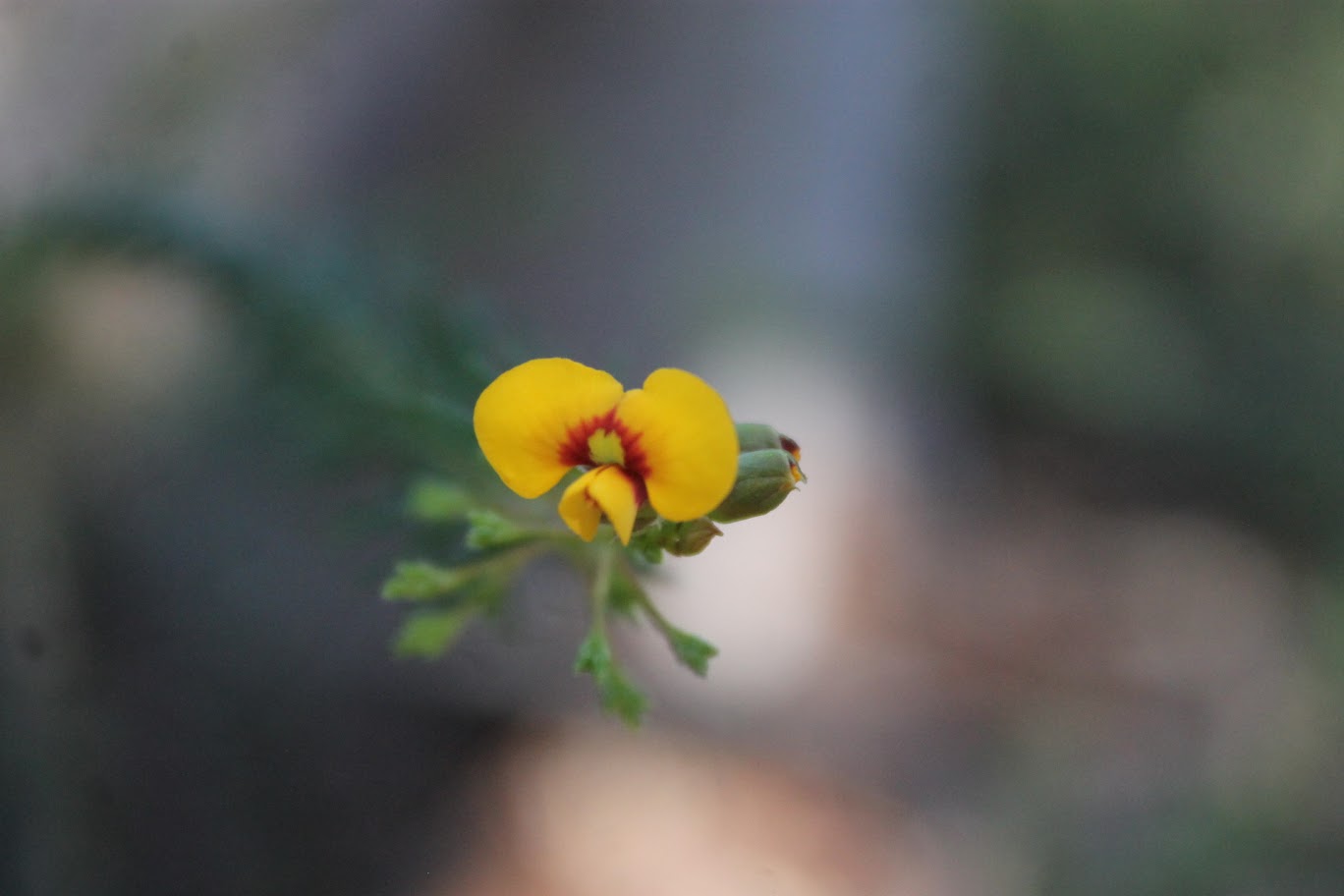
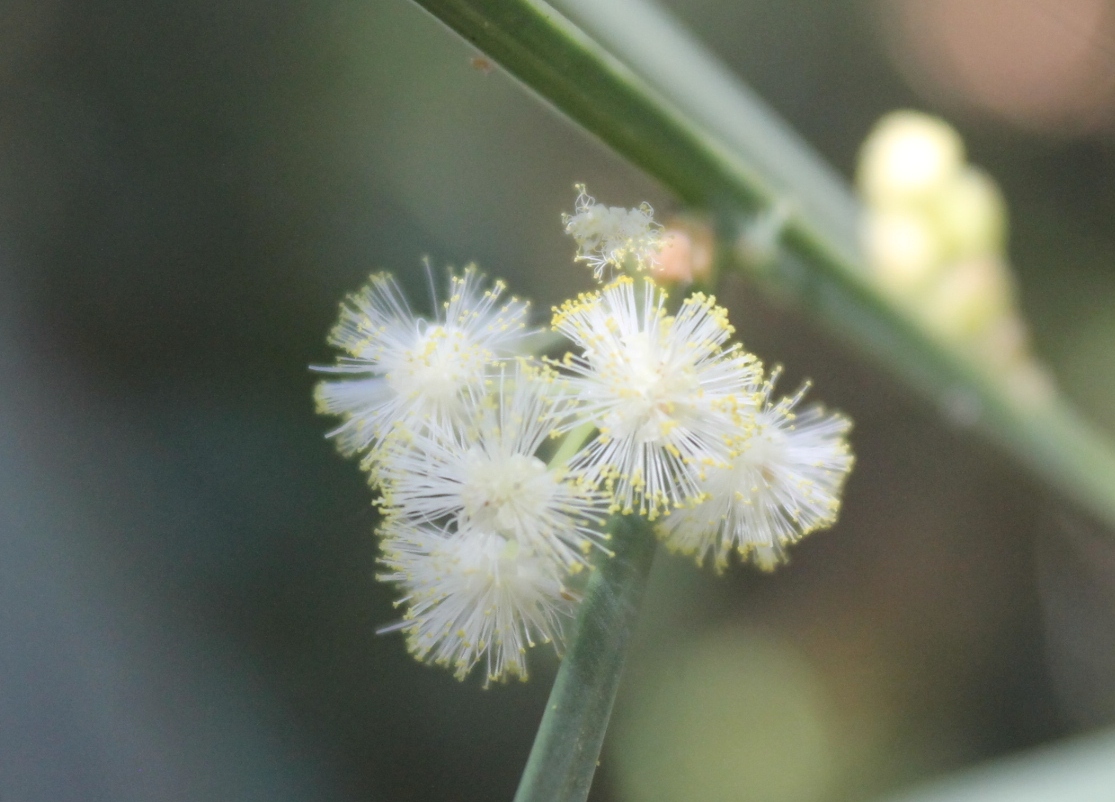
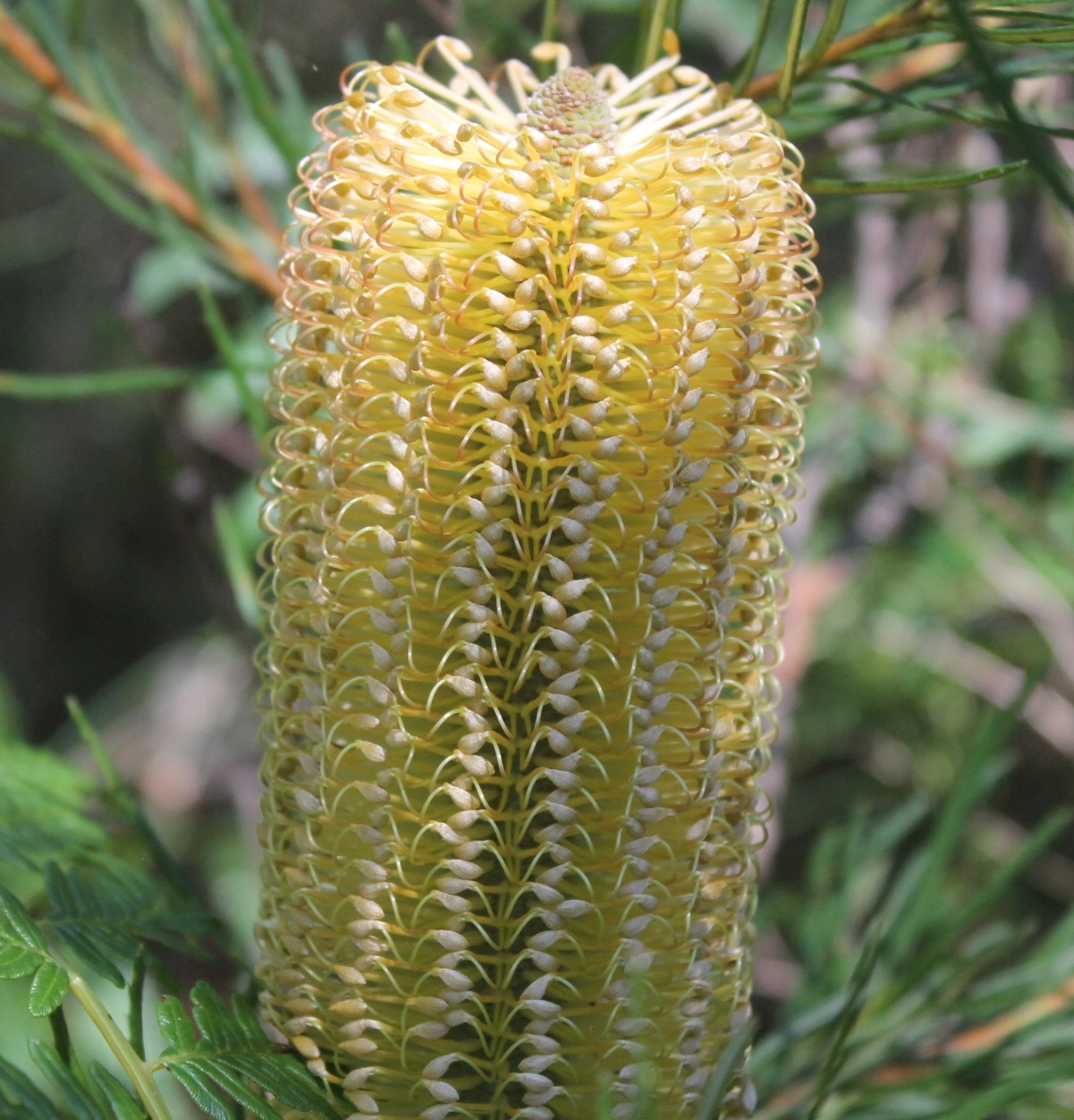
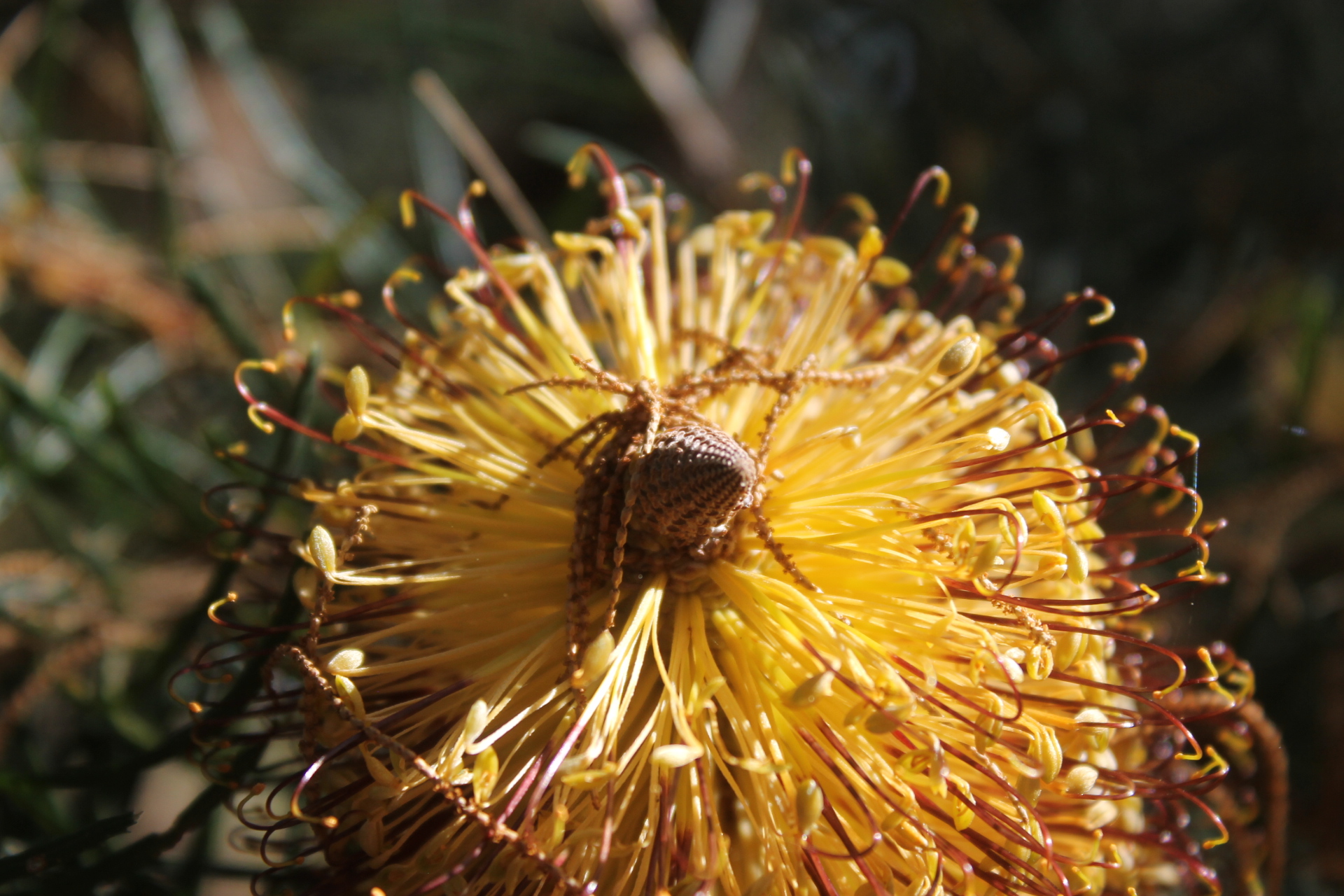
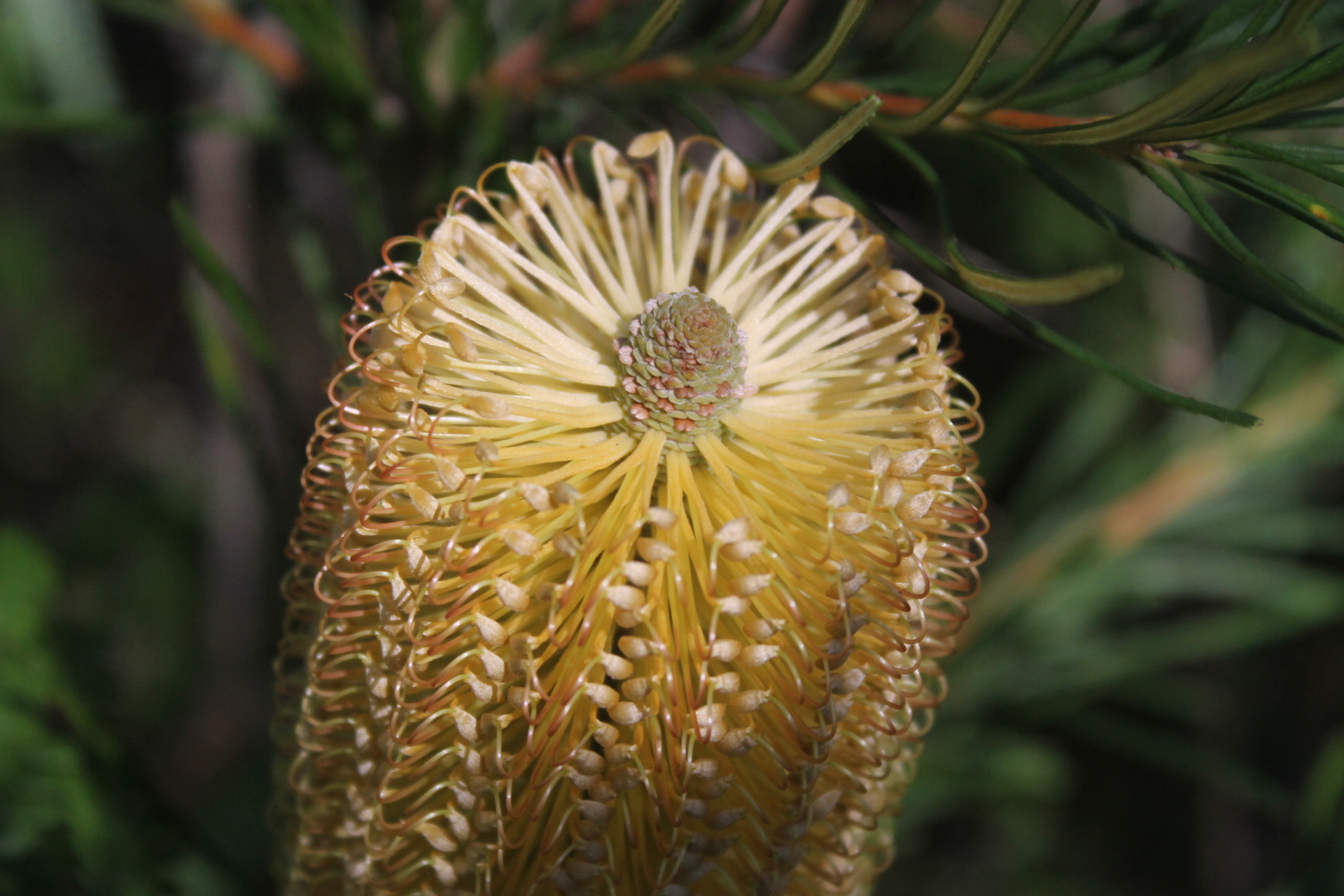
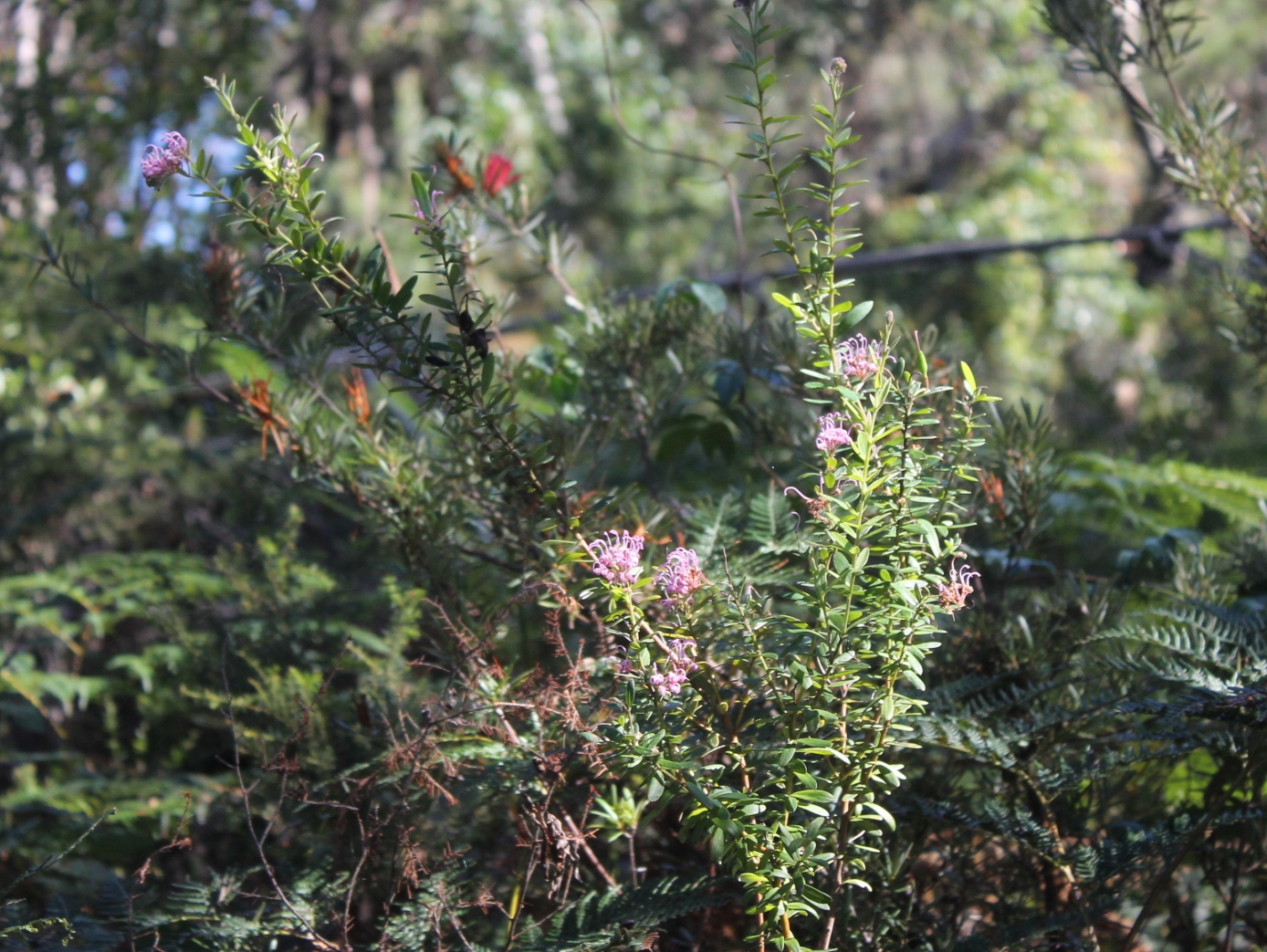
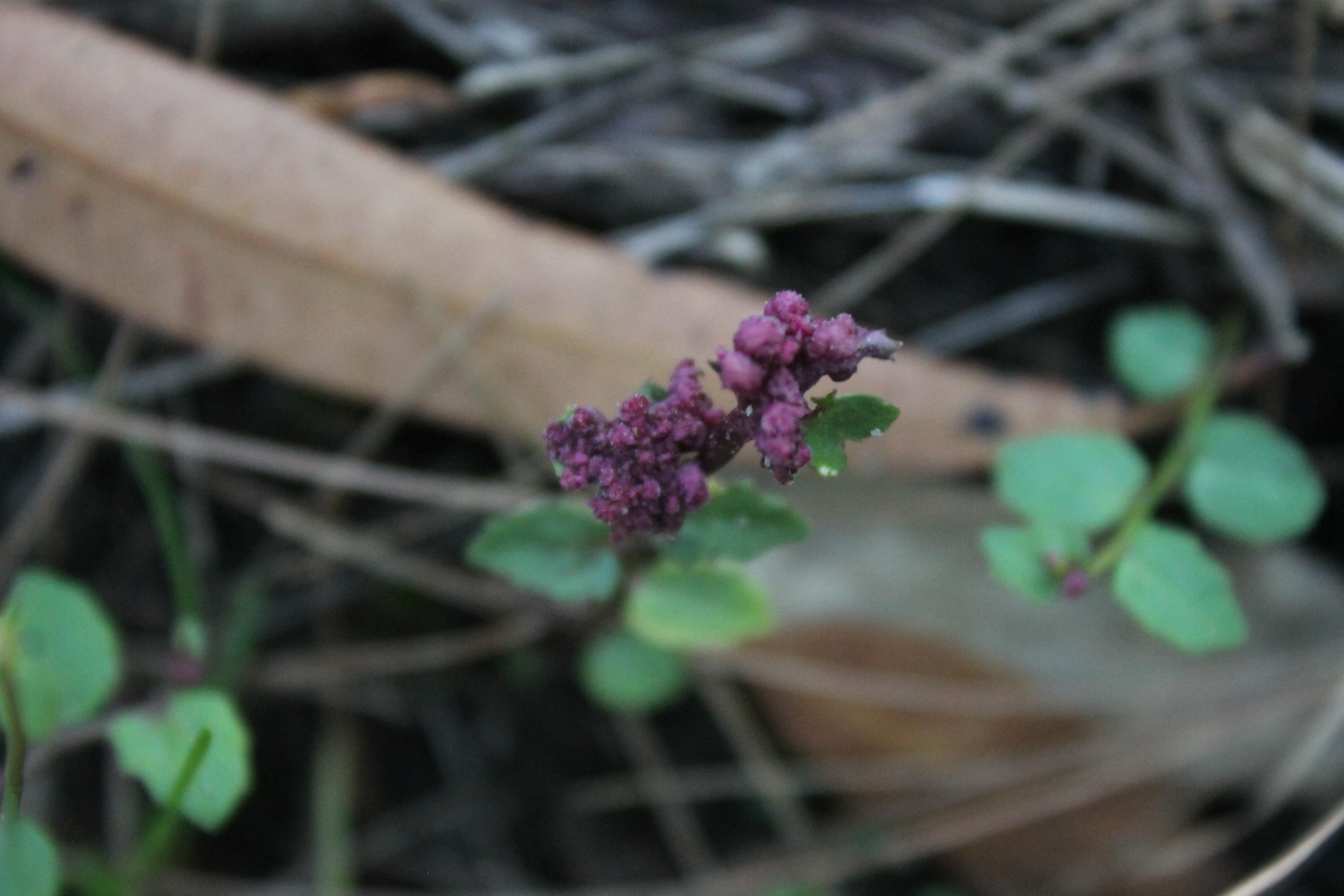
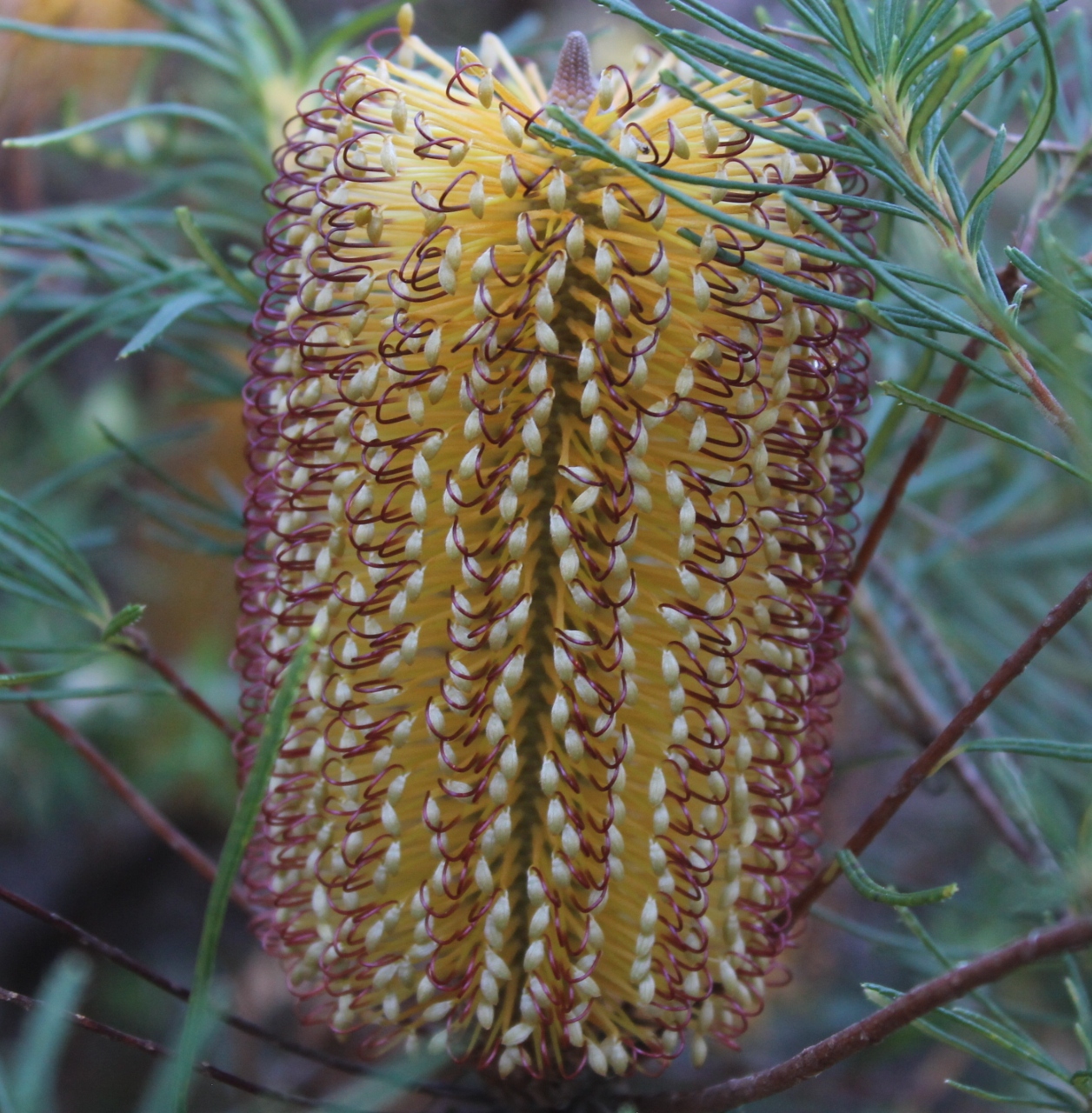
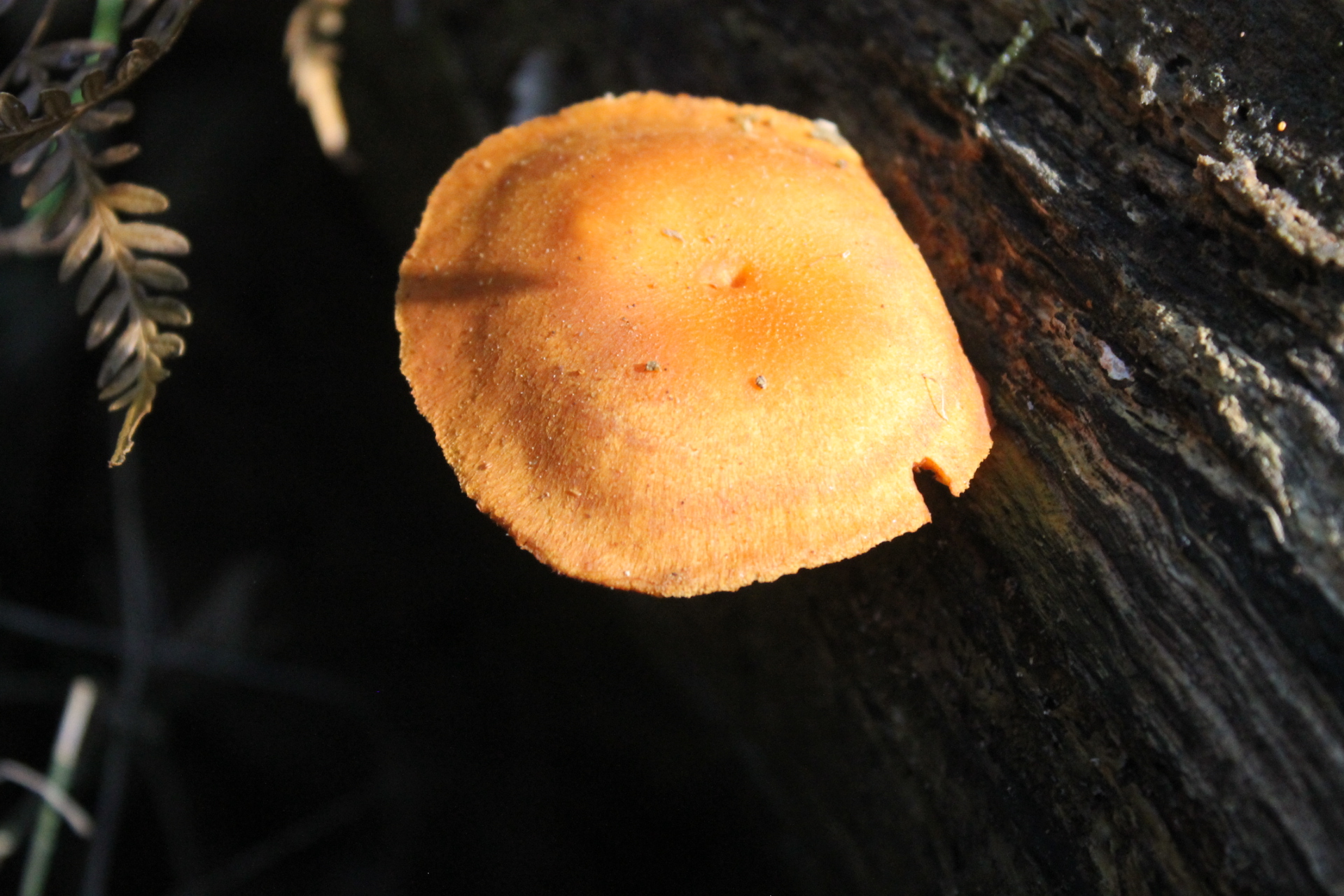
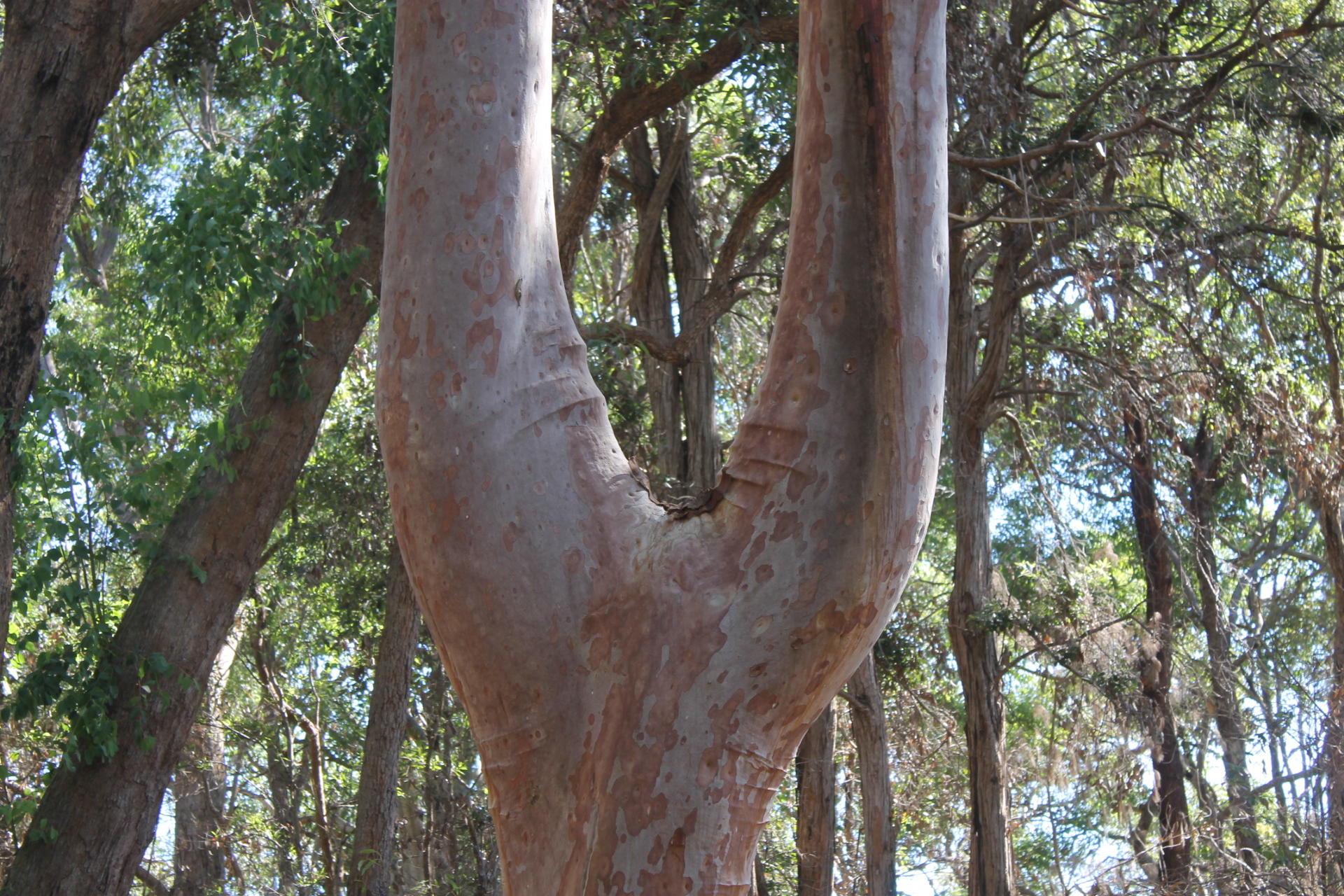
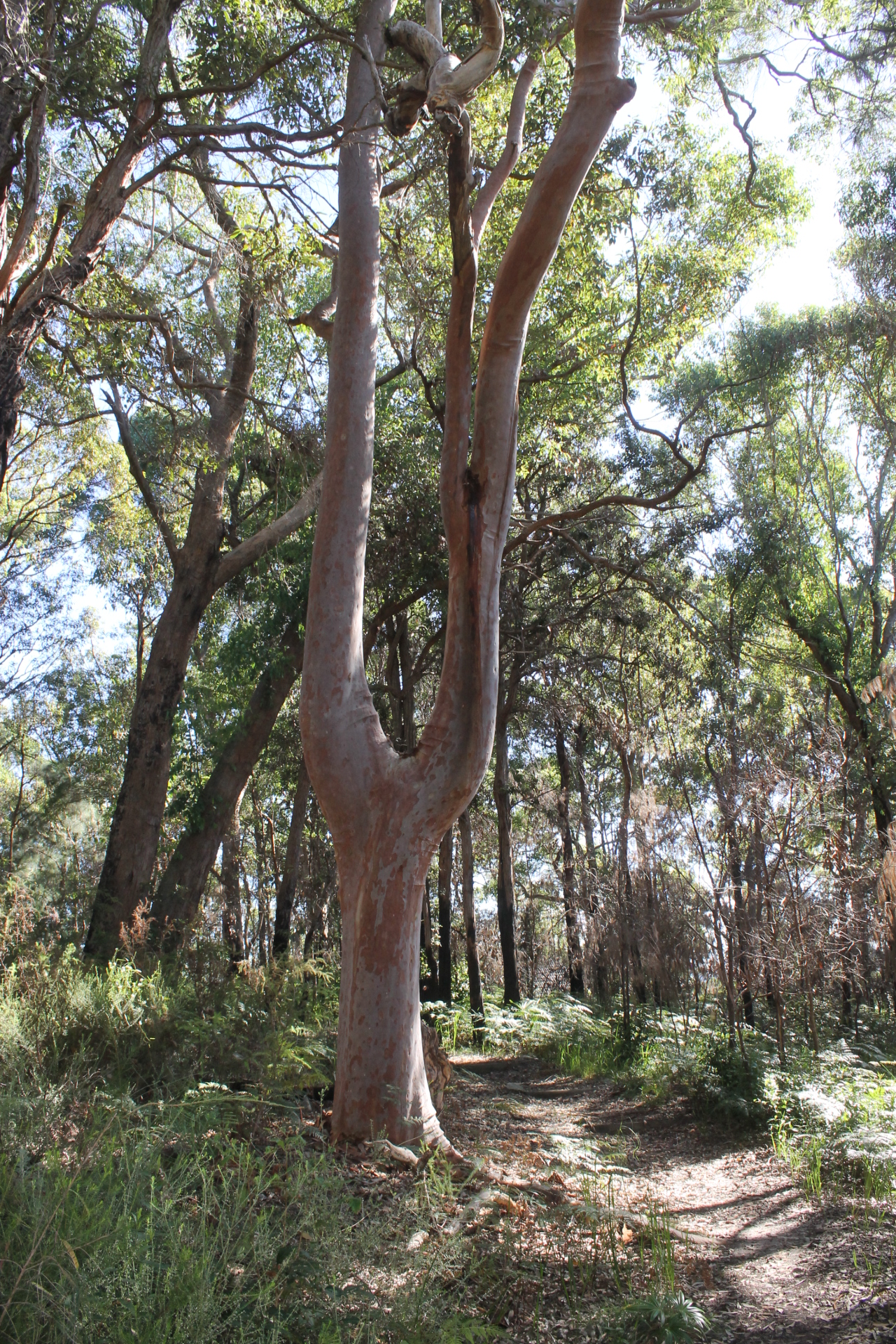
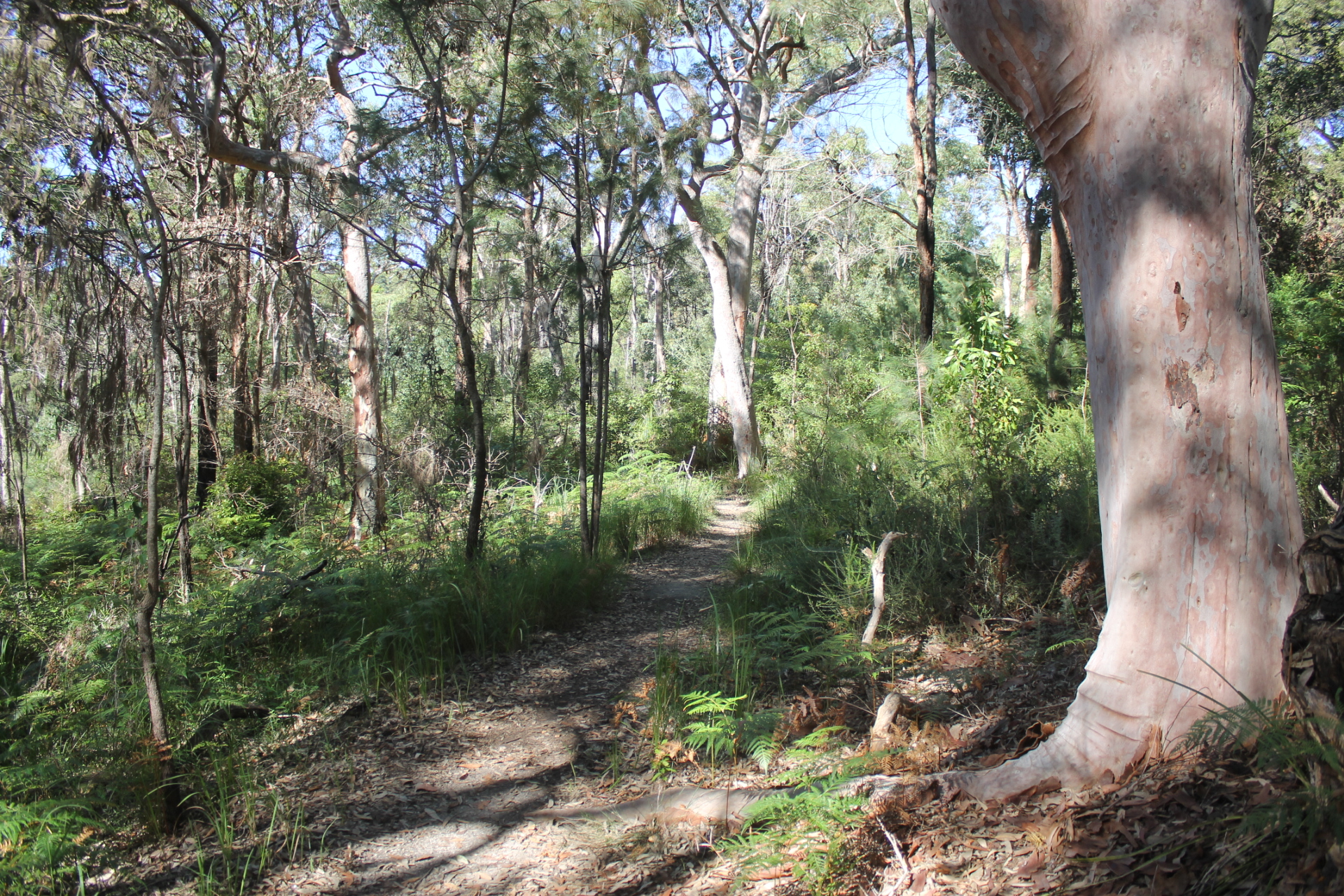
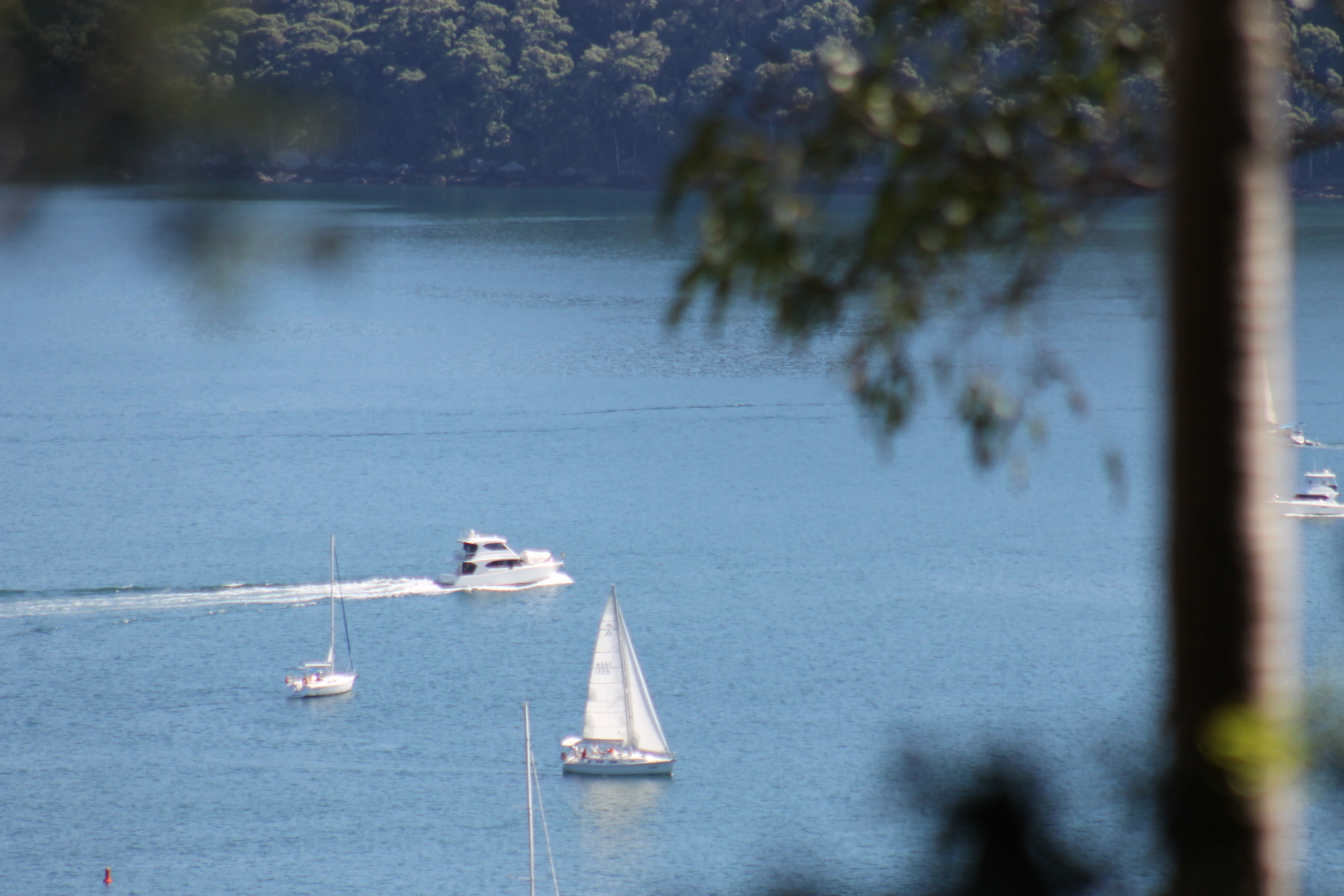
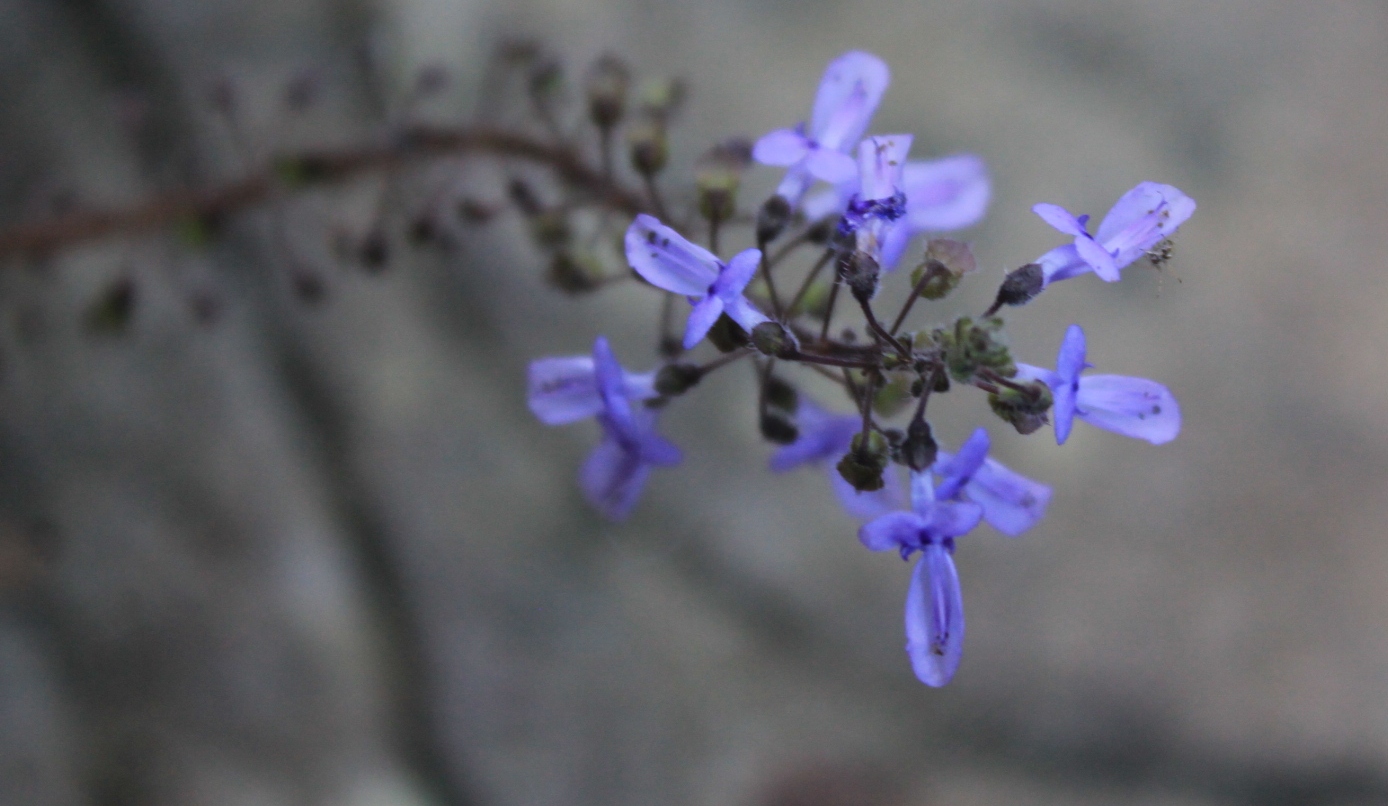
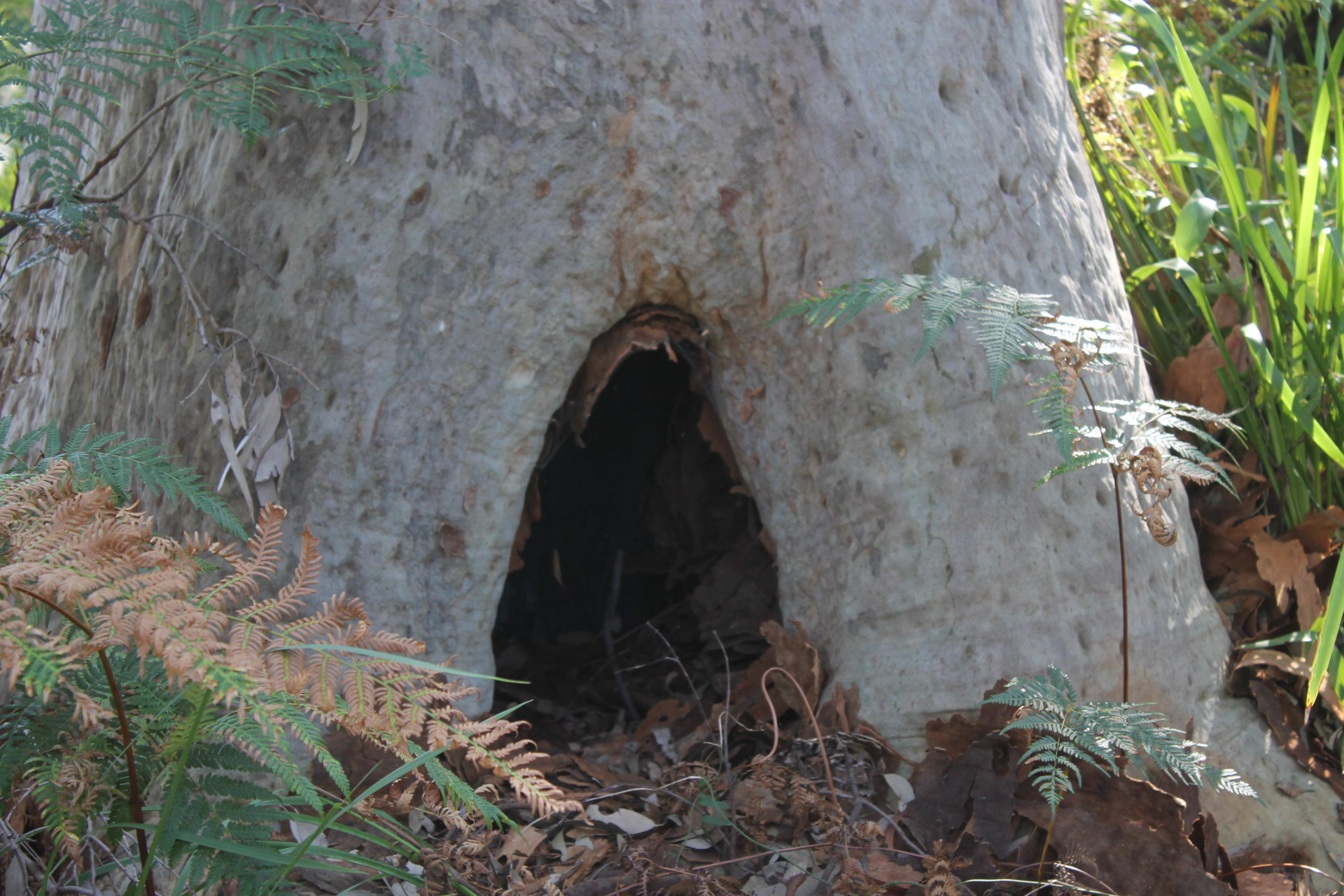
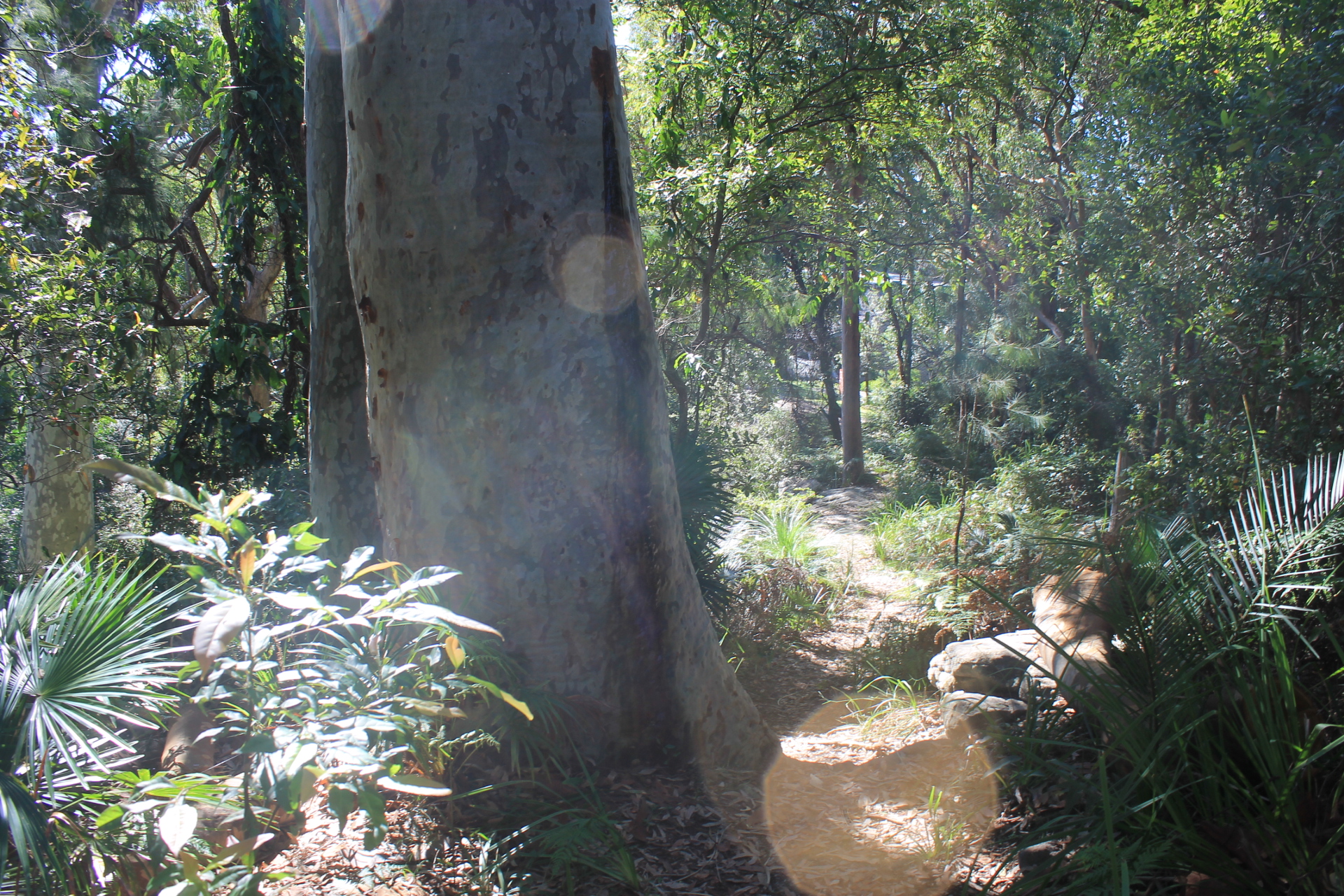
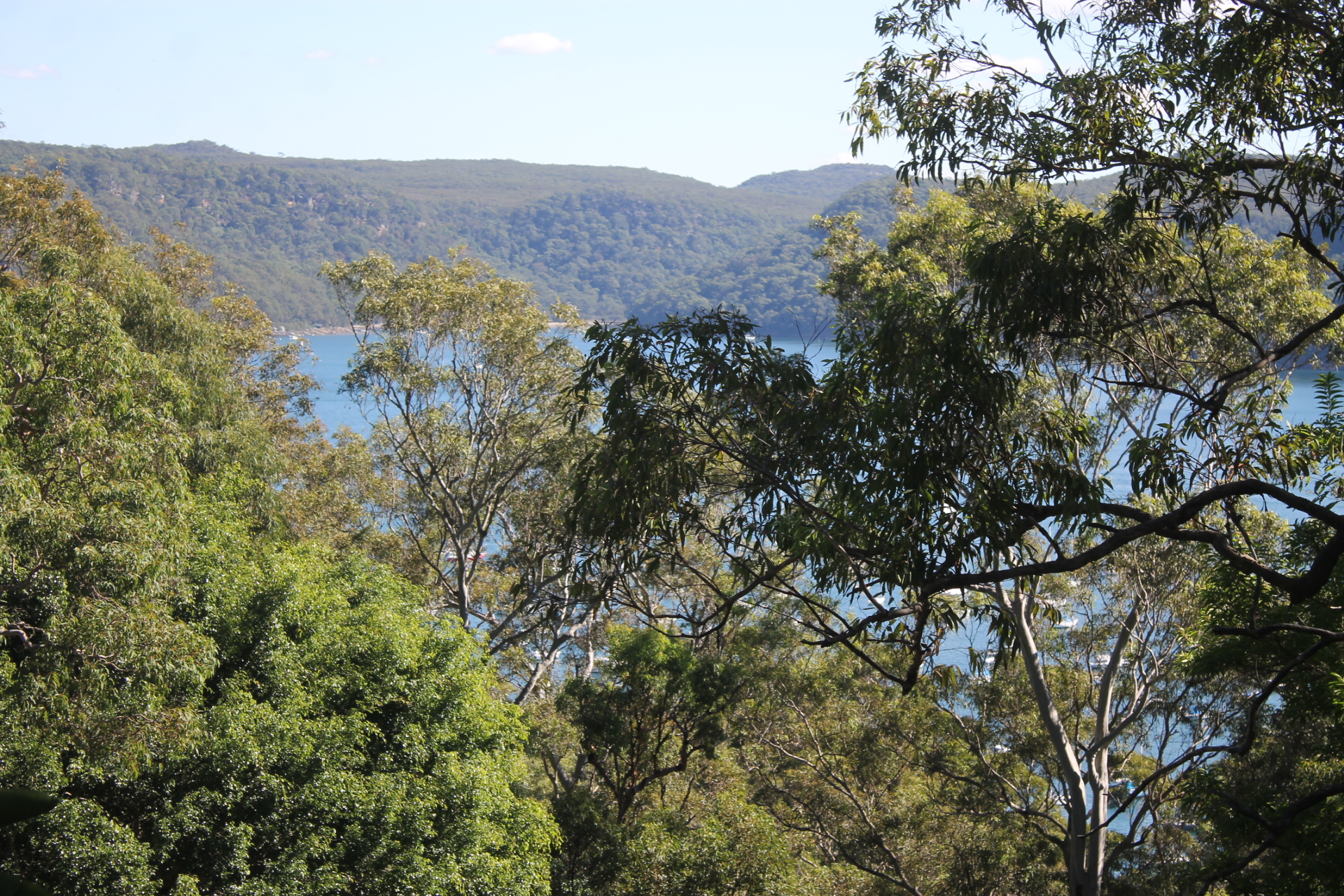
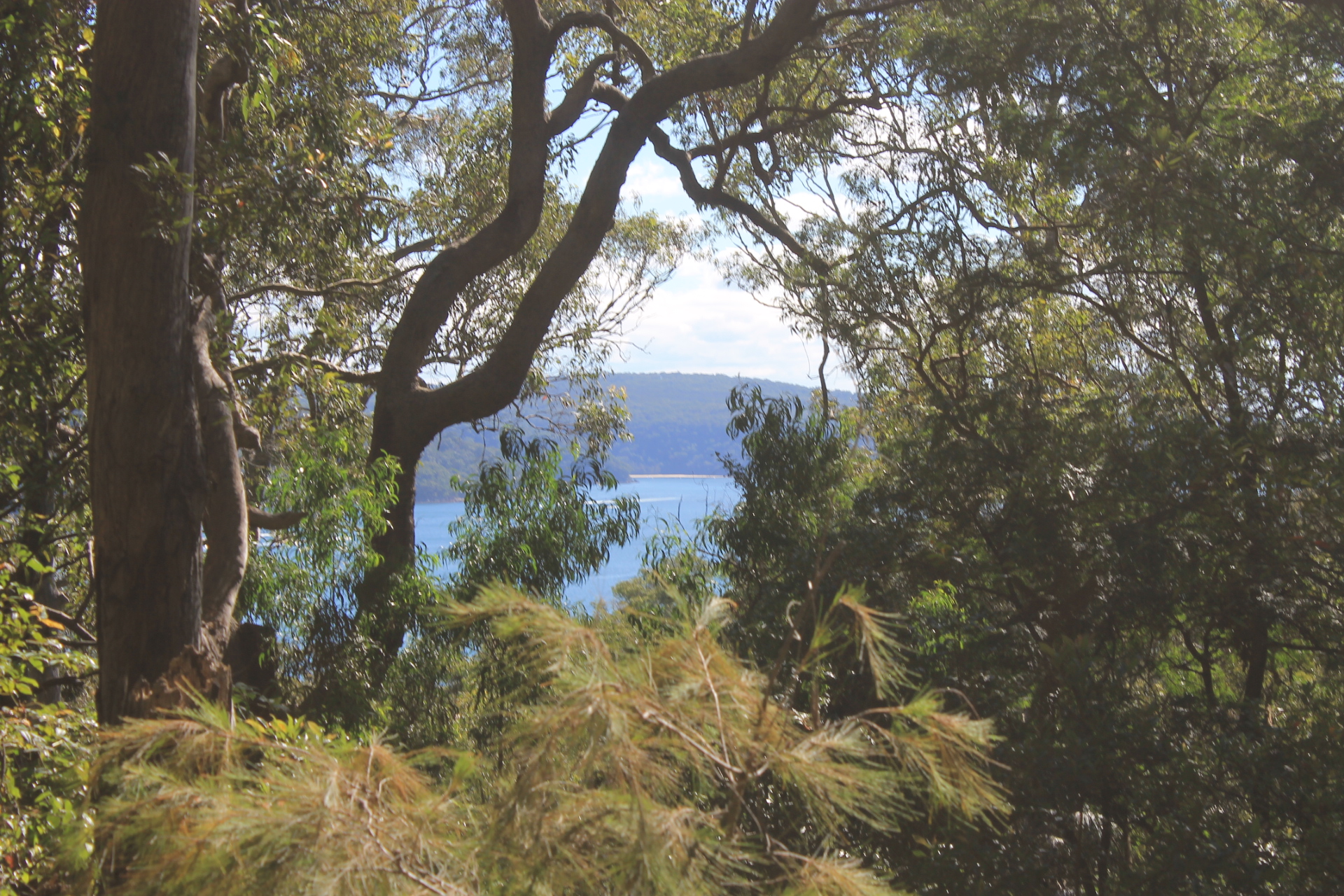

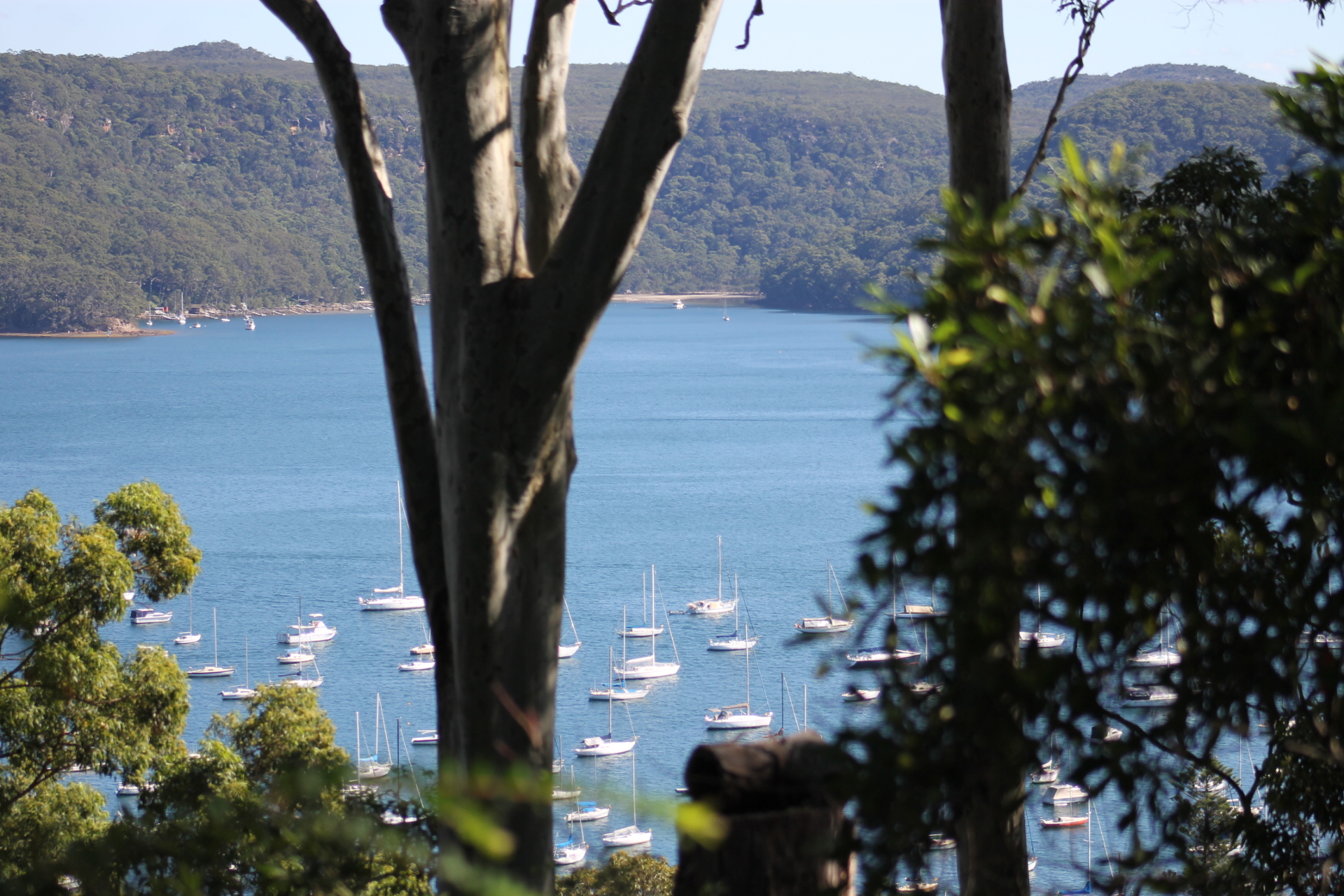
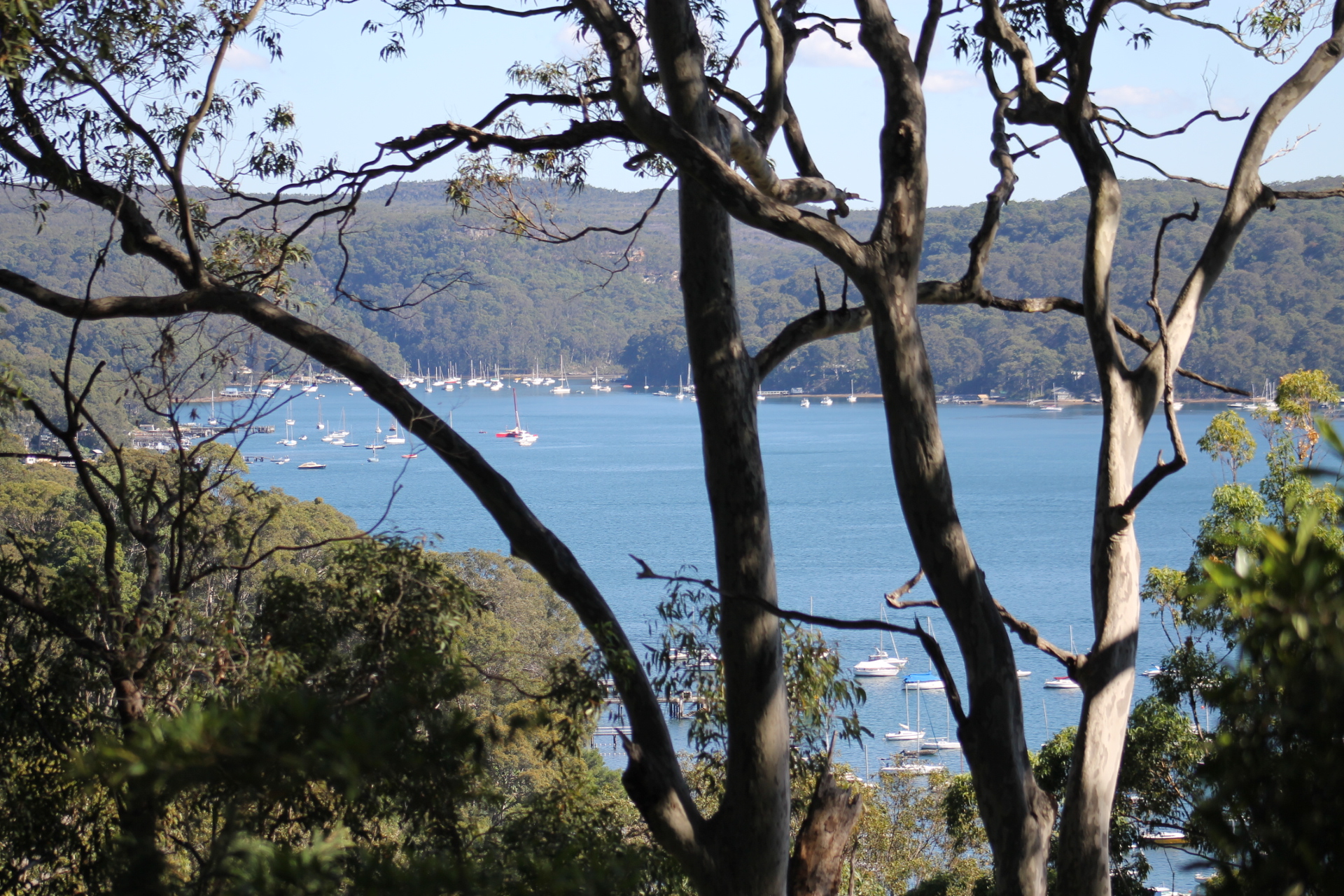
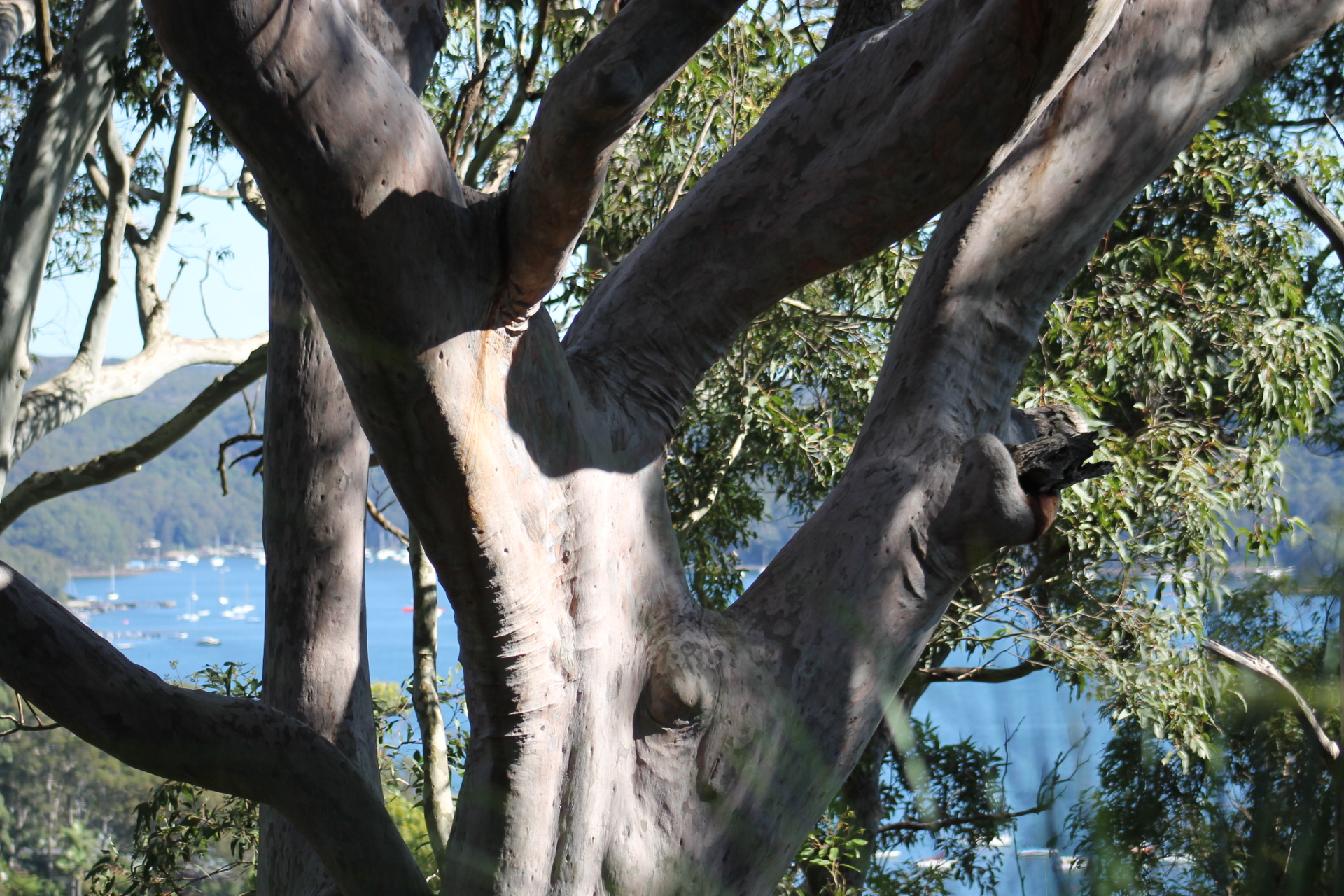
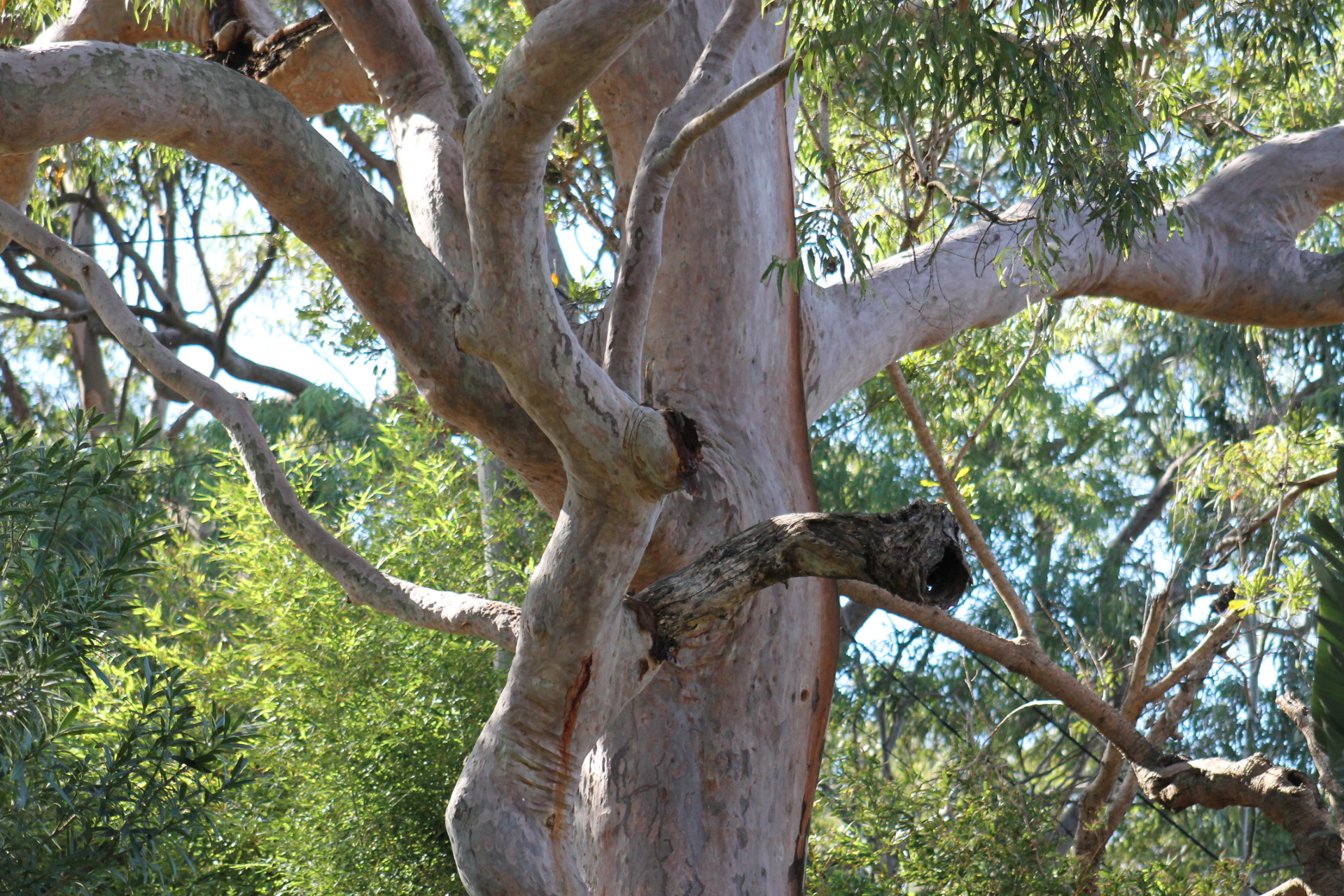

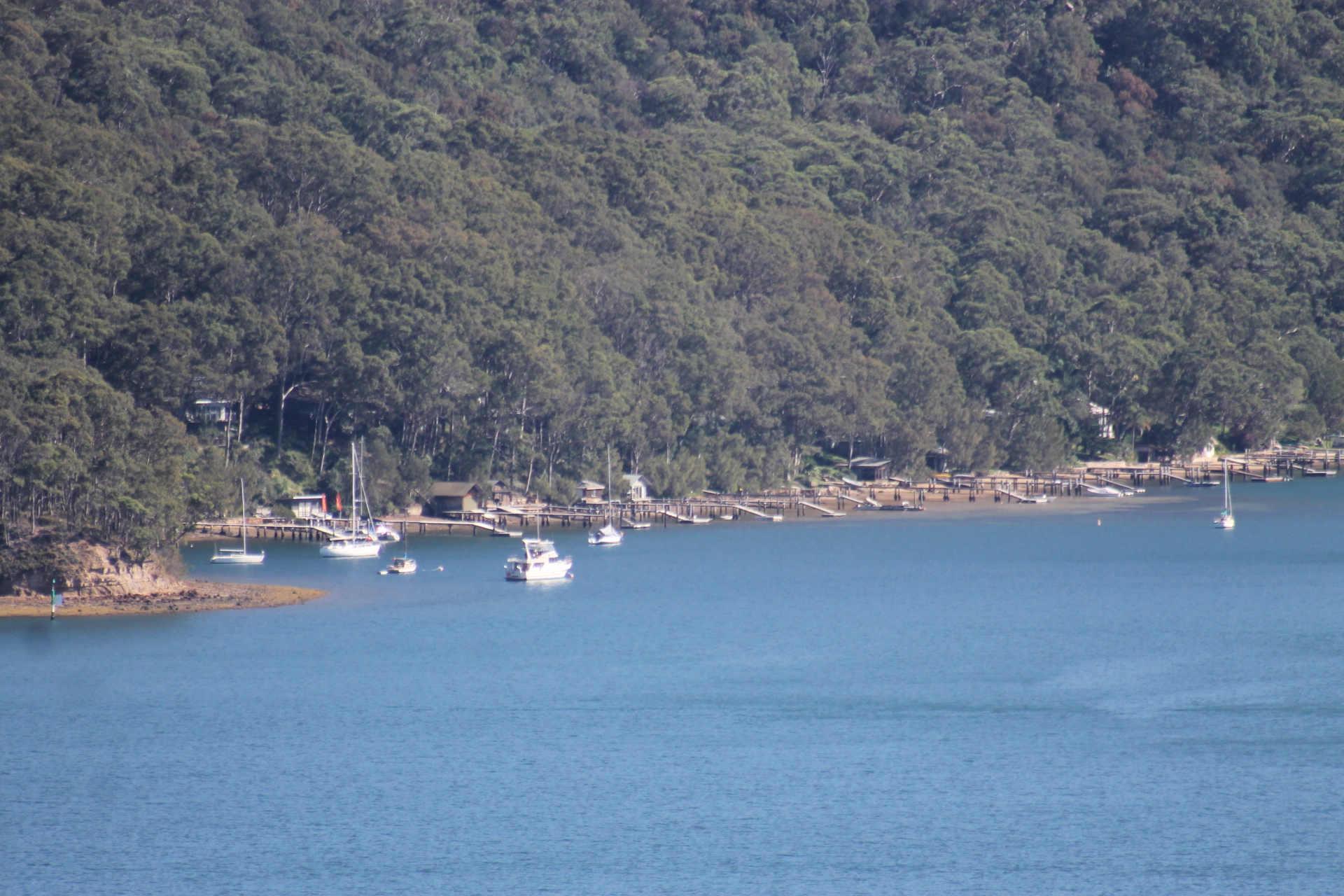
Bushcare In Pittwater
Where we work Which day What time
Avalon
Angophora Reserve 3rd Sunday 8:30 - 11:30am
Avalon Dunes 1st Sunday 8:30 - 11:30am
Avalon Golf Course 2nd Wednesday 3 - 5:30pm
Careel Creek 4th Saturday 8:30 - 11:30am
Toongari Reserve 3rd Saturday 9 - 12noon (8 - 11am in summer)
Bangalley Headland 2nd Sunday 9 to 12noon
Bayview
Winnererremy Bay 4th Sunday 9 to 12noon
Bilgola
North Bilgola Beach 3rd Monday 9 - 12noon
Algona Reserve 1st Saturday 9 - 12noon
Plateau Park 1st Friday 8:30 - 11:30am
Church Point
Browns Bay Reserve 1st Tuesday 9 - 12noon
McCarrs Creek Reserve Contact Bushcare Officer To be confirmed
Clareville
Old Wharf Reserve 3rd Saturday 8 - 11am
Elanora
Kundibah Reserve 4th Sunday 8:30 - 11:30am
Mona Vale
Mona Vale Beach Basin 1st Saturday 8 - 11am
Mona Vale Dunes 2nd Saturday +3rd Thursday 8:30 - 11:30am
Newport
Bungan Beach 4th Sunday 9 - 12noon
Crescent Reserve 3rd Sunday 9 - 12noon
North Newport Beach 4th Saturday 8:30 - 11:30am
Porter Reserve 2nd Saturday 8 - 11am
North Narrabeen
Irrawong Reserve 2nd Saturday 2 - 5pm
Palm Beach
North Palm Beach Dunes 3rd Saturday 9 - 12noon
Scotland Island
Catherine Park 2nd Sunday 10 - 12:30pm
Elizabeth Park 1st Saturday 9 - 12noon
Pathilda Reserve 3rd Saturday 9 - 12noon
Warriewood
Warriewood Wetlands 1st Sunday 8:30 - 11:30am
Whale Beach
Norma Park 1st Friday 9 - 12noon
Western Foreshores
Coopers Point, Elvina Bay 2nd Sunday 10 - 1pm
Rocky Point, Elvina Bay 1st Monday 9 - 12noon